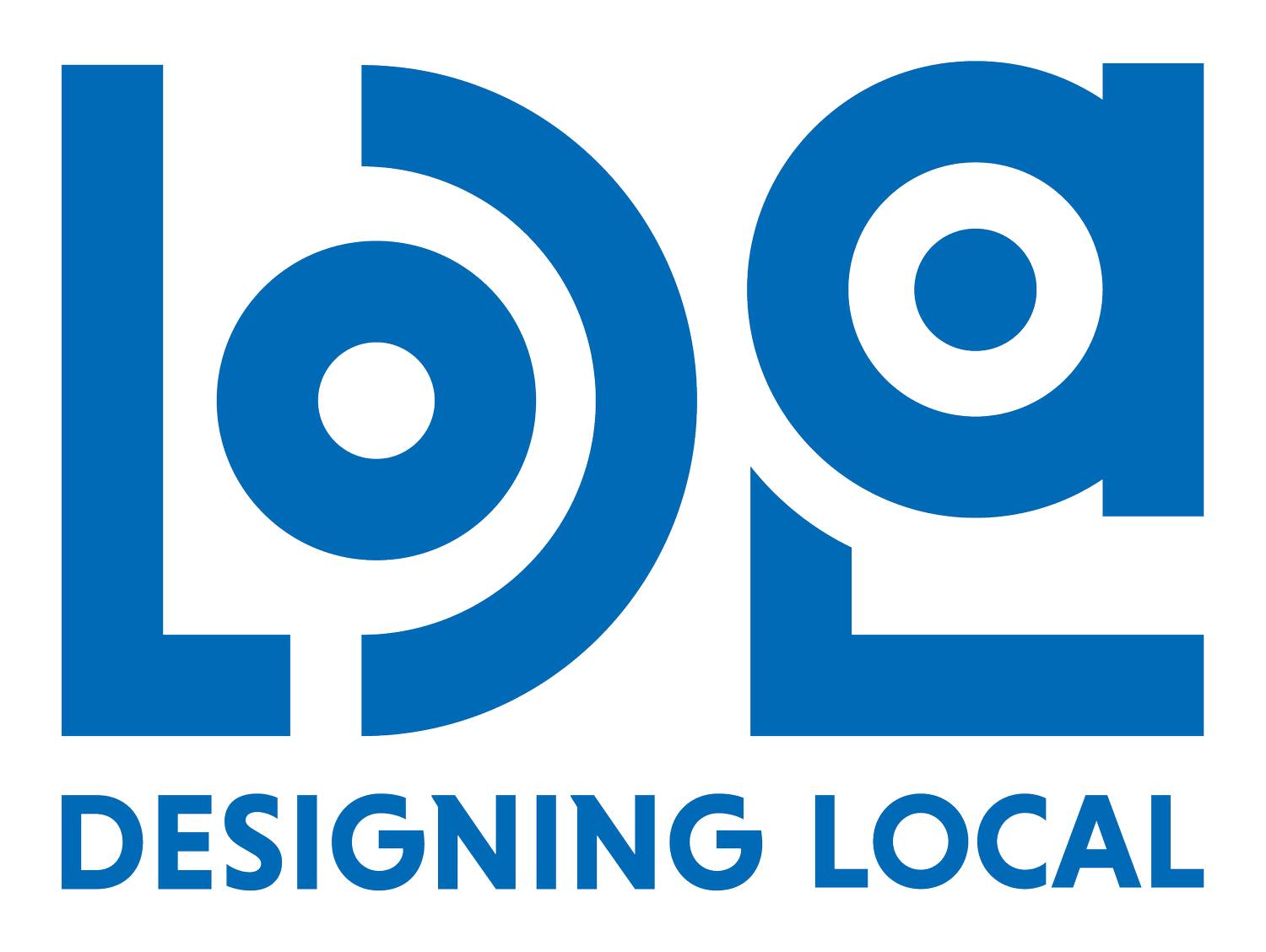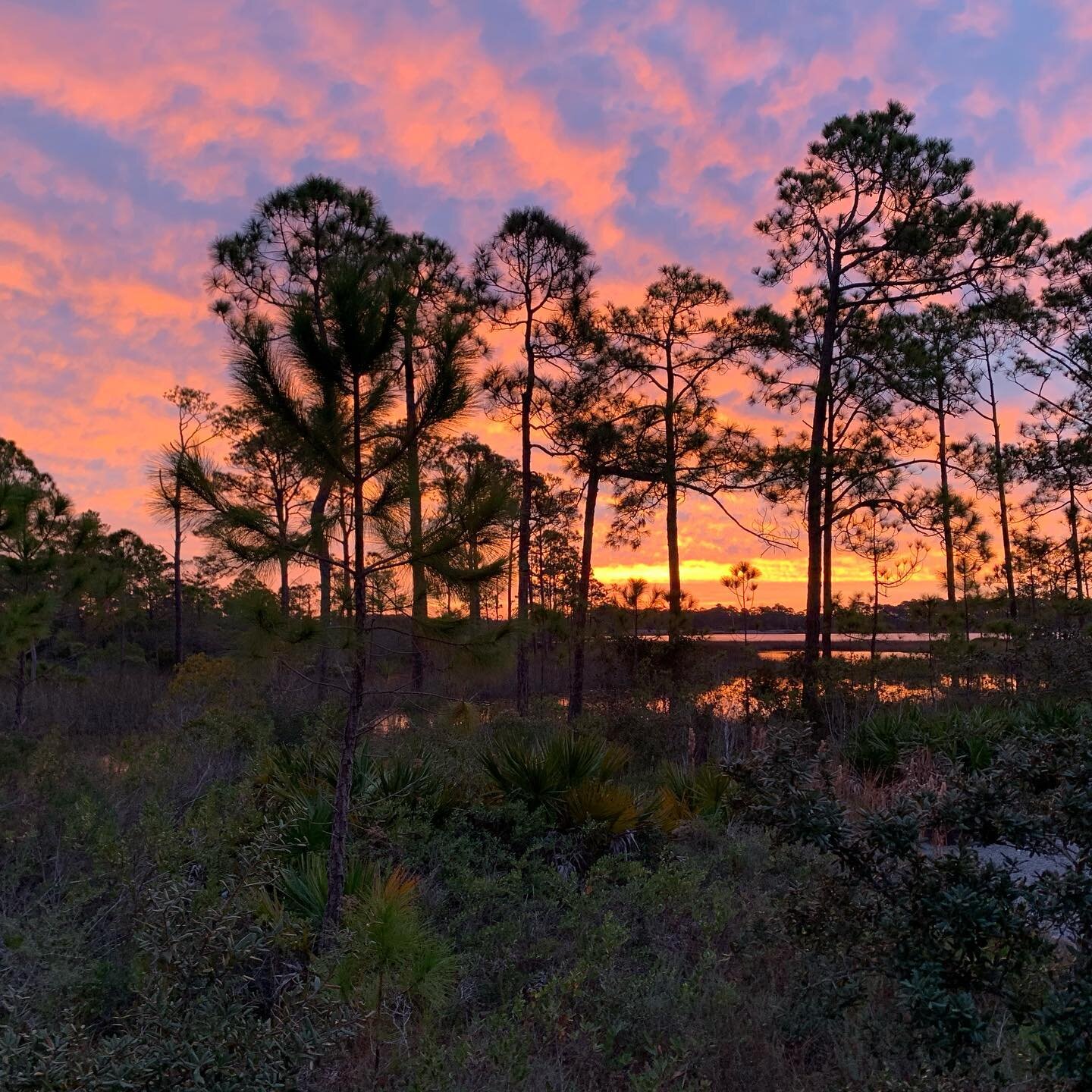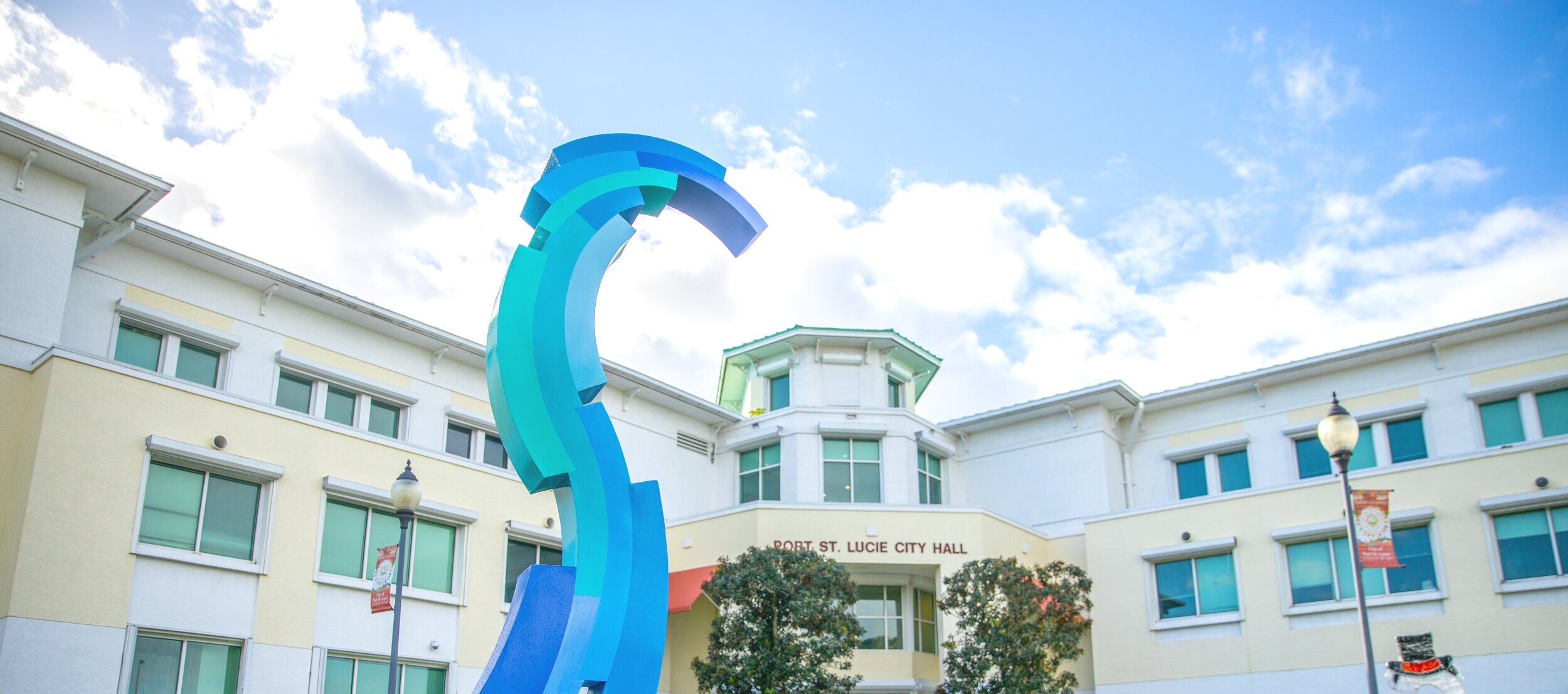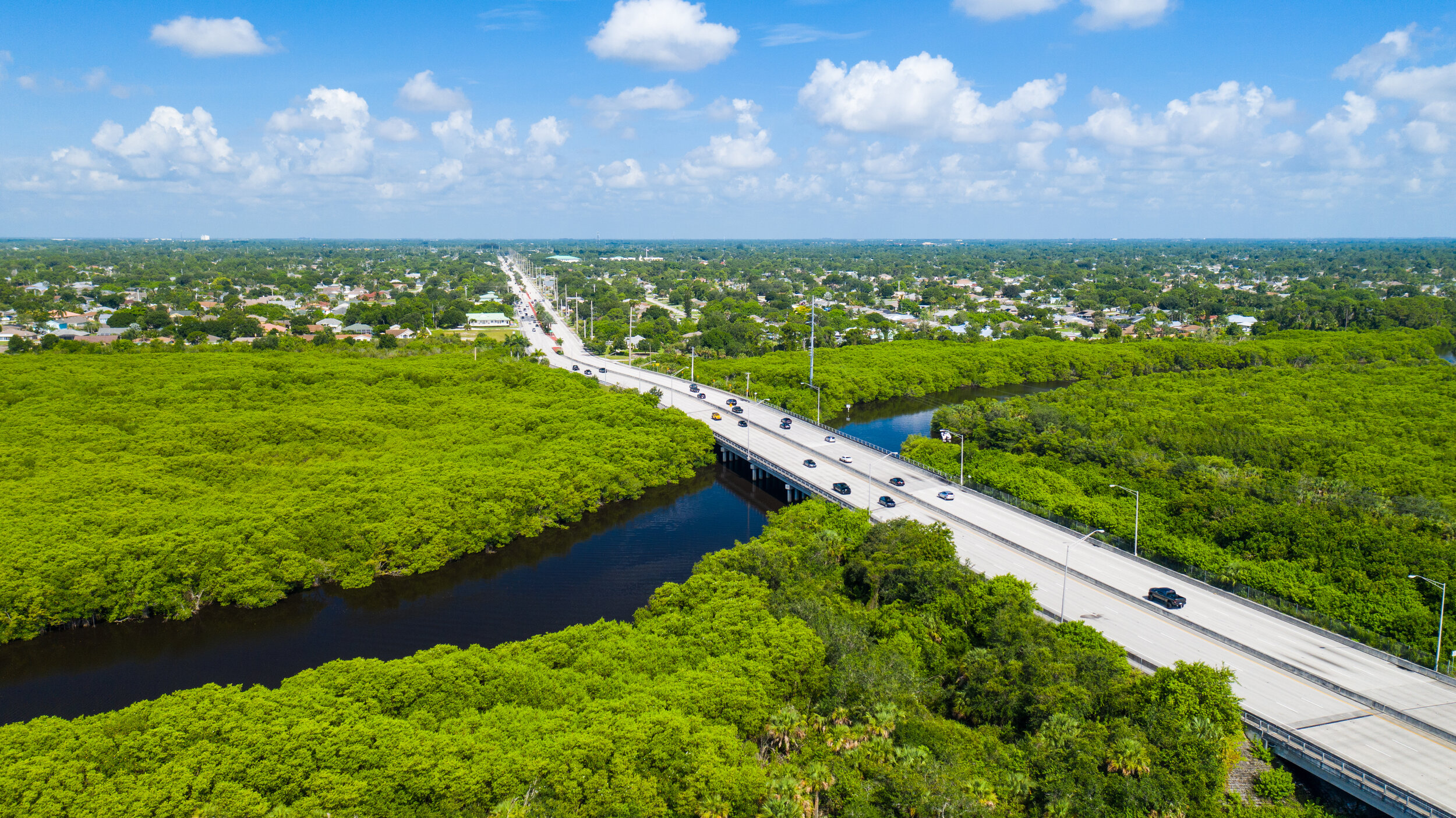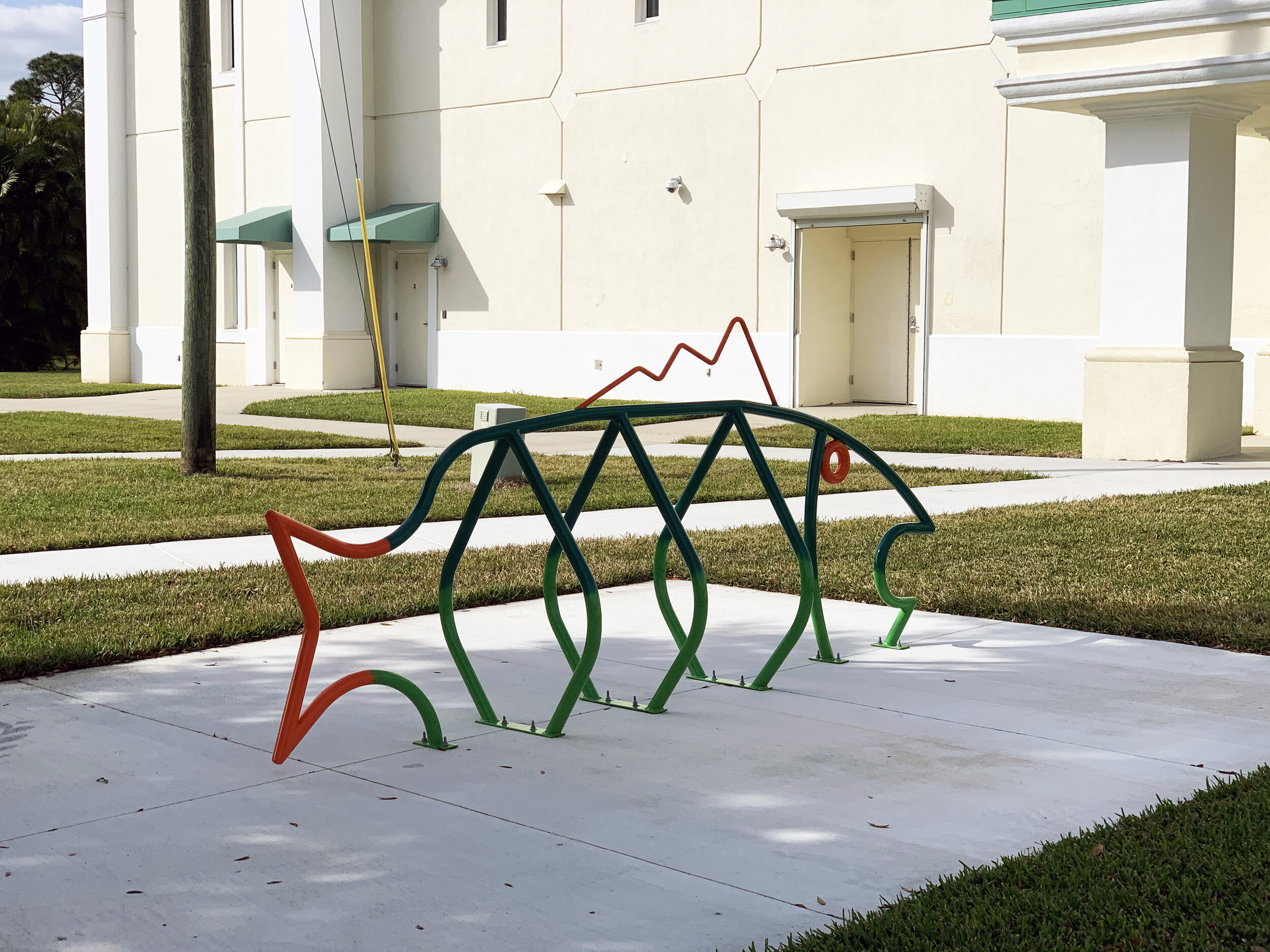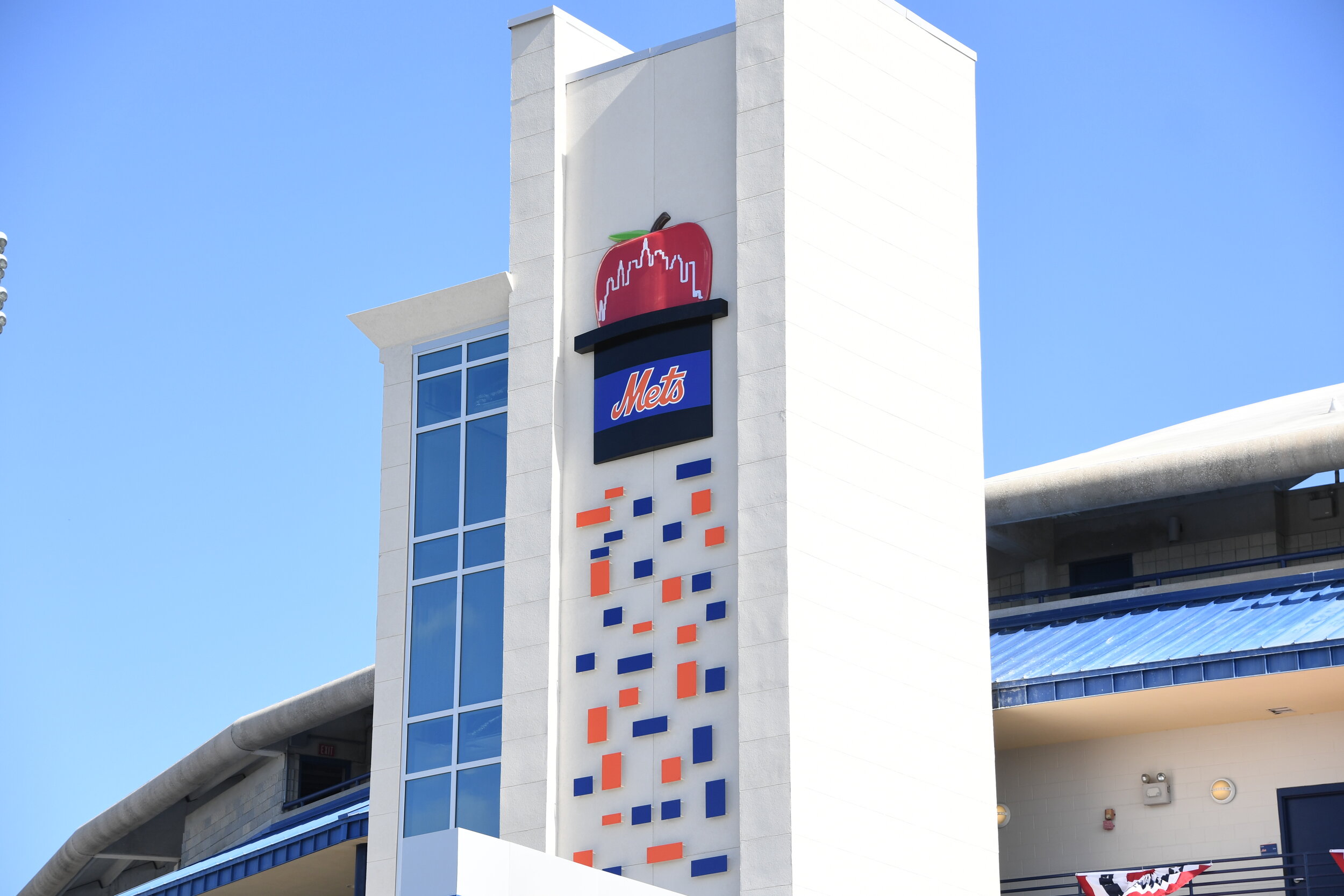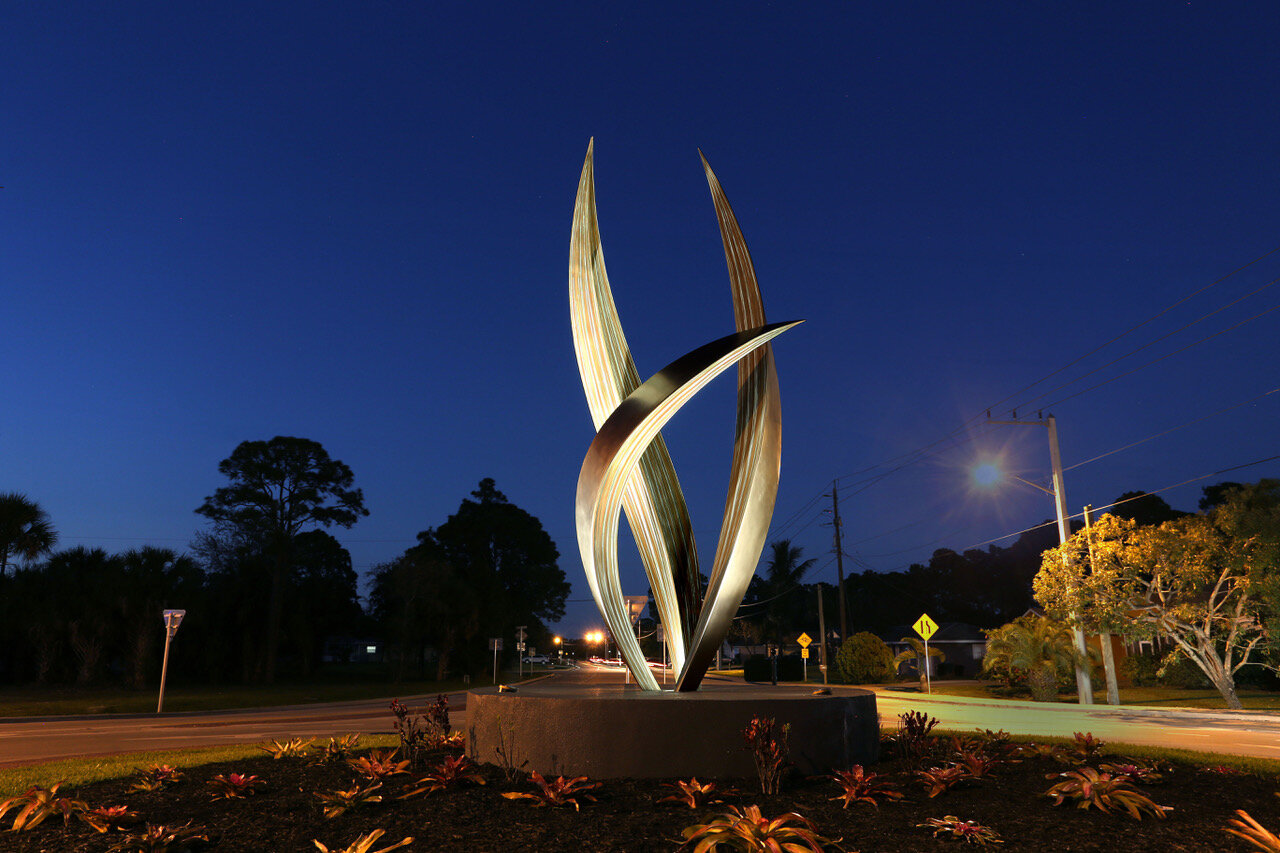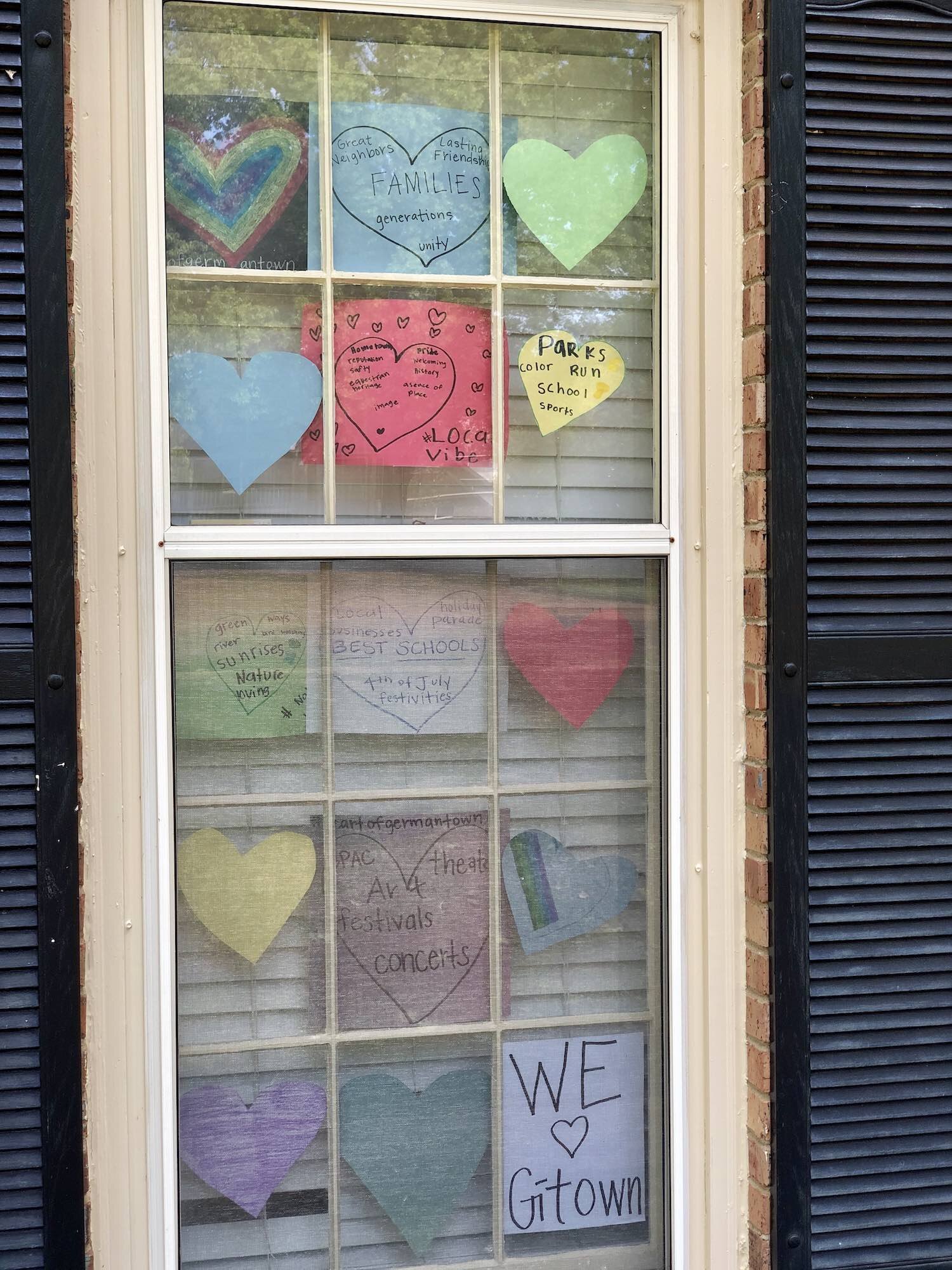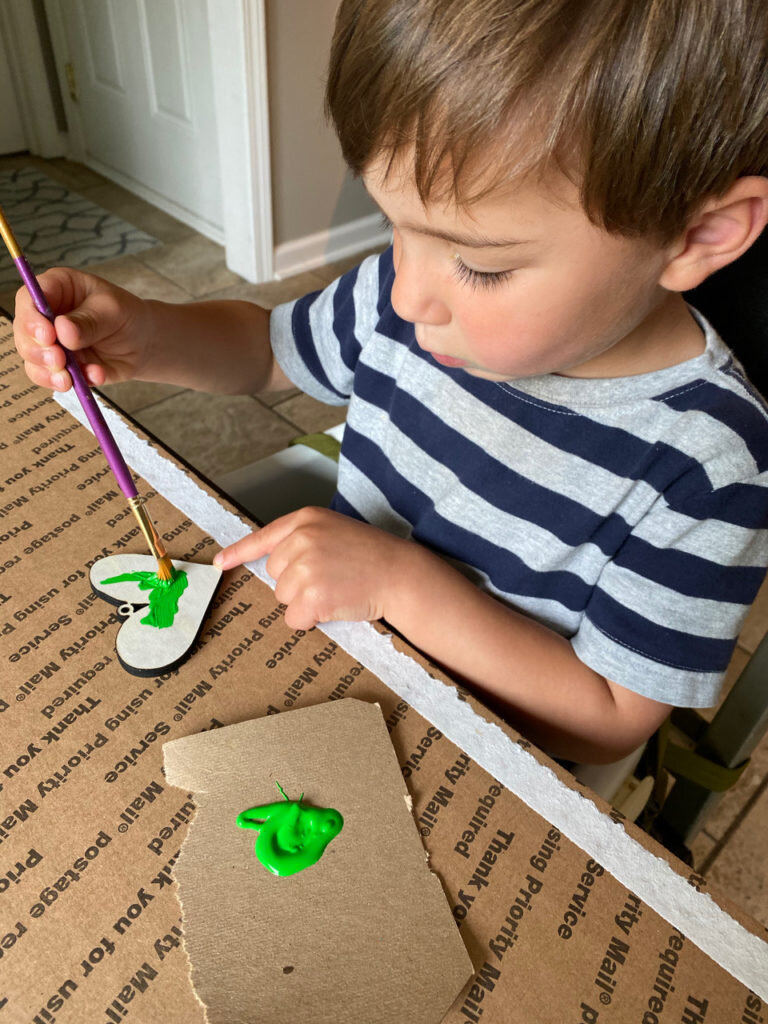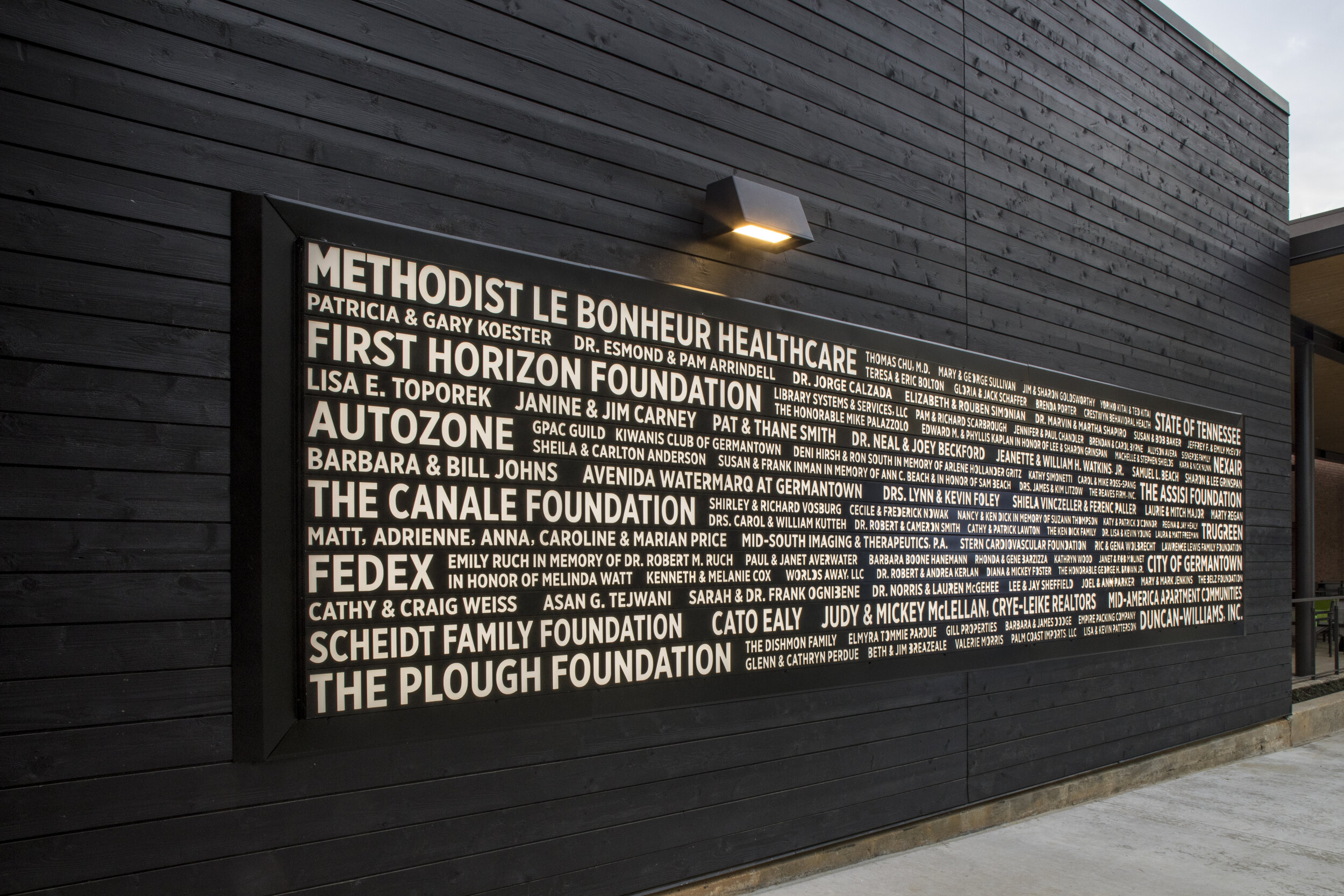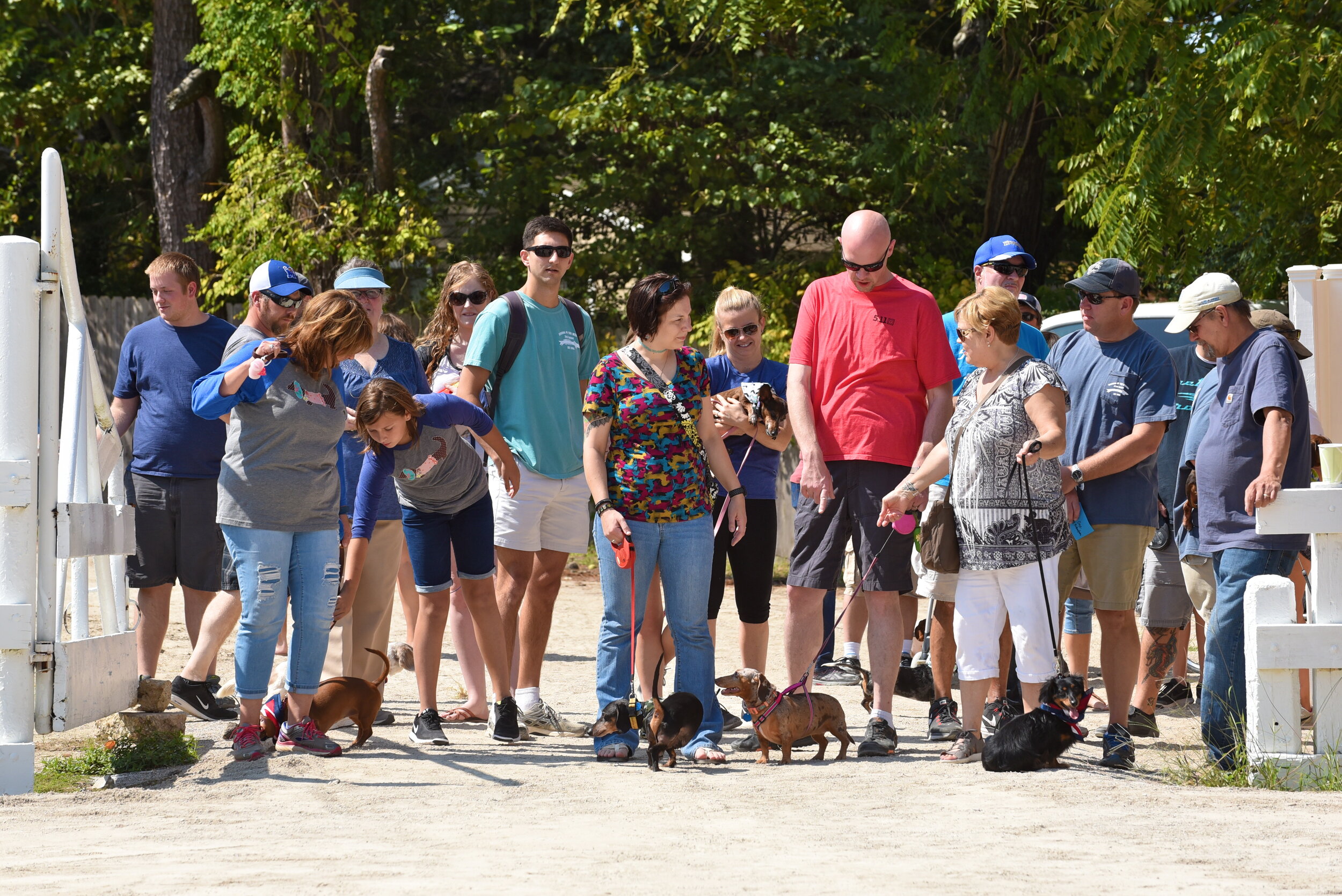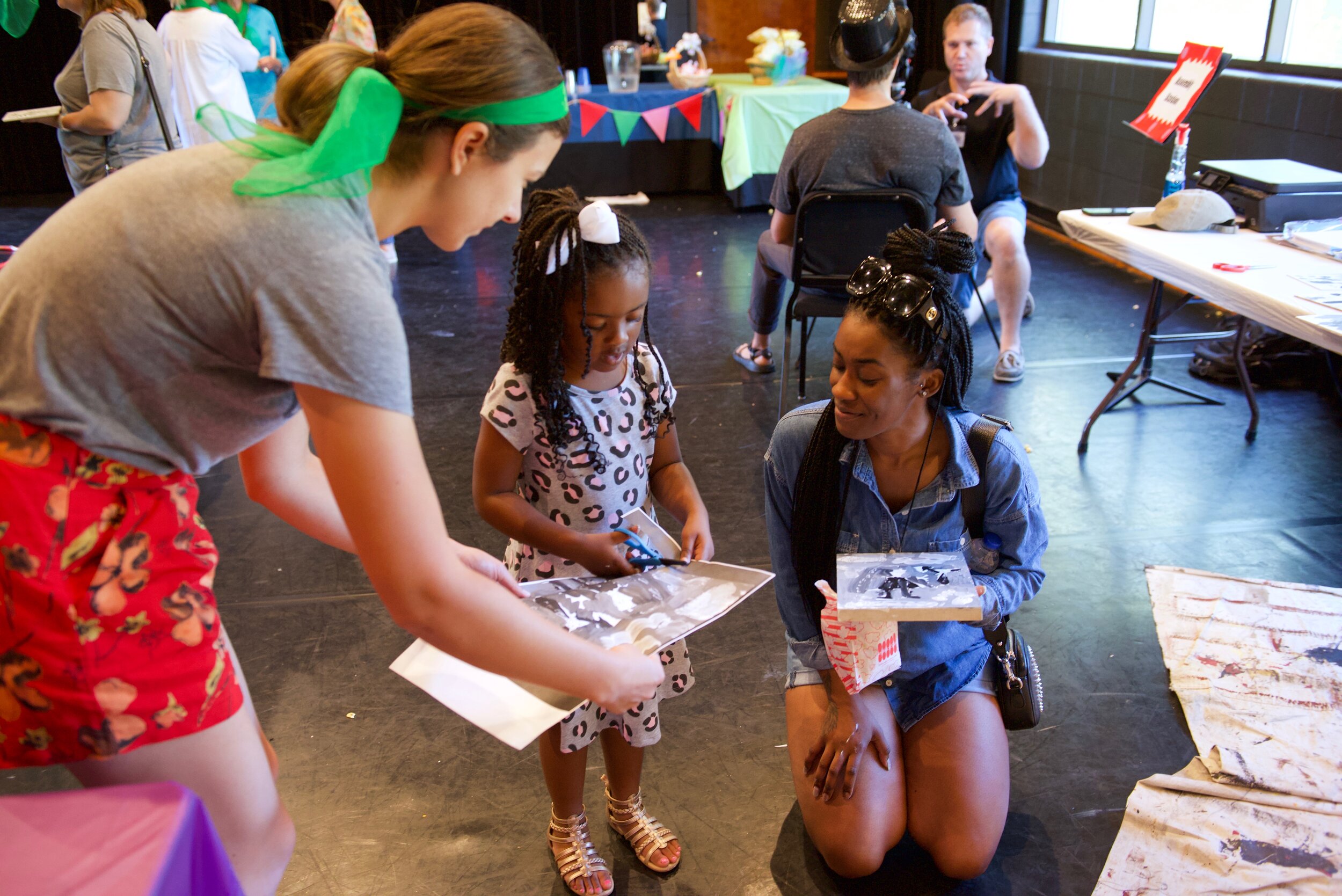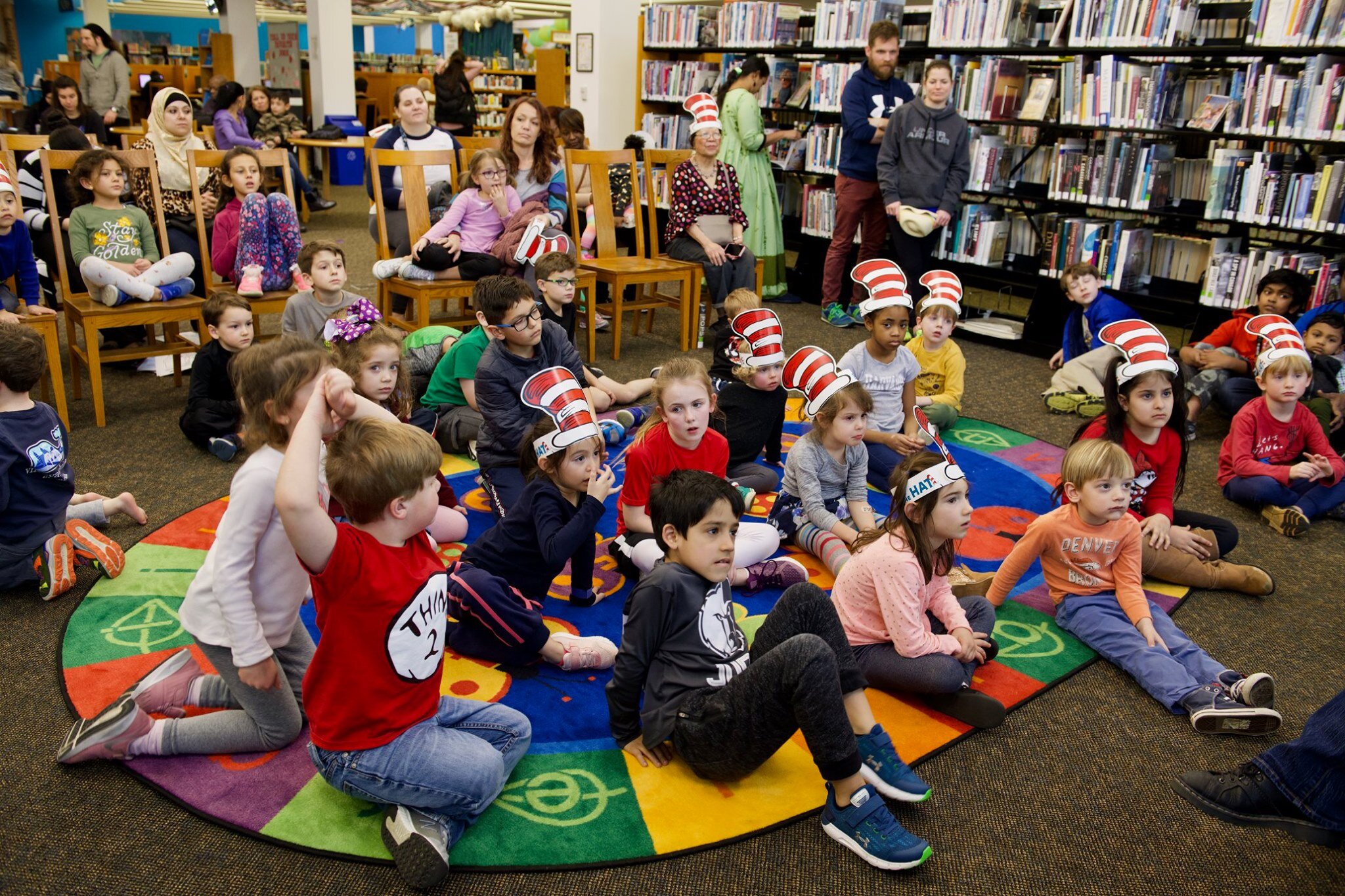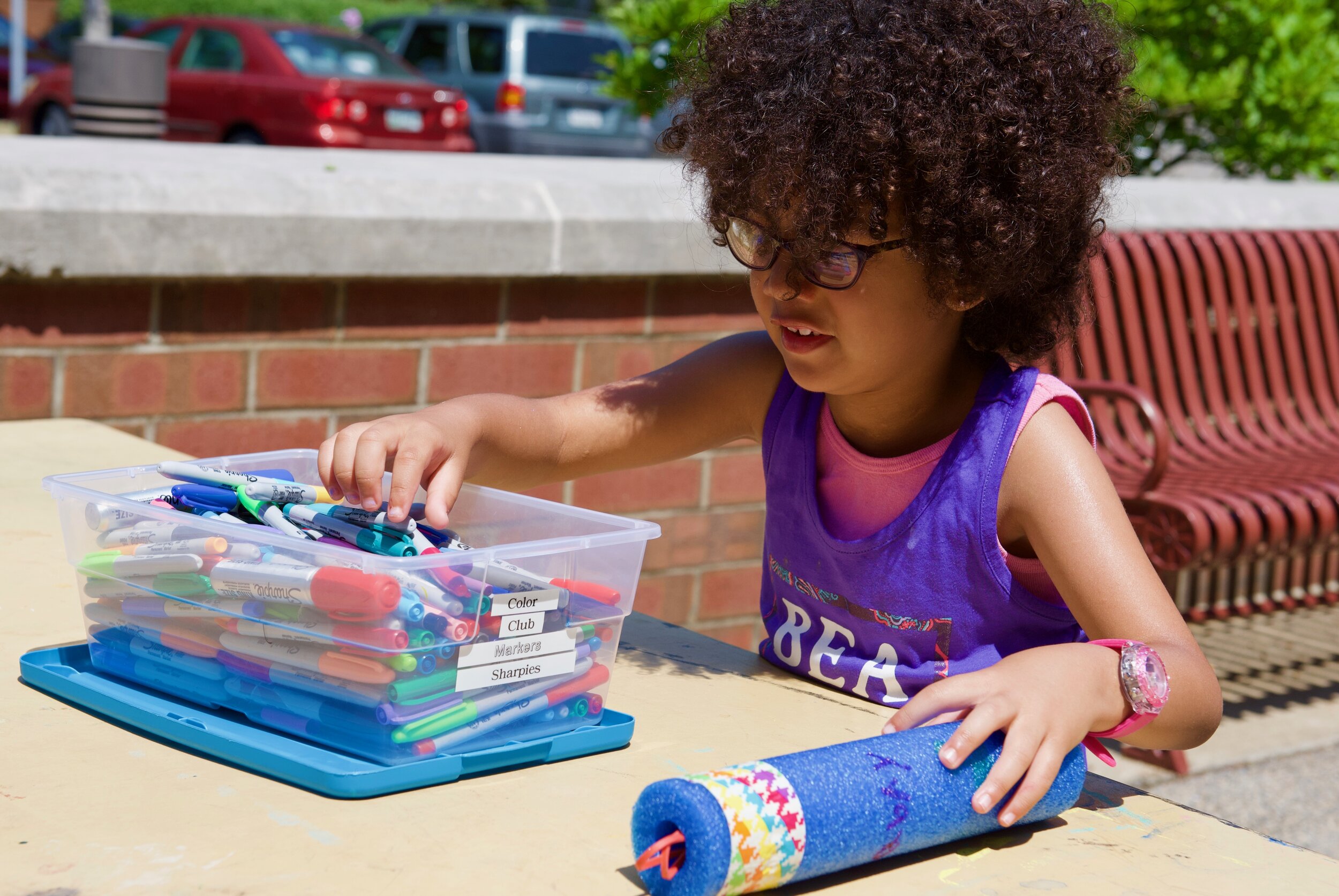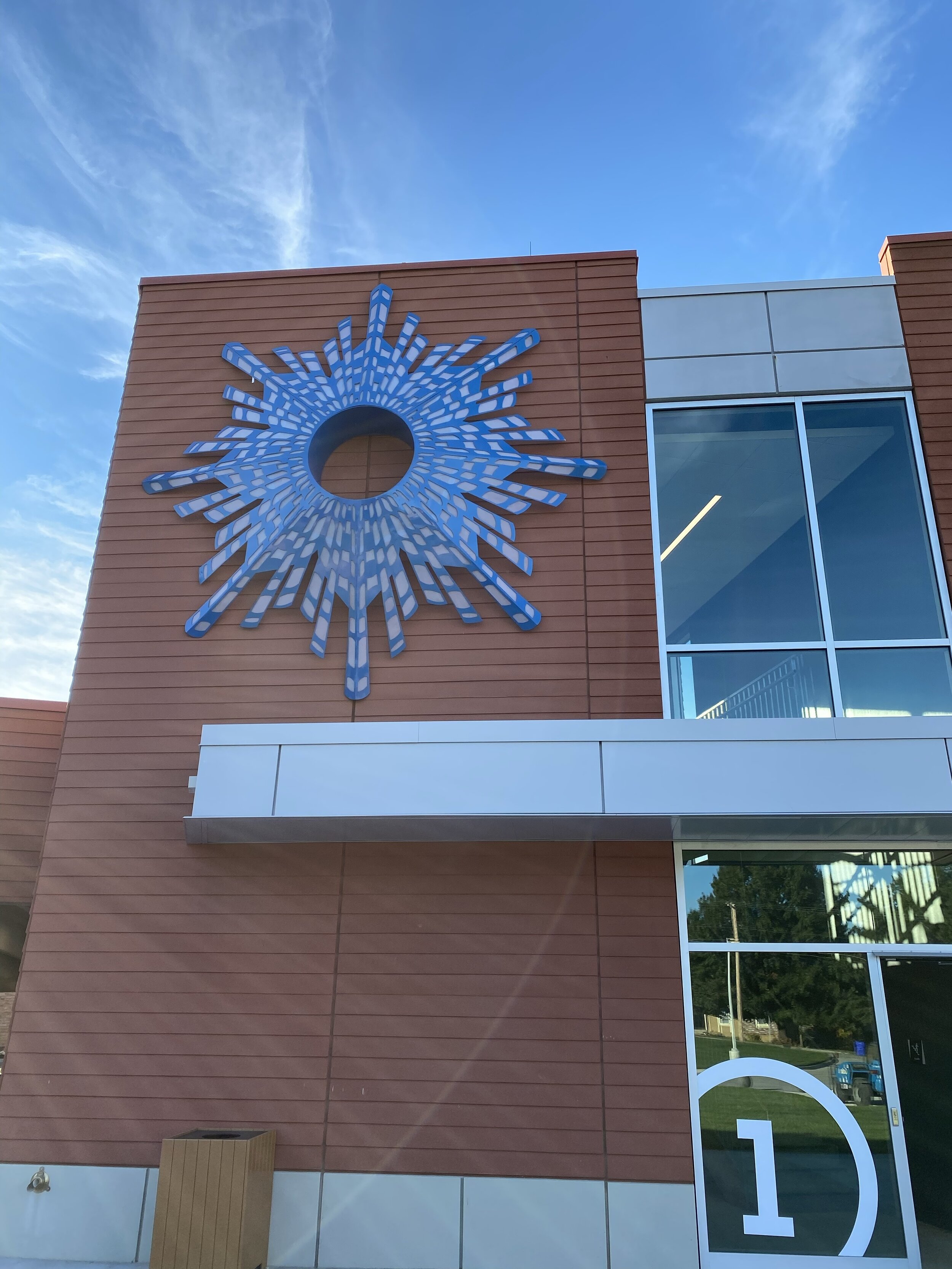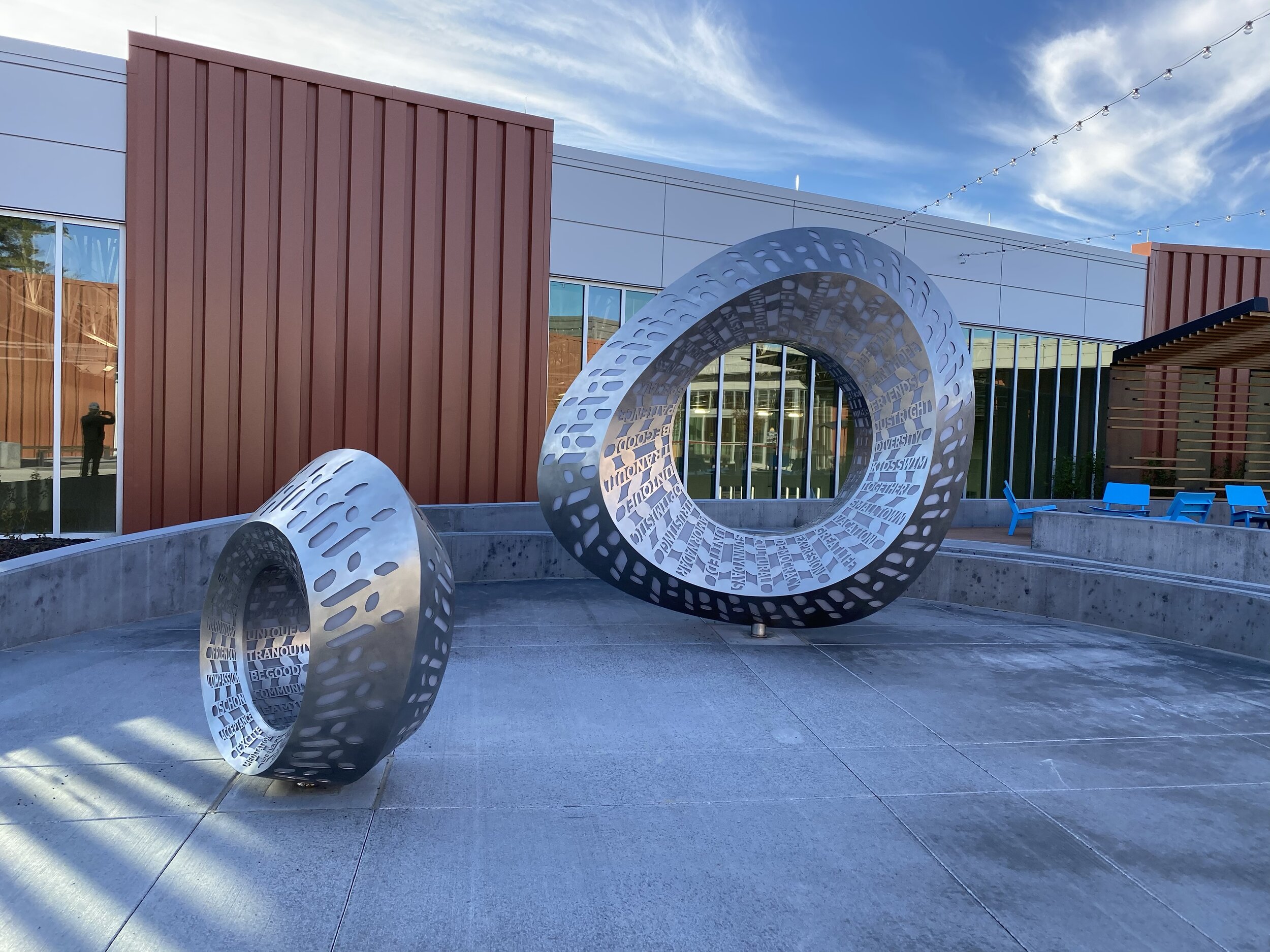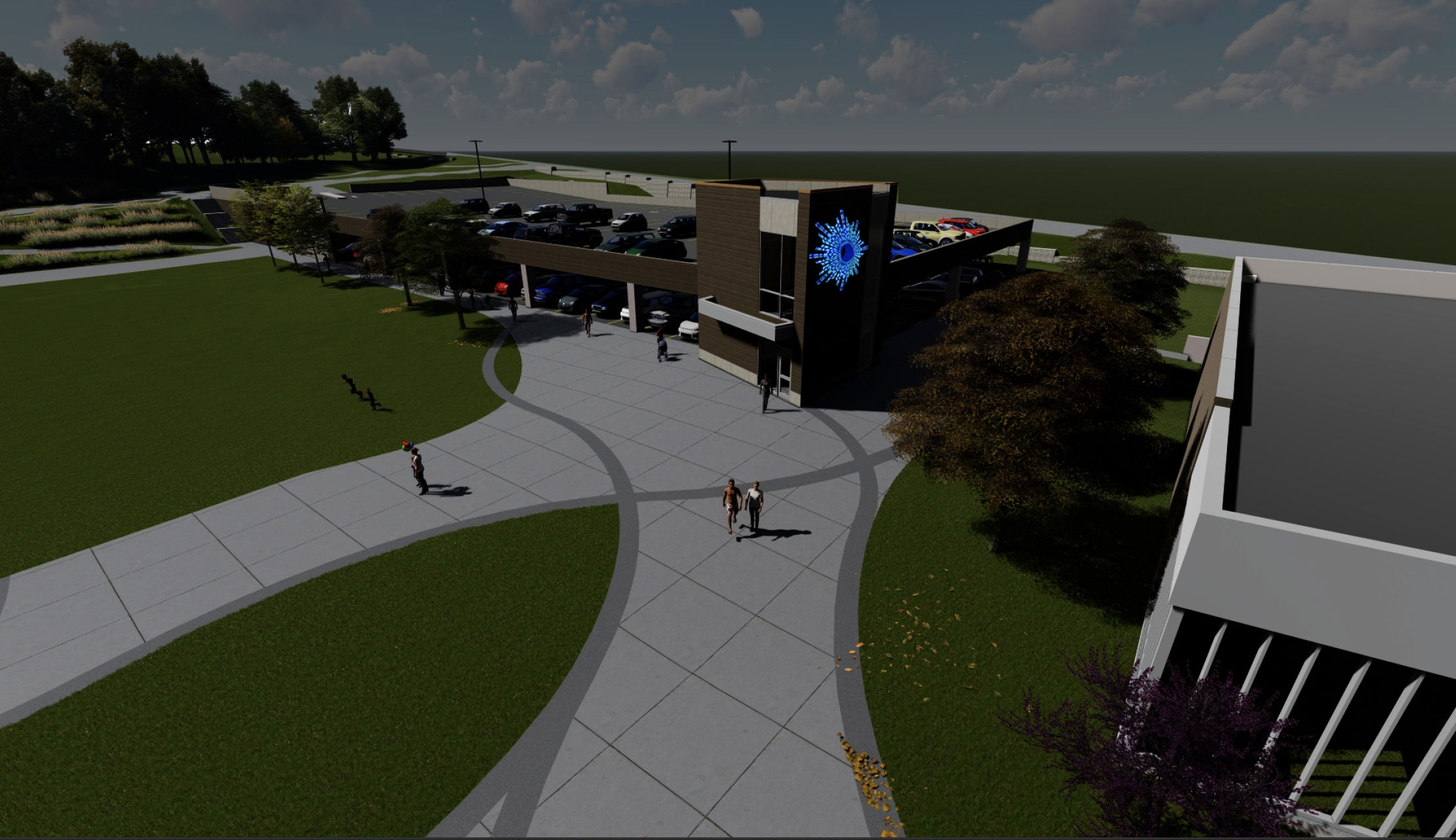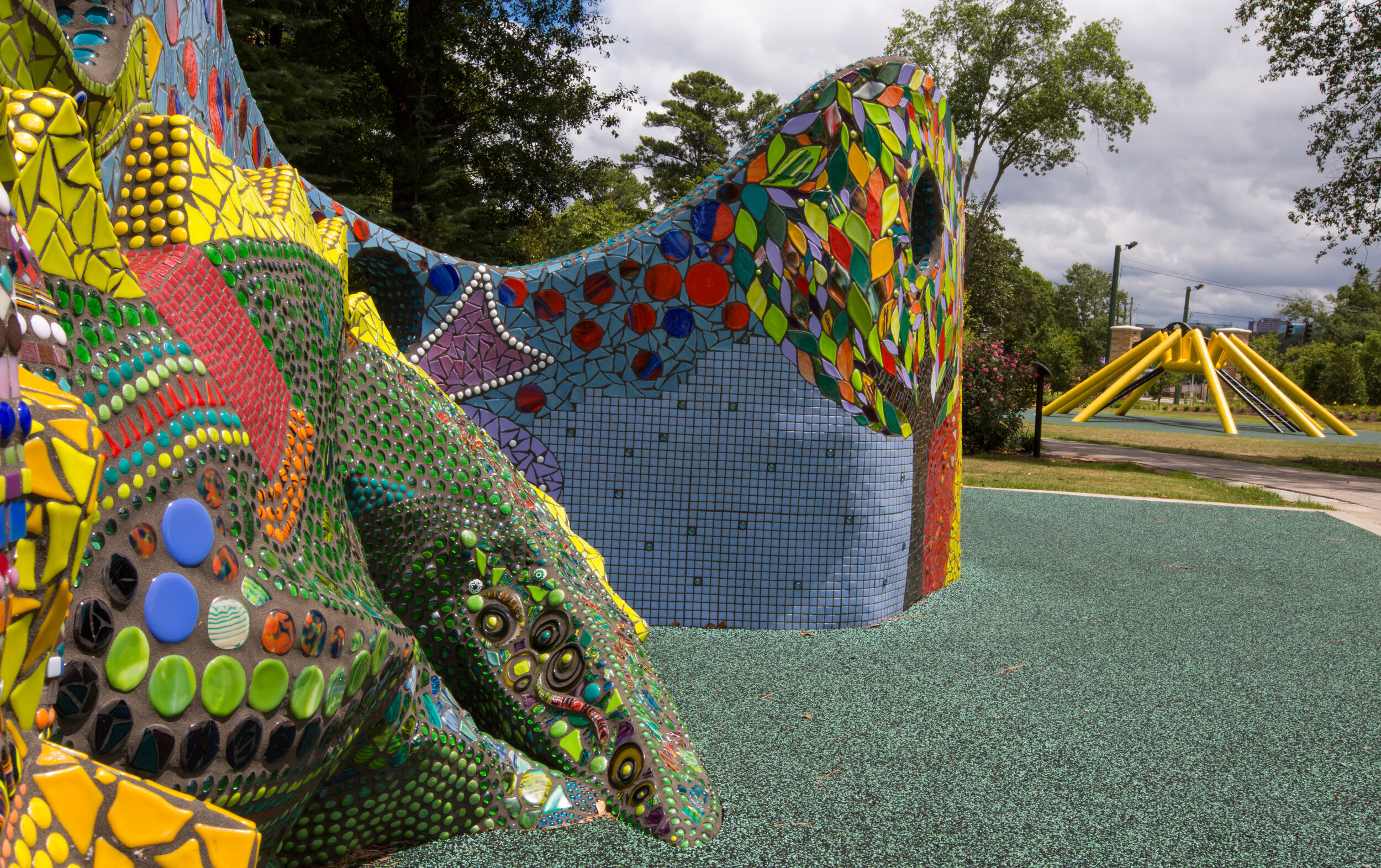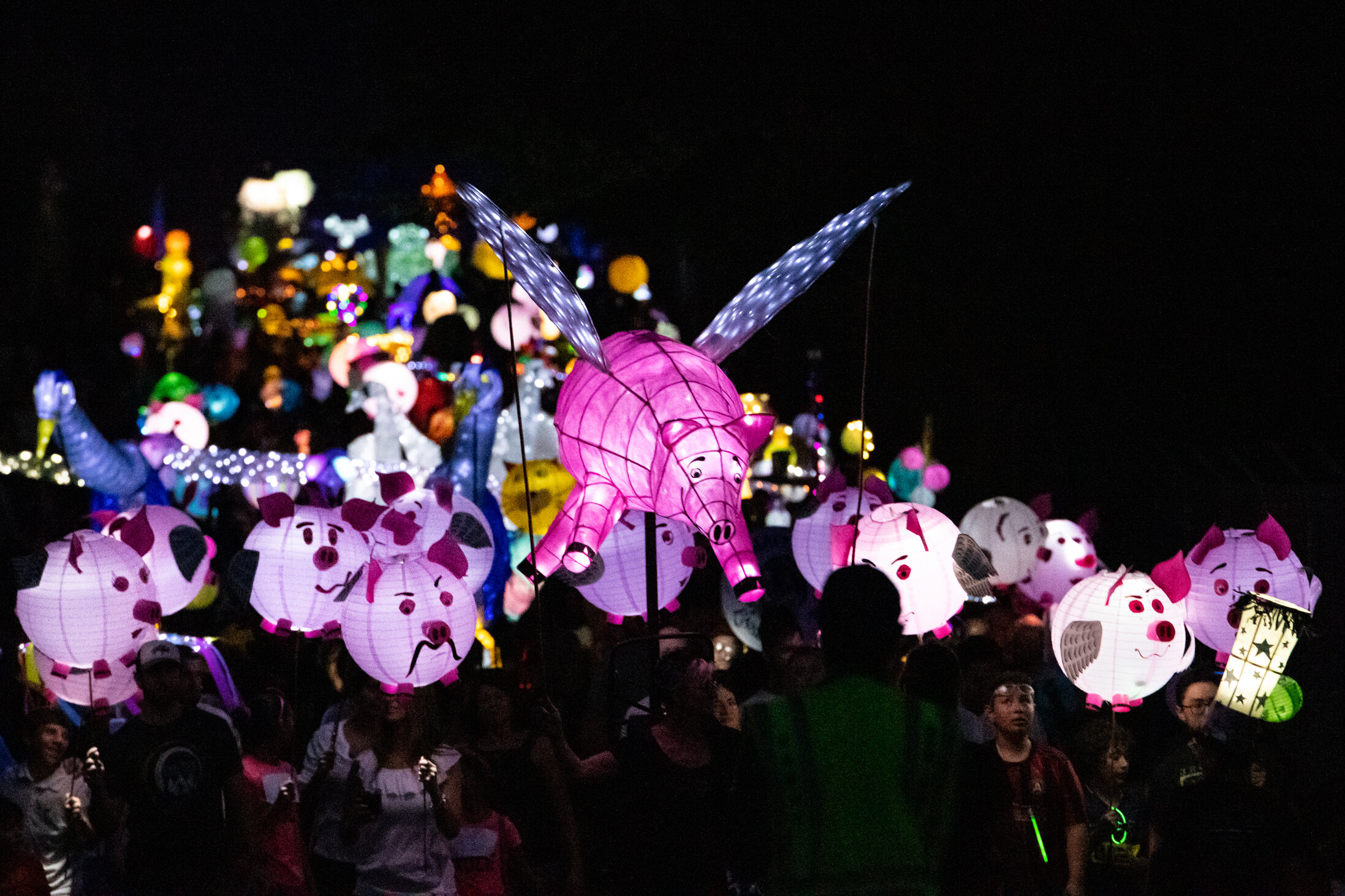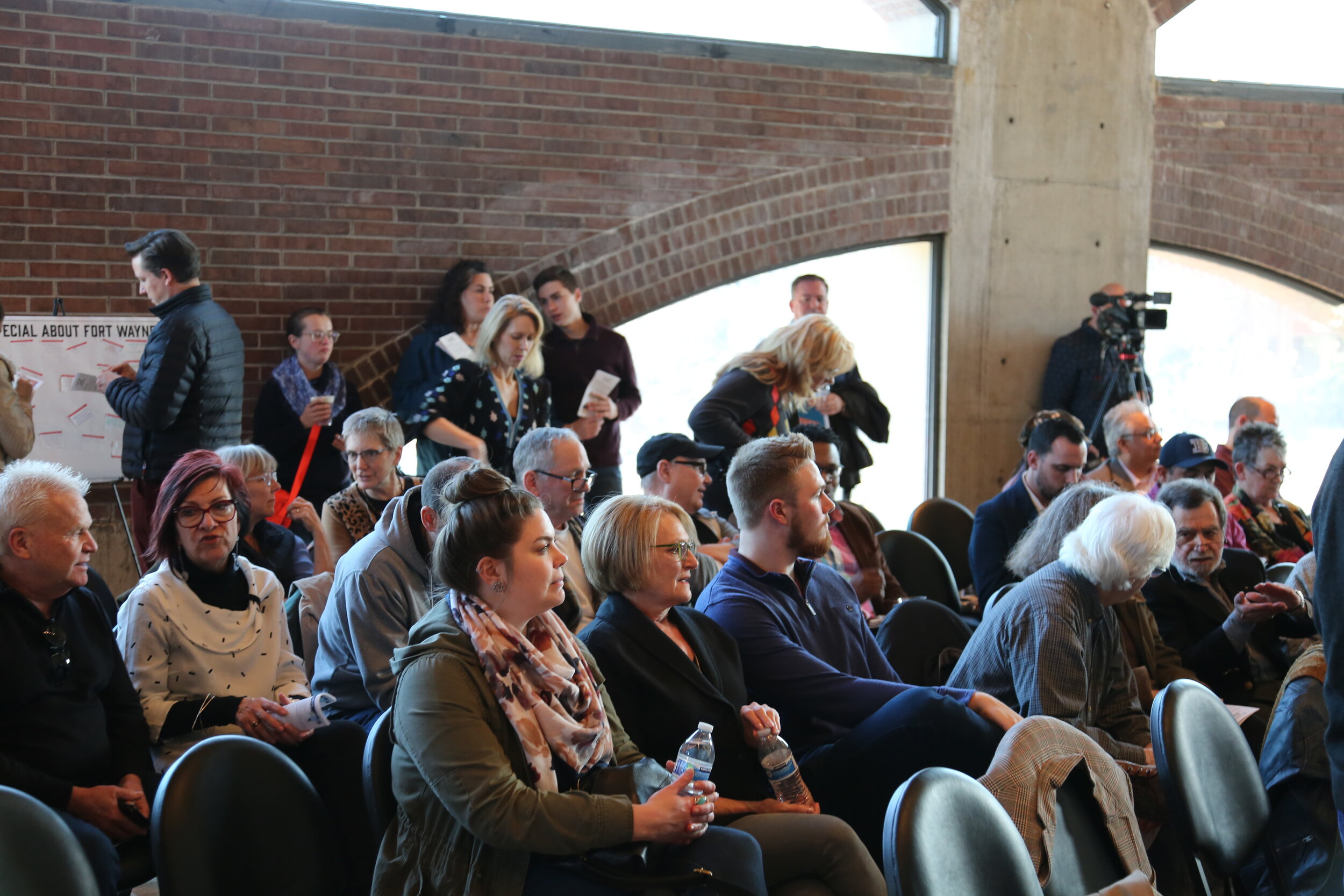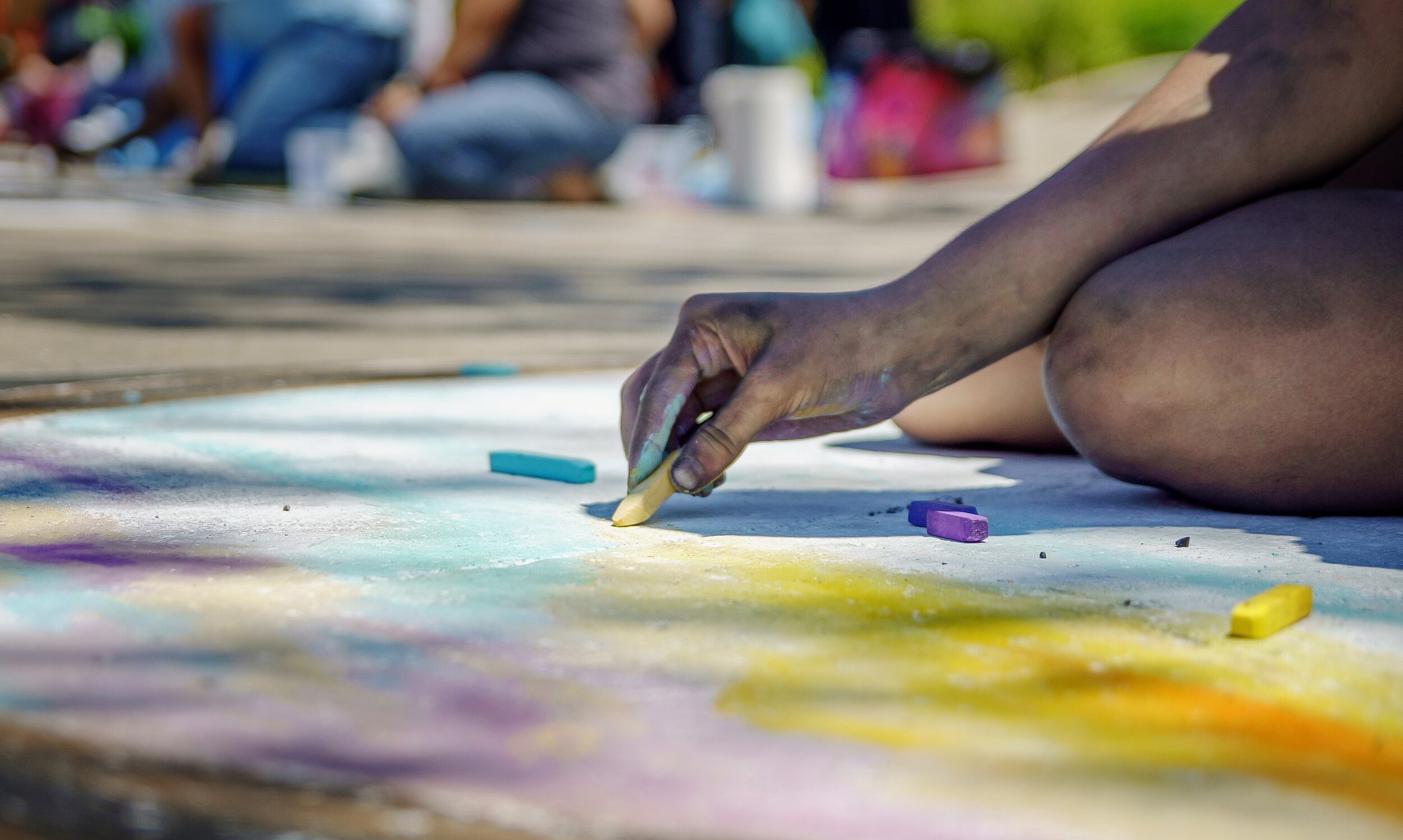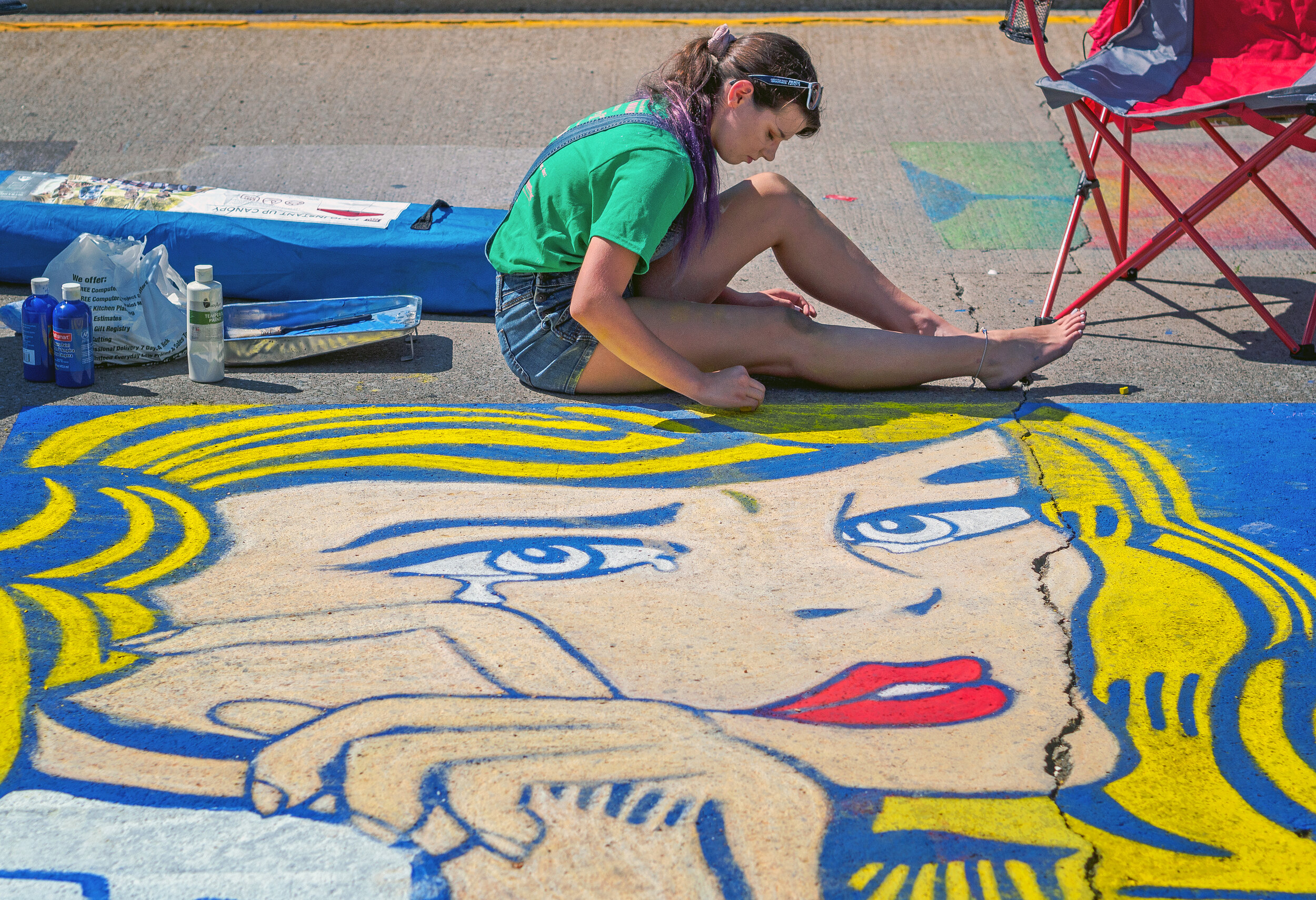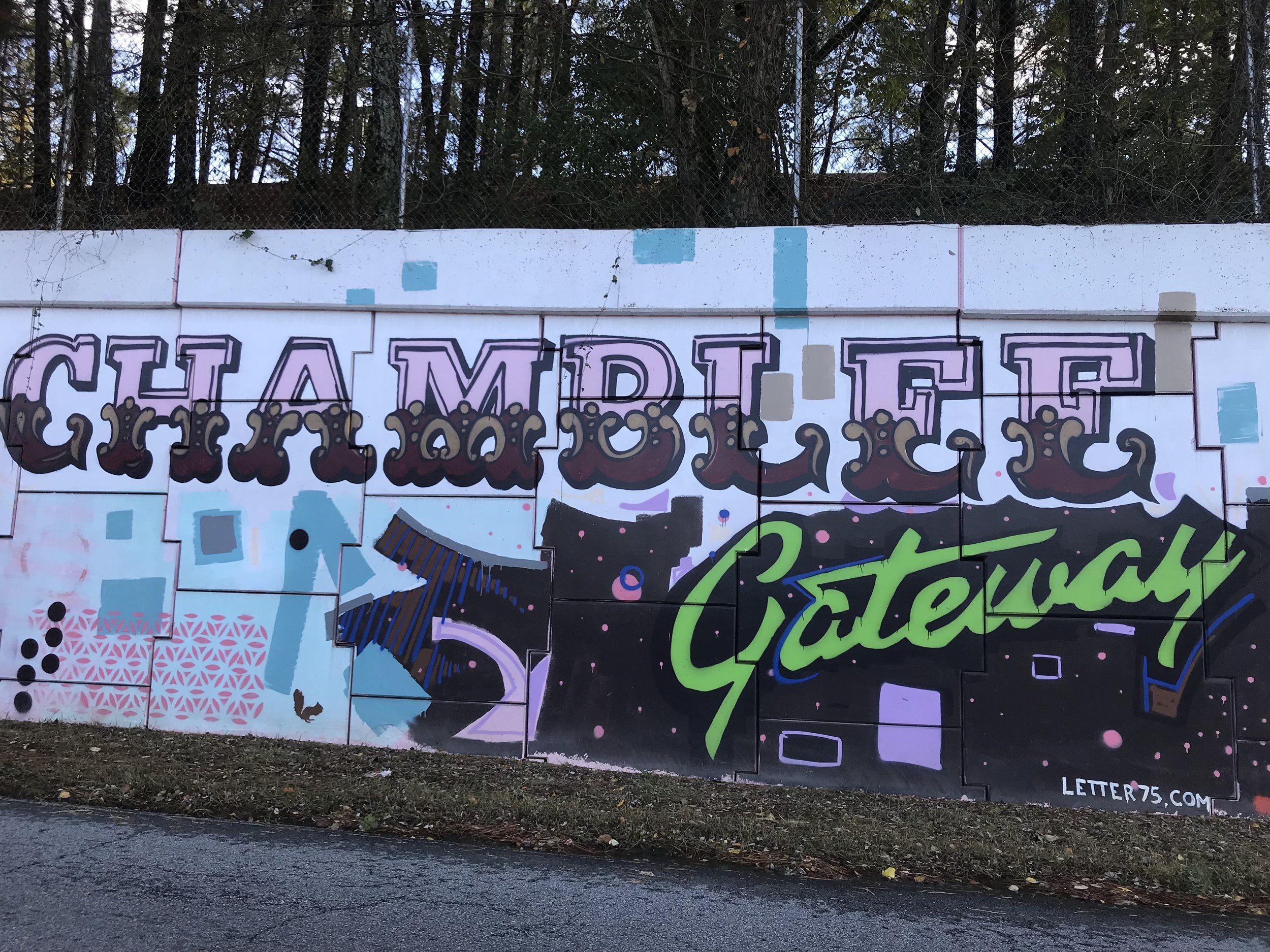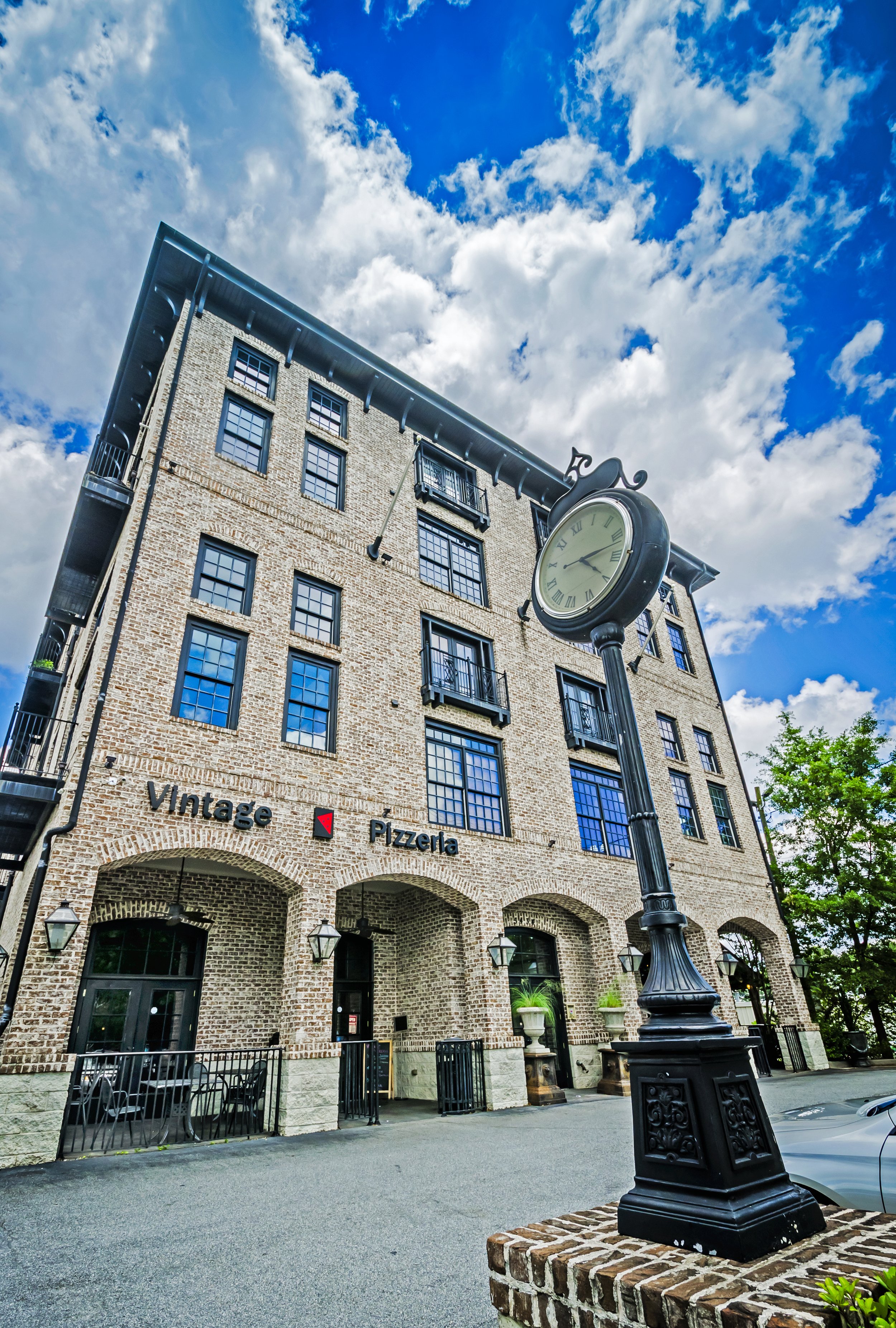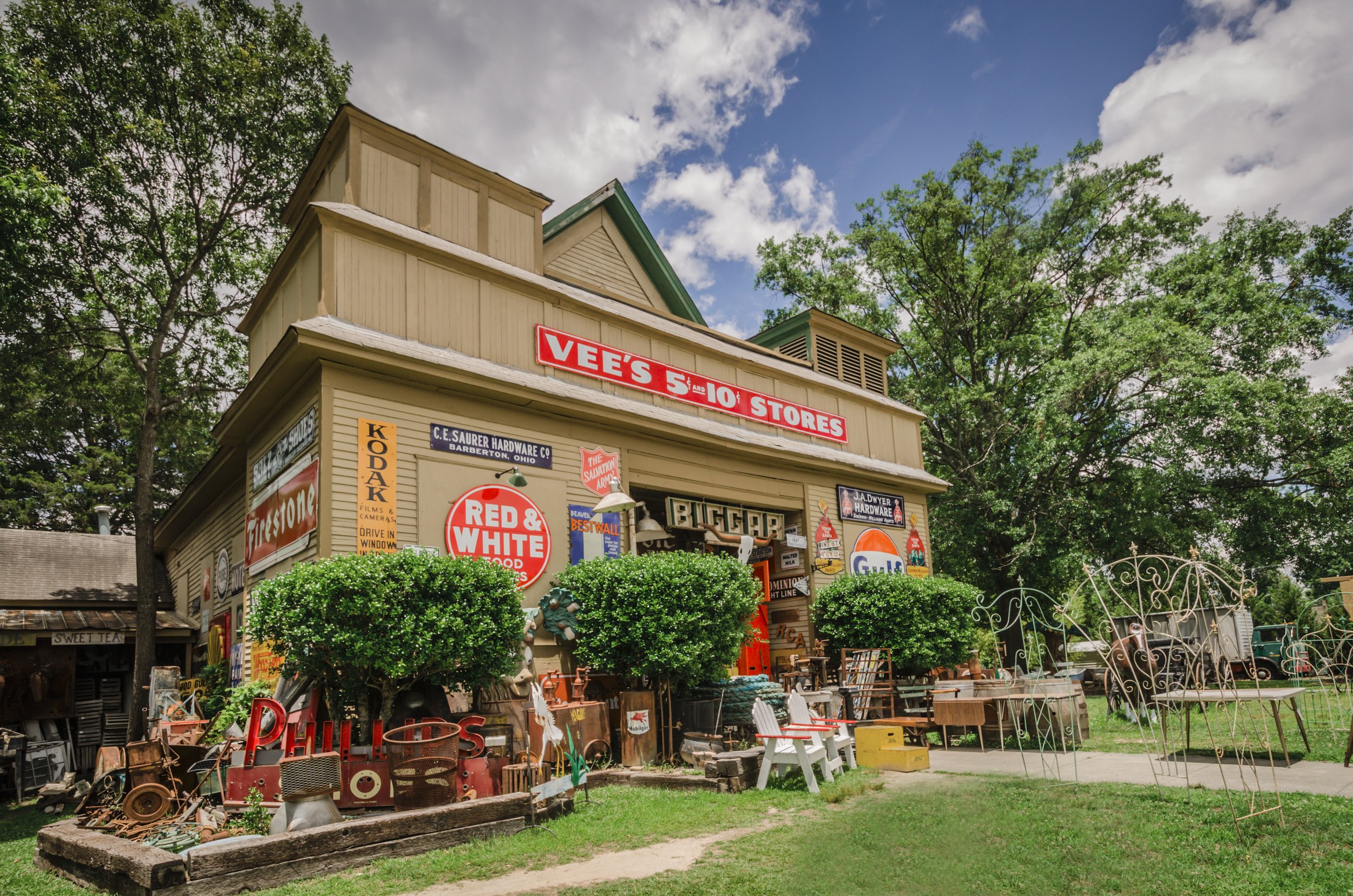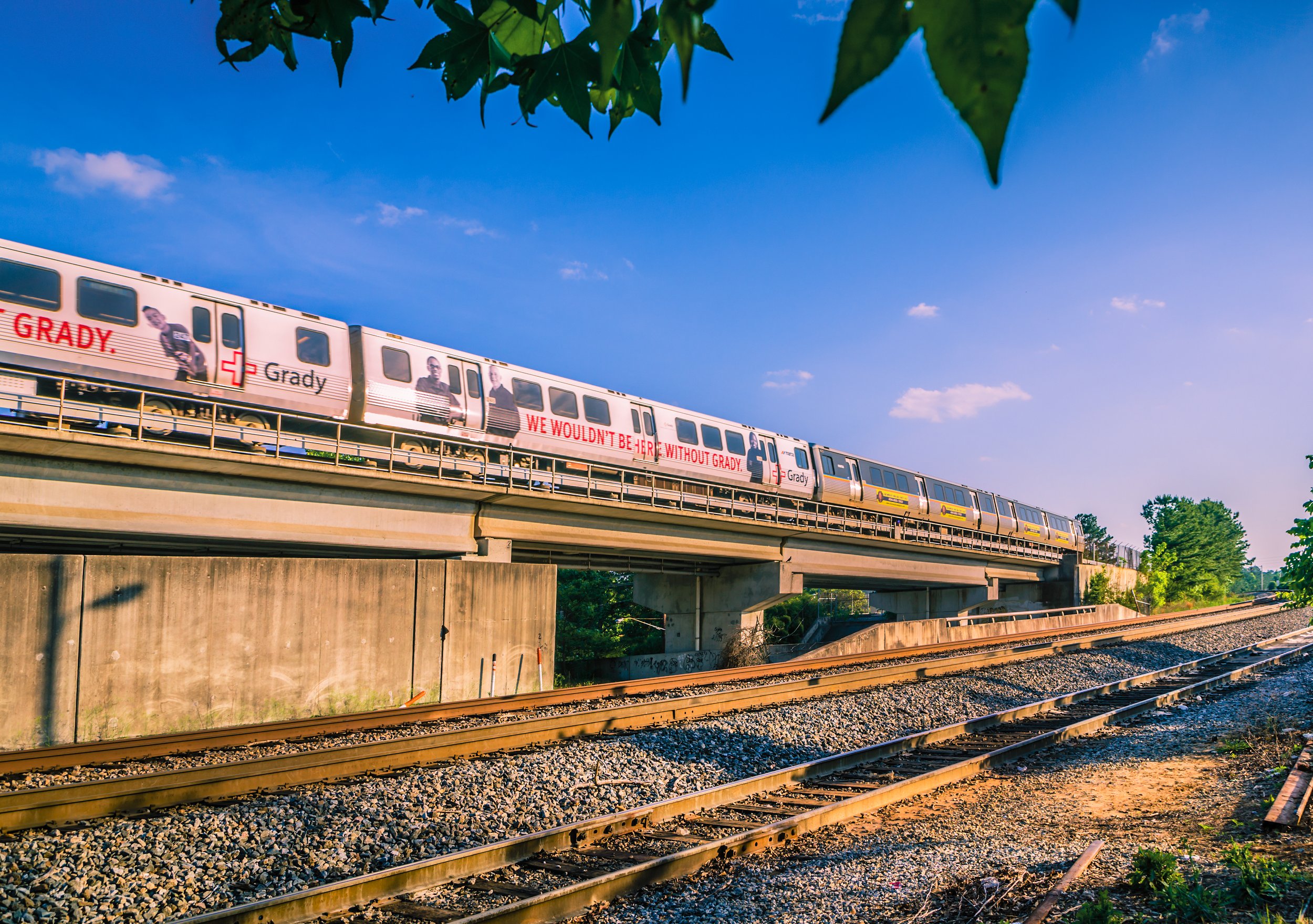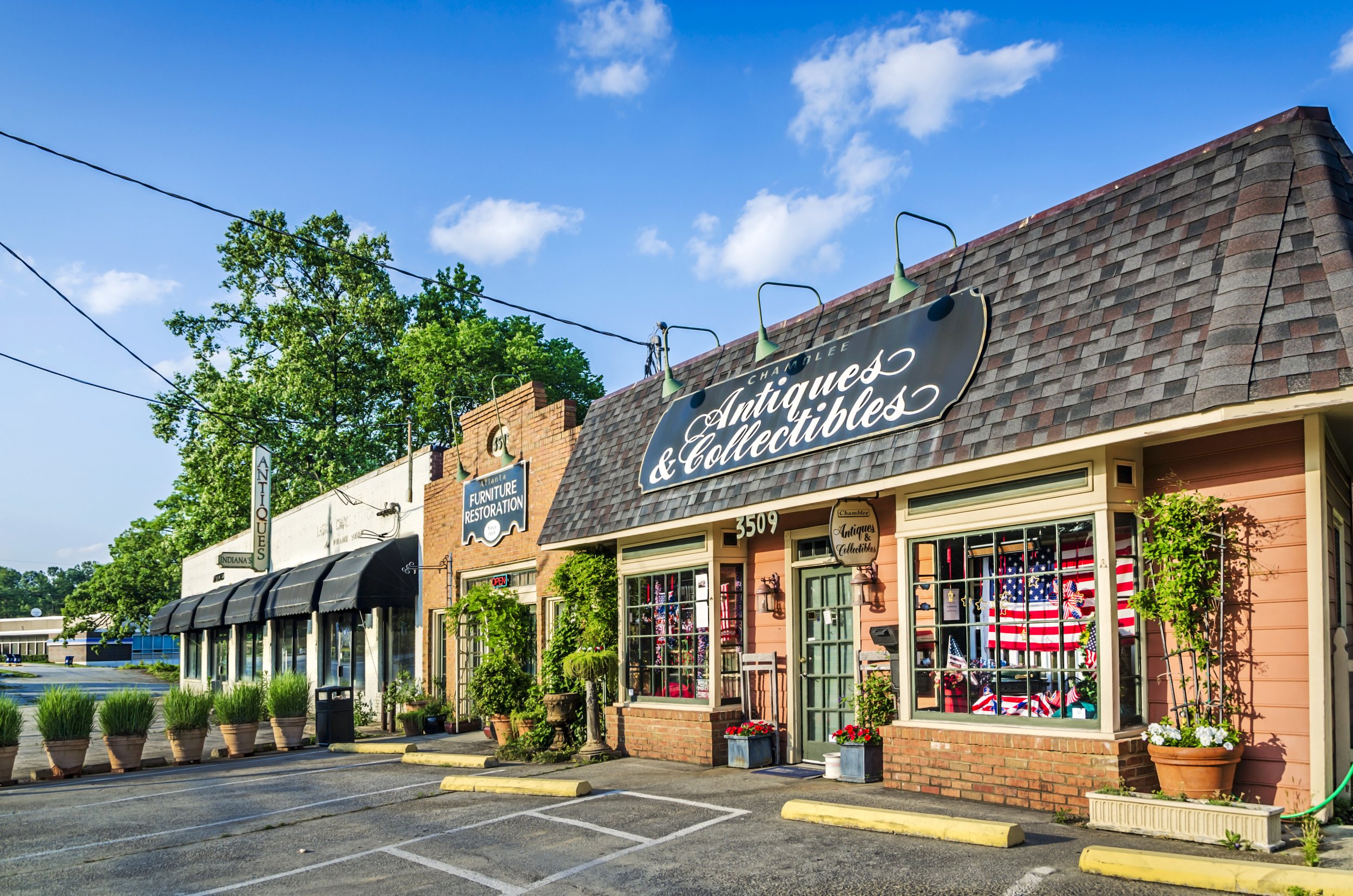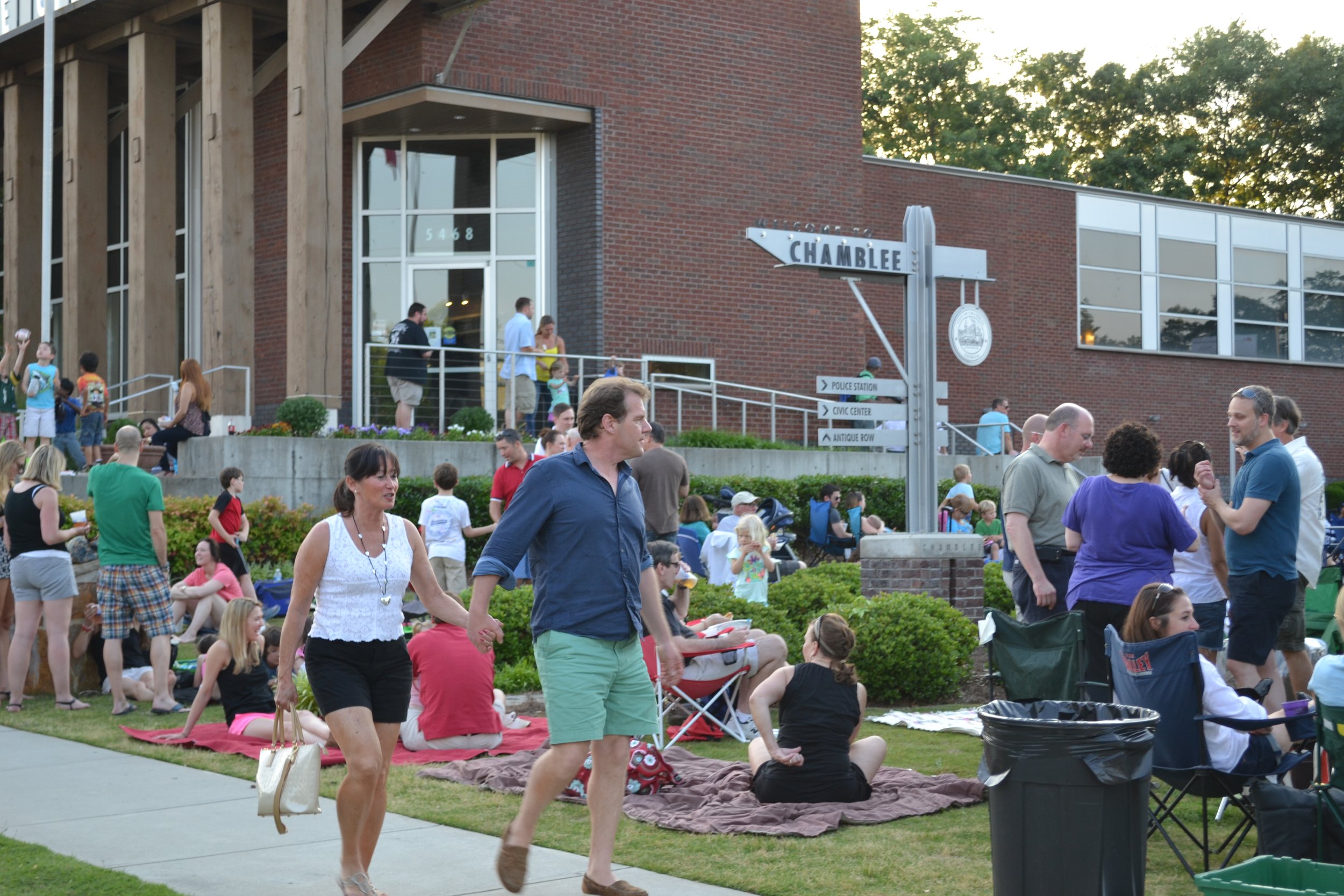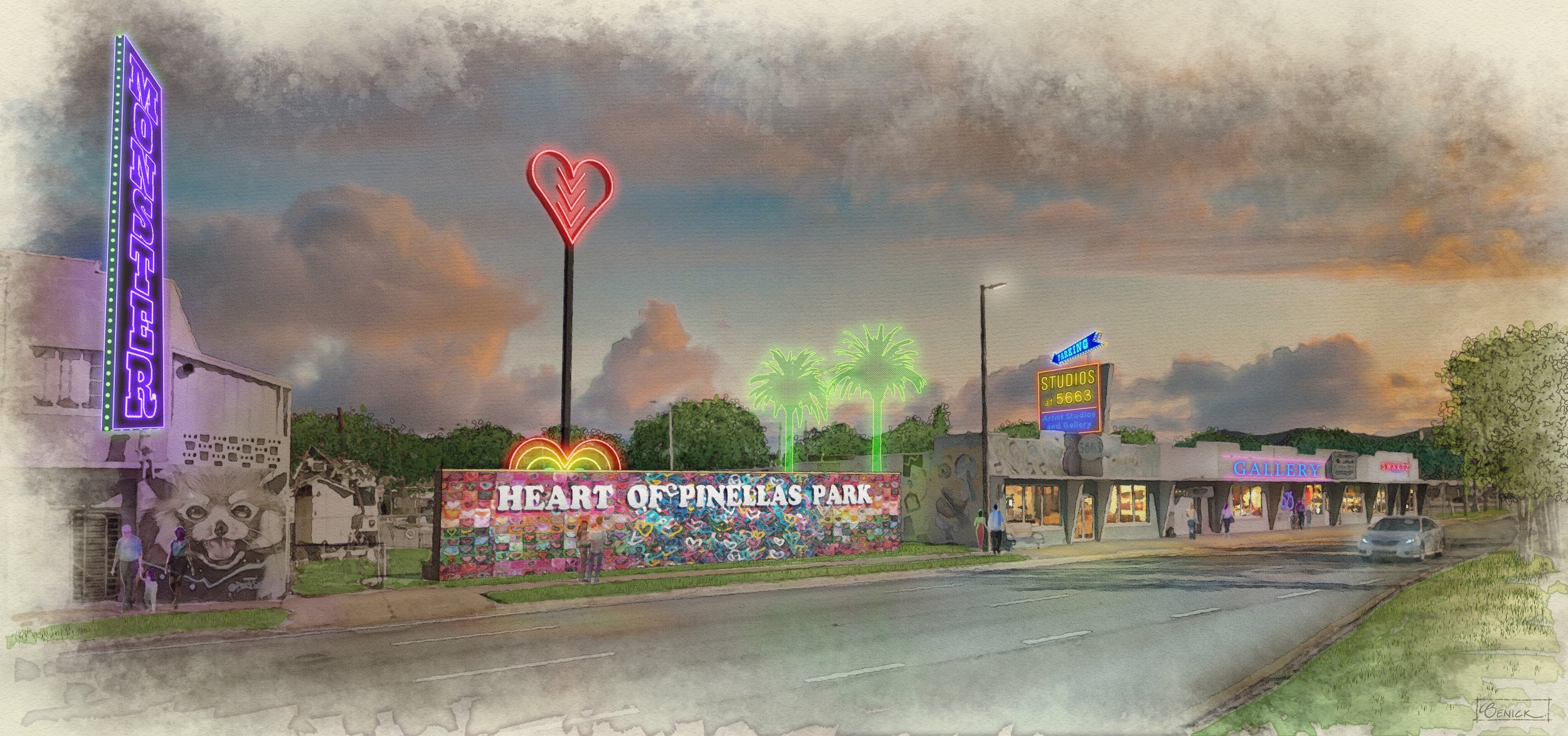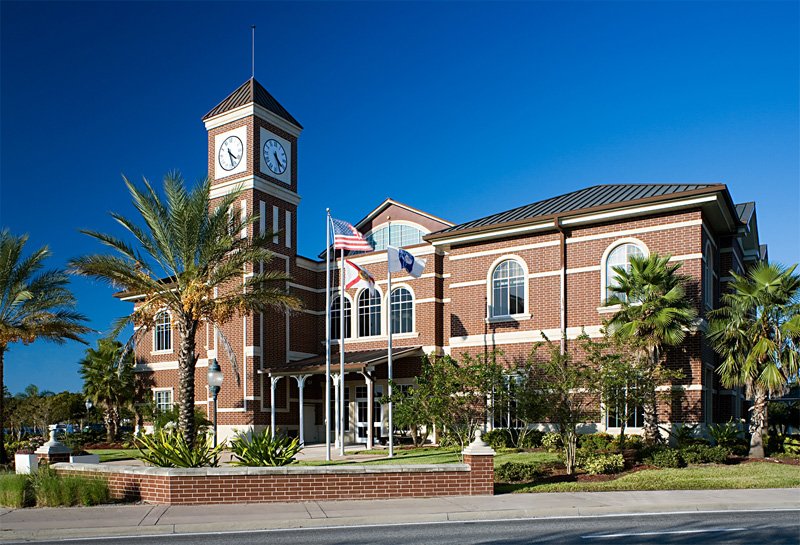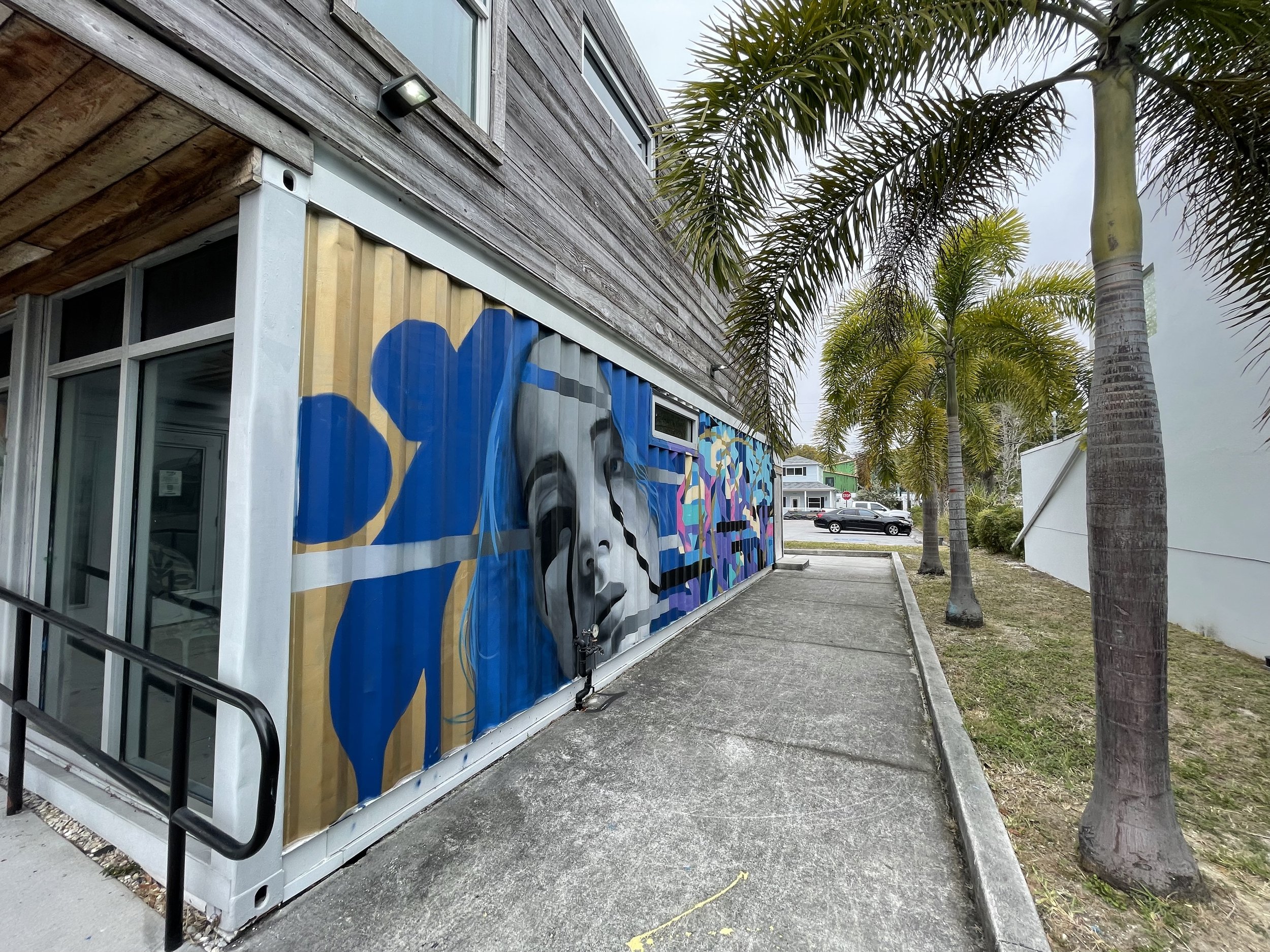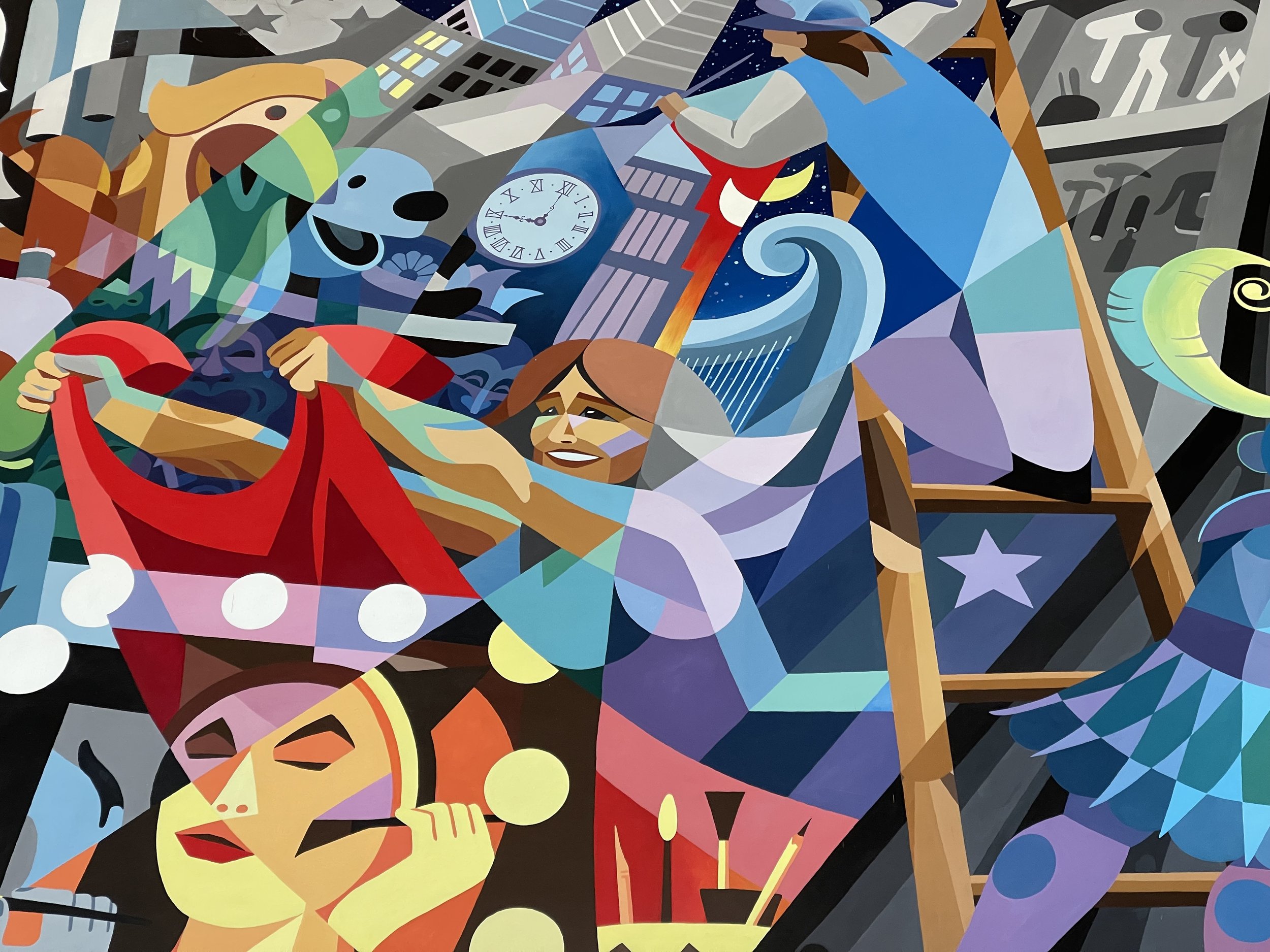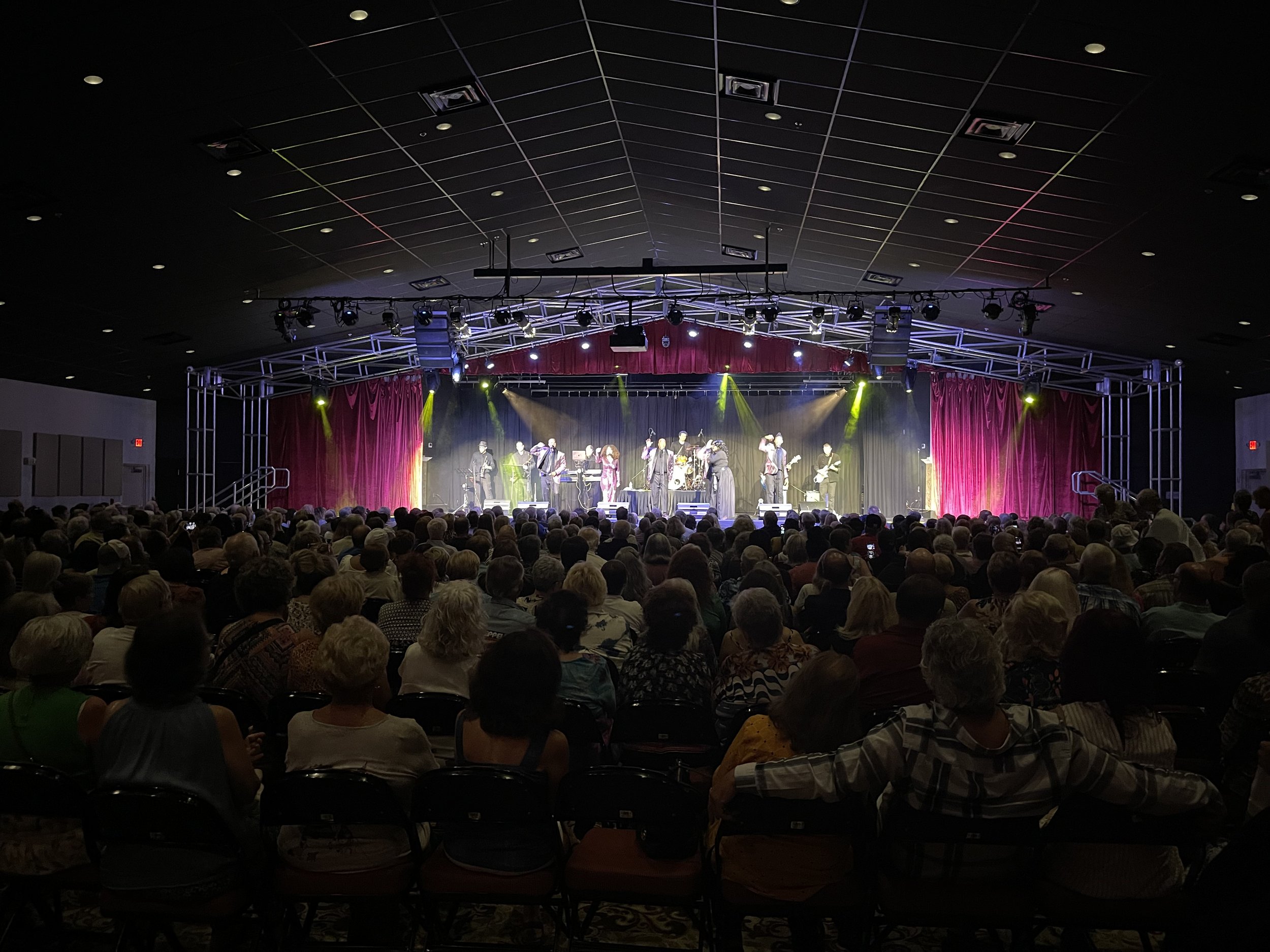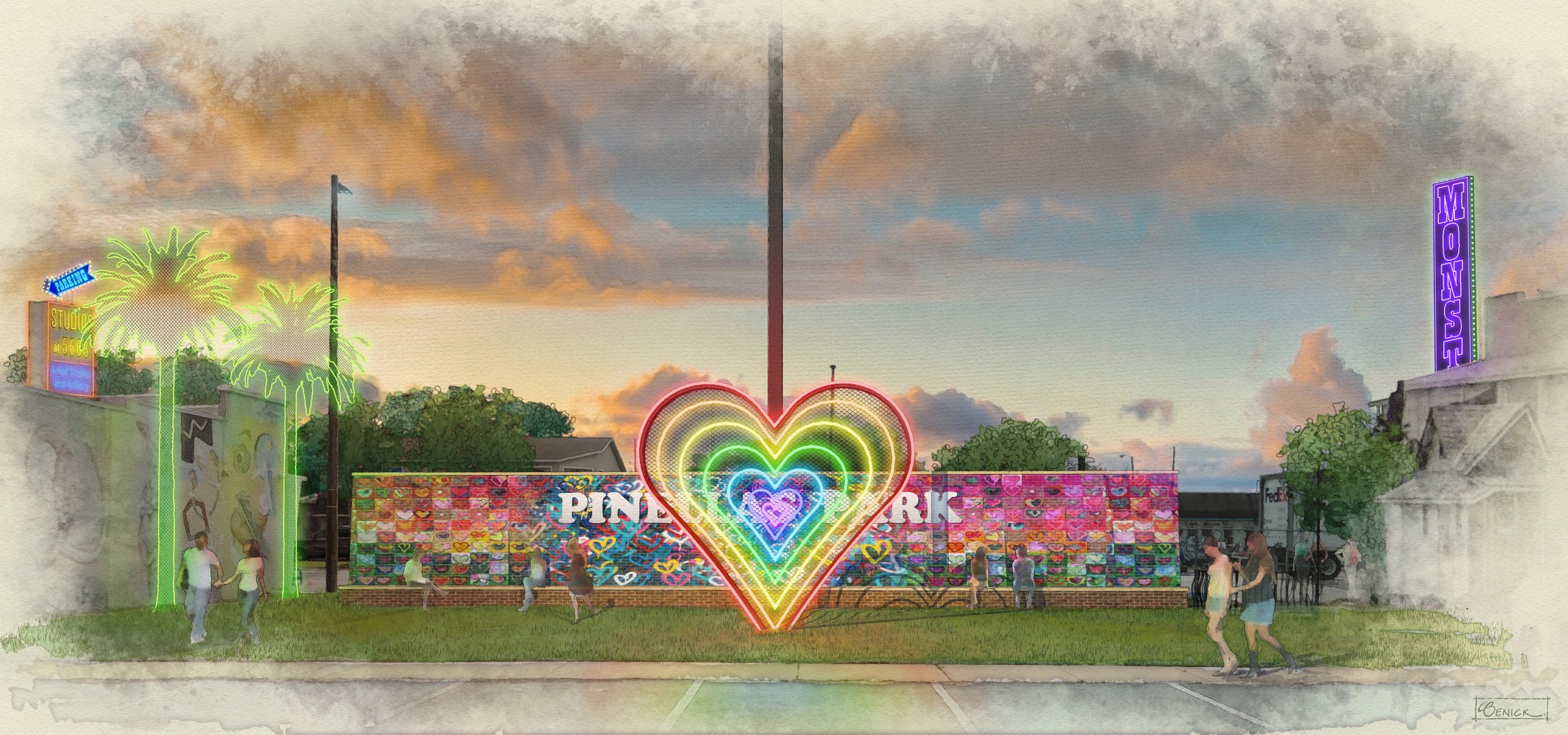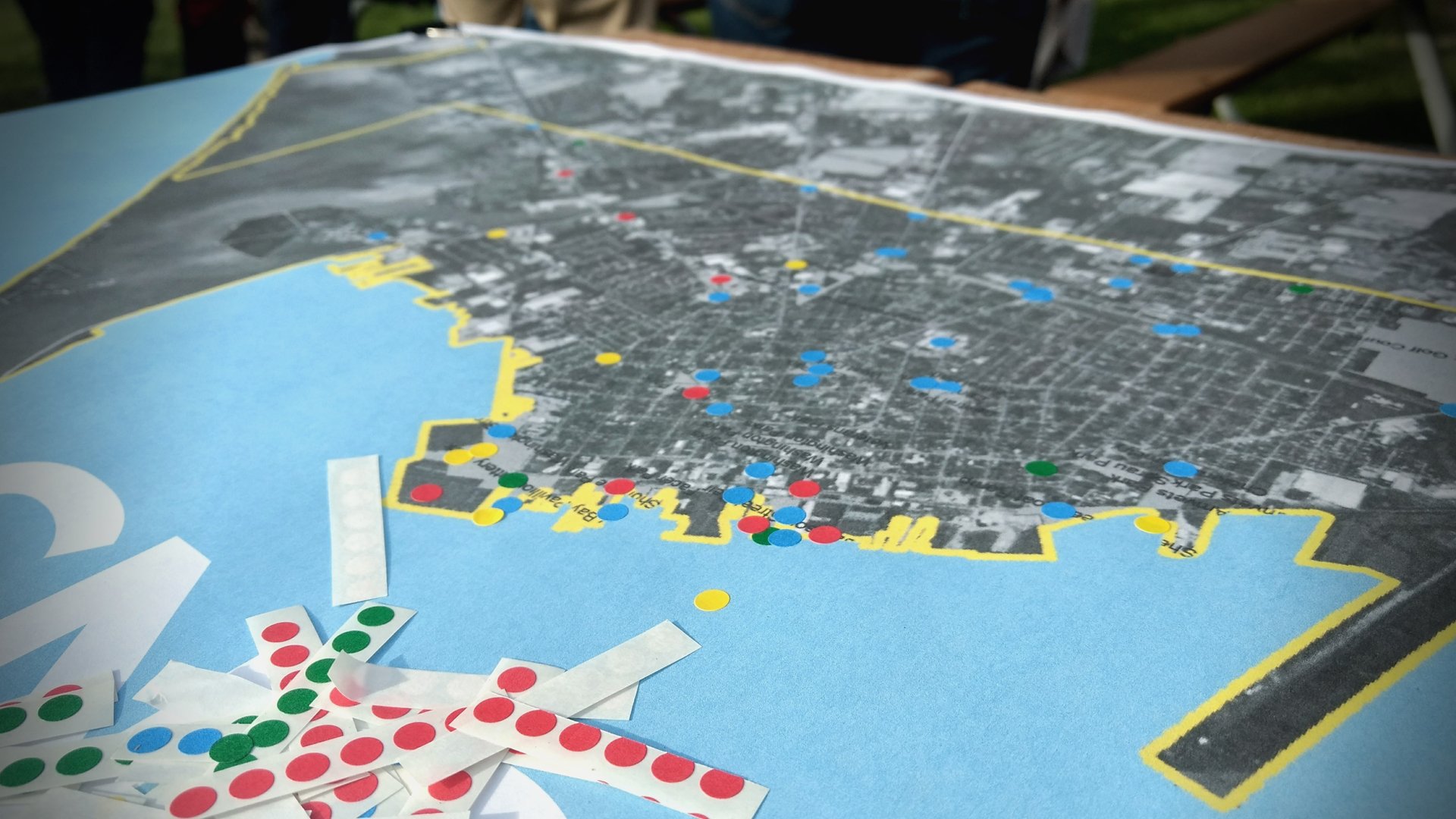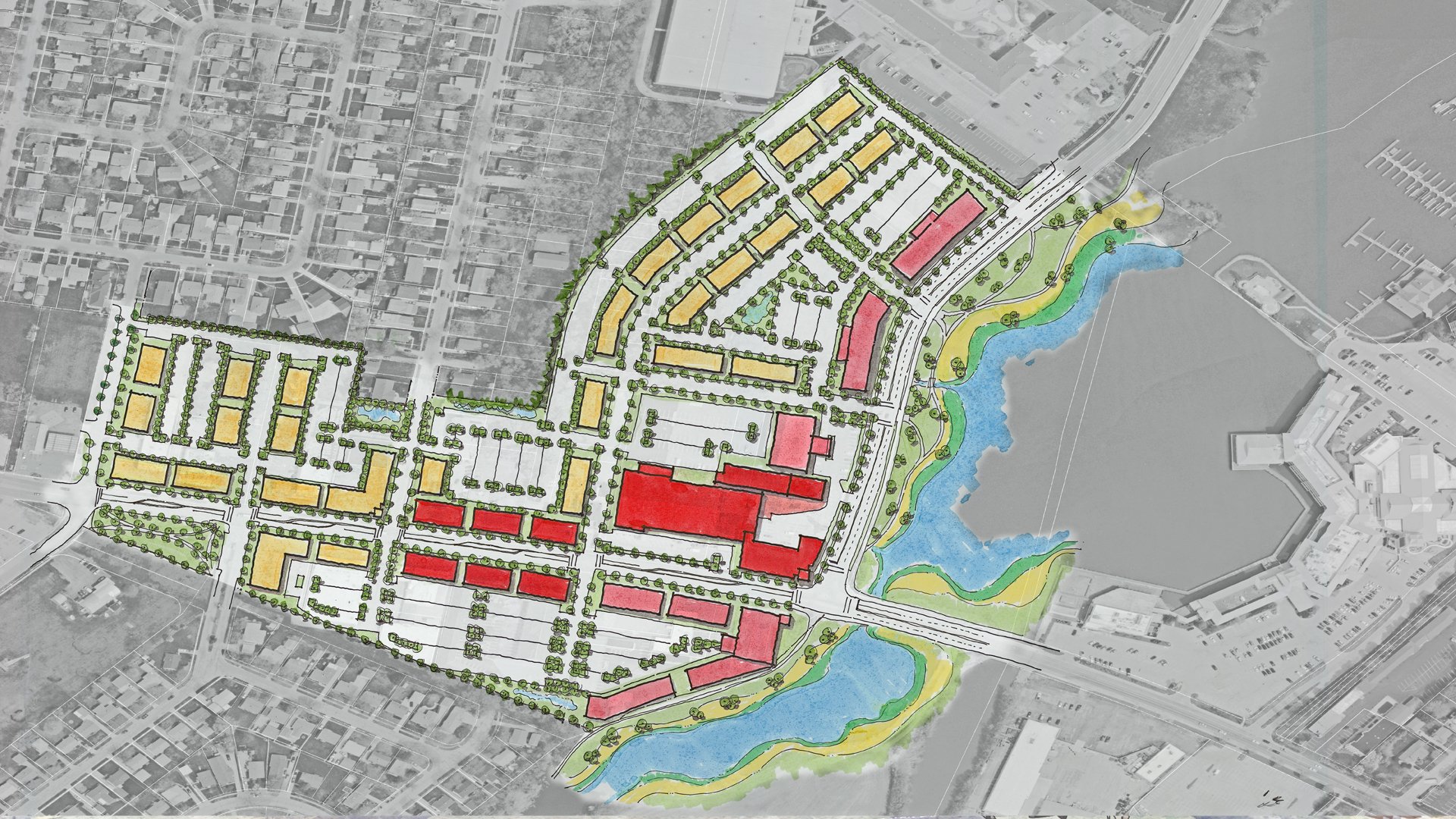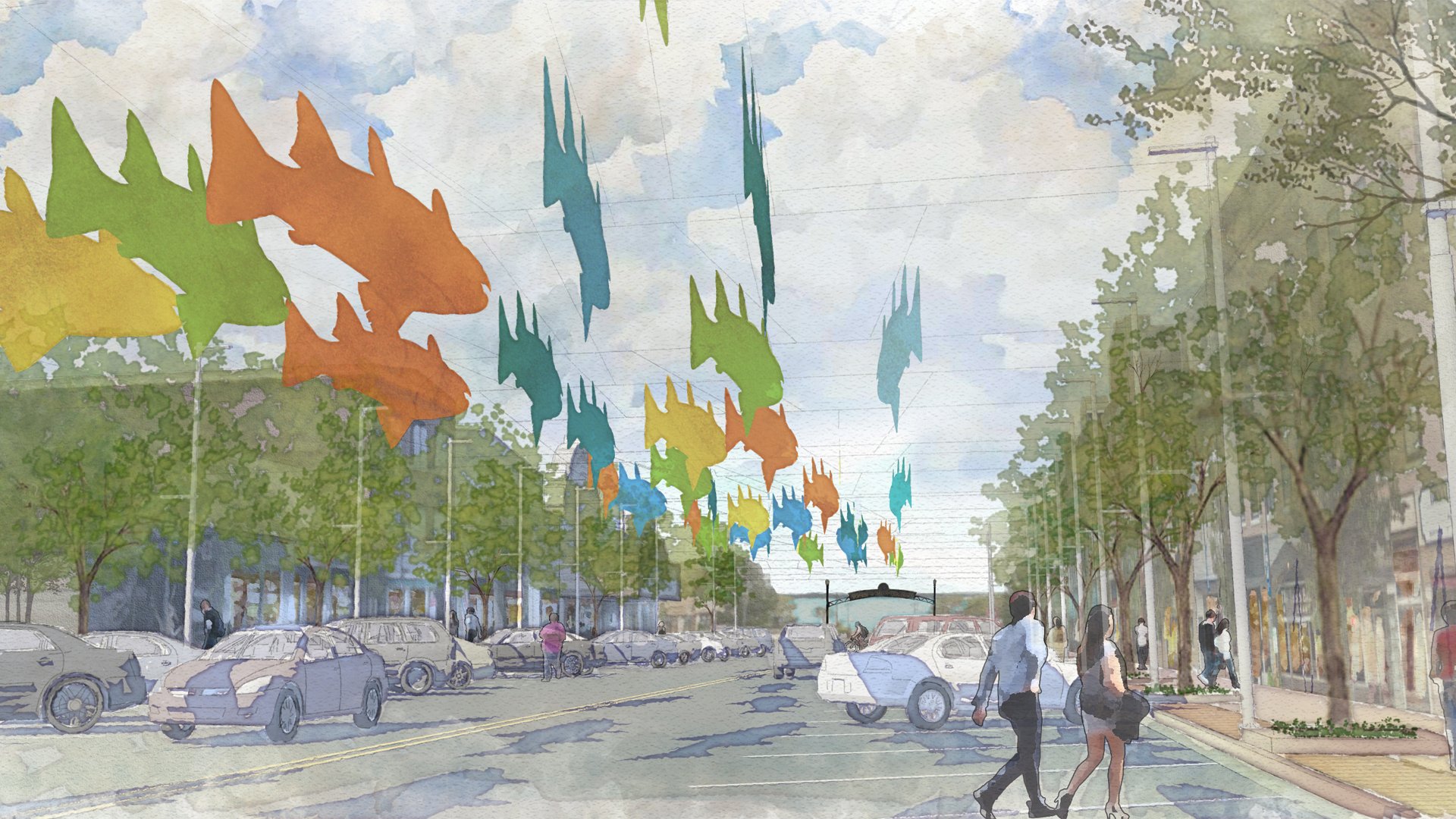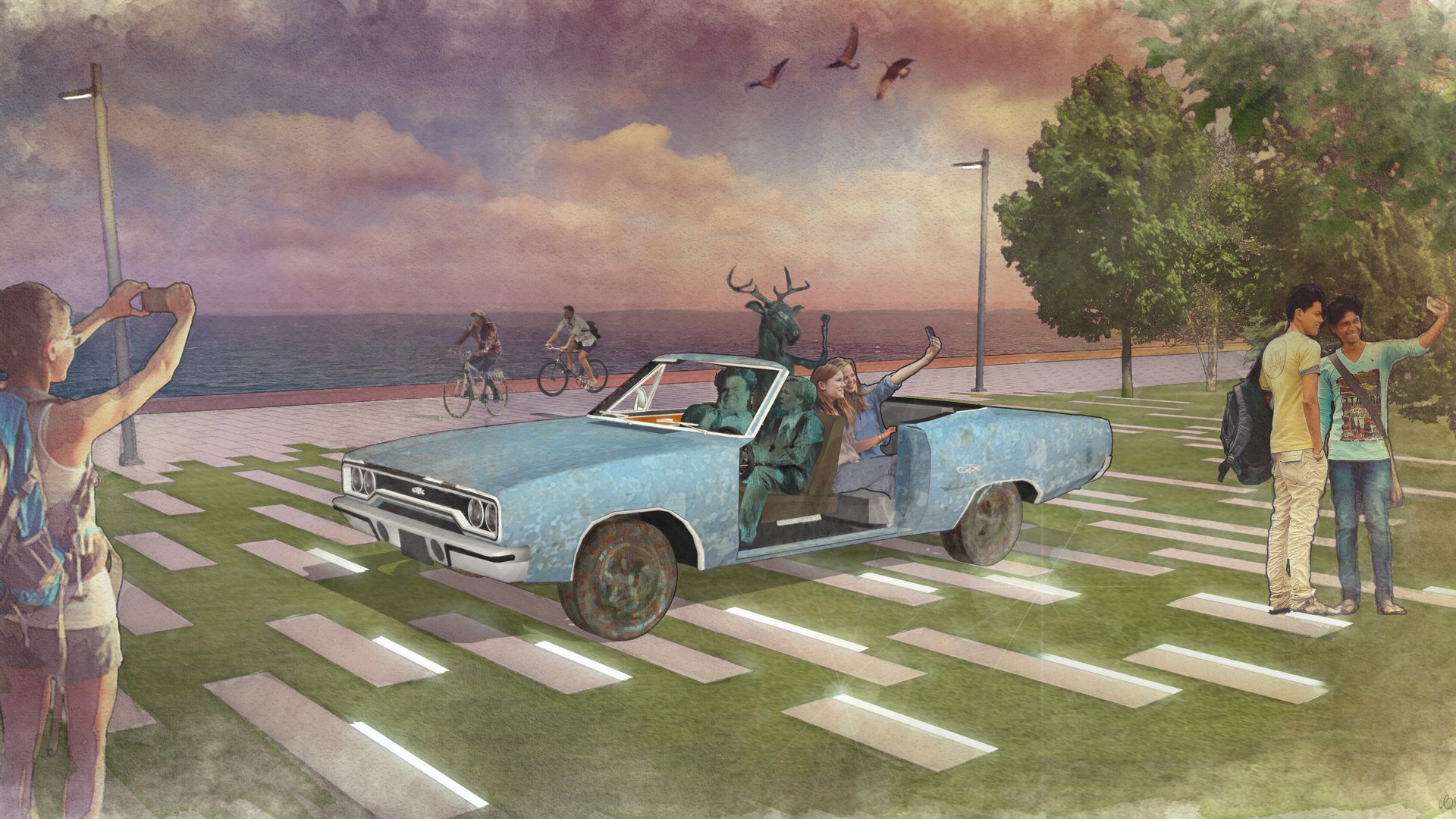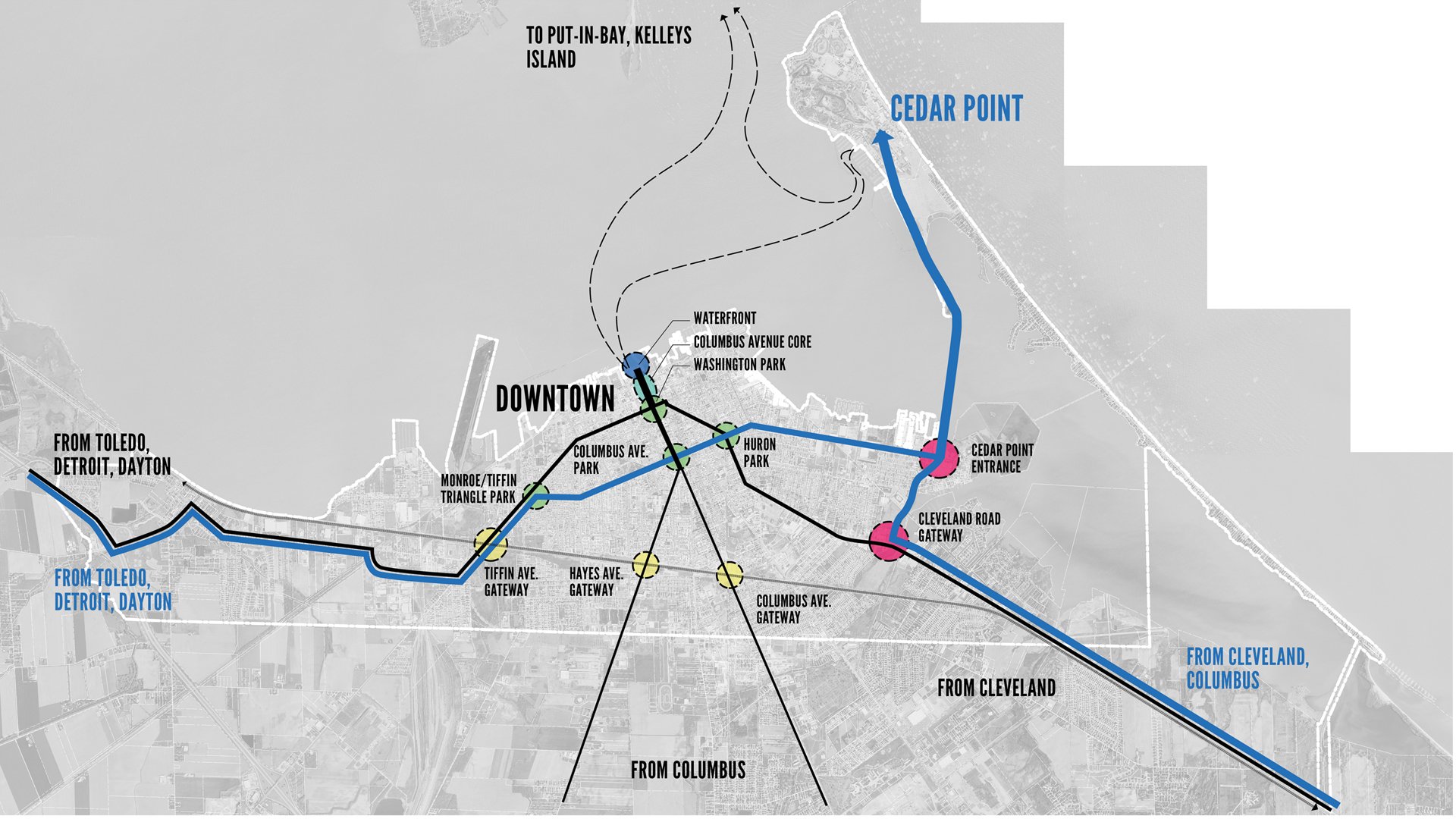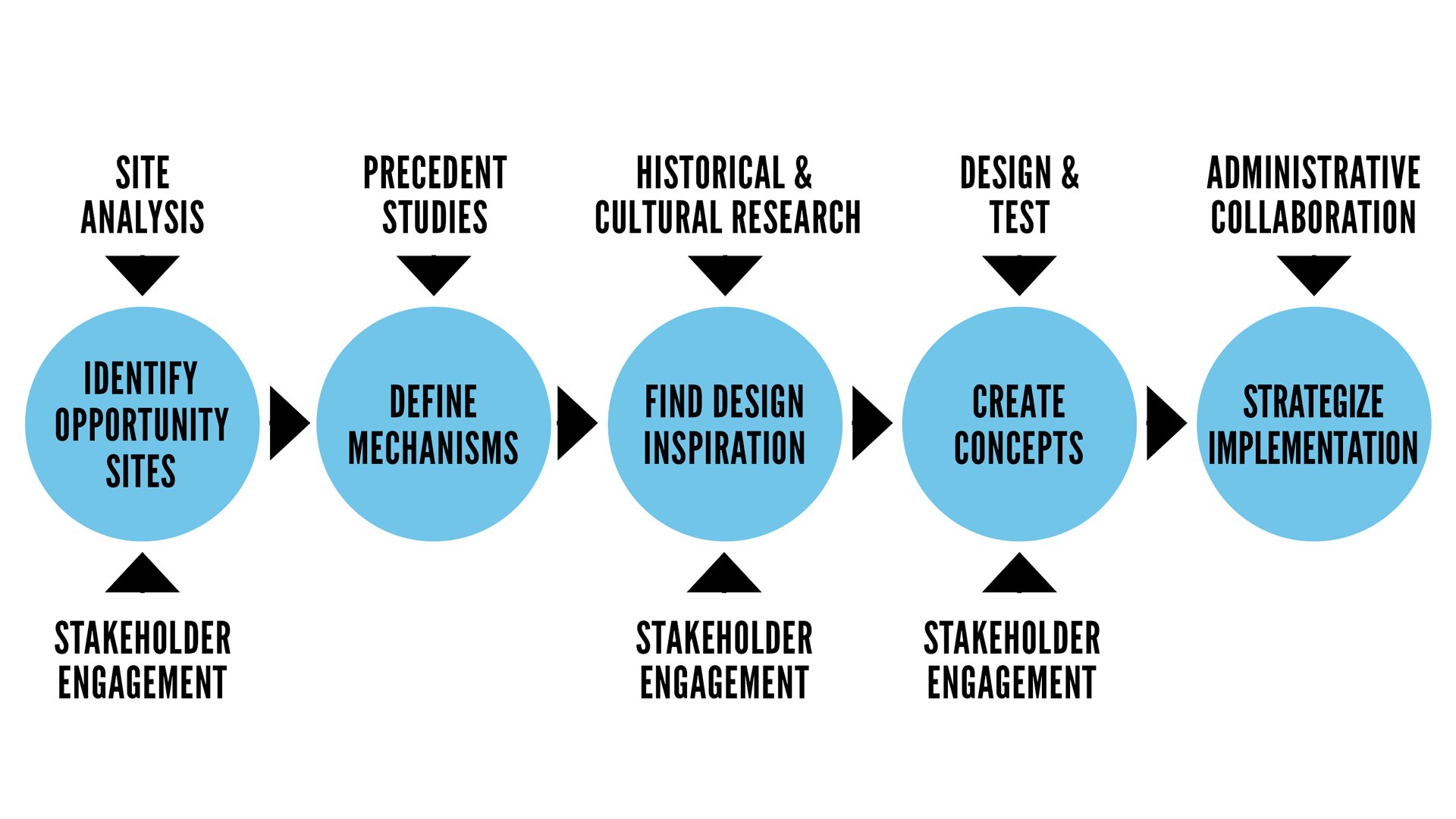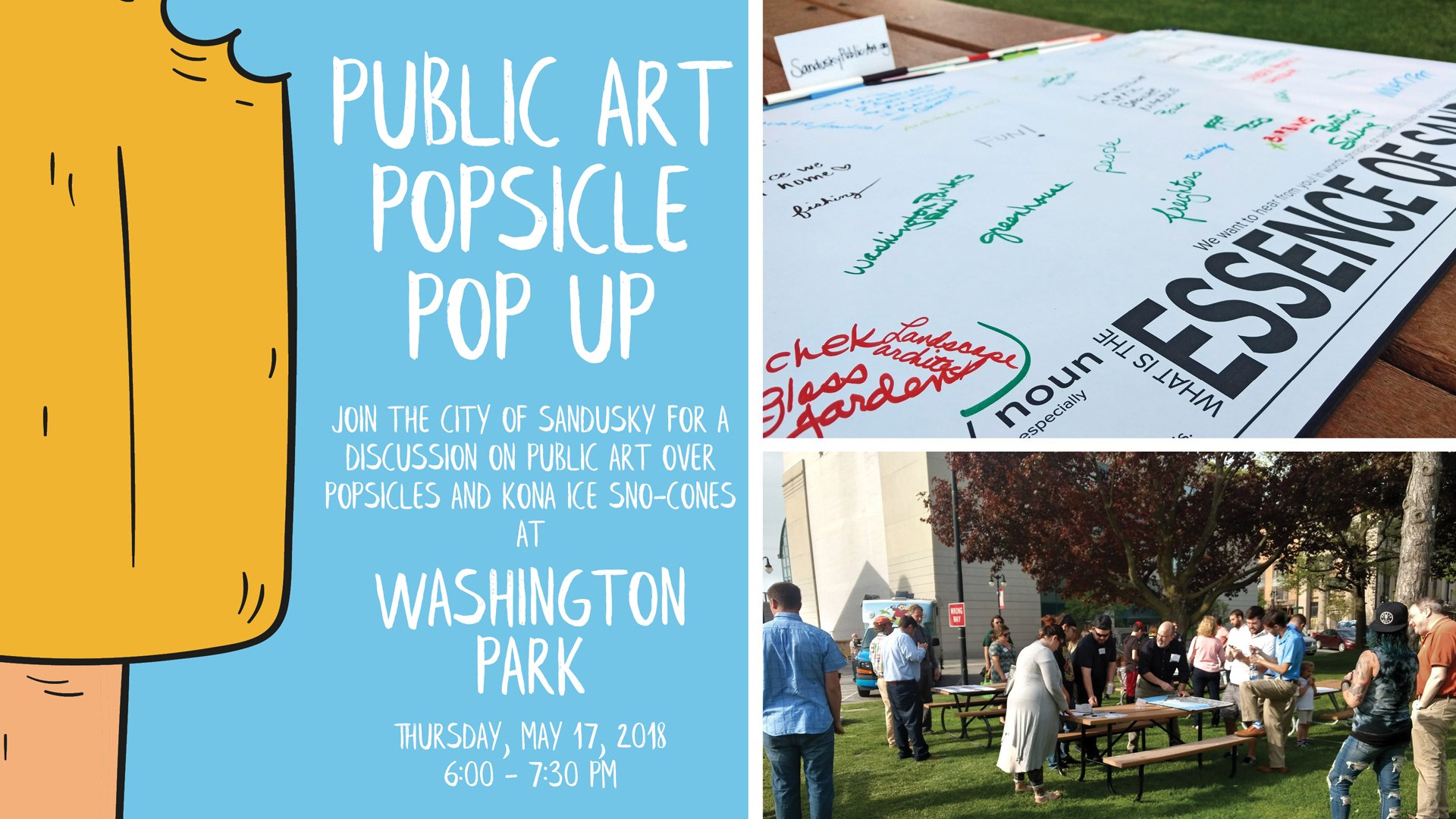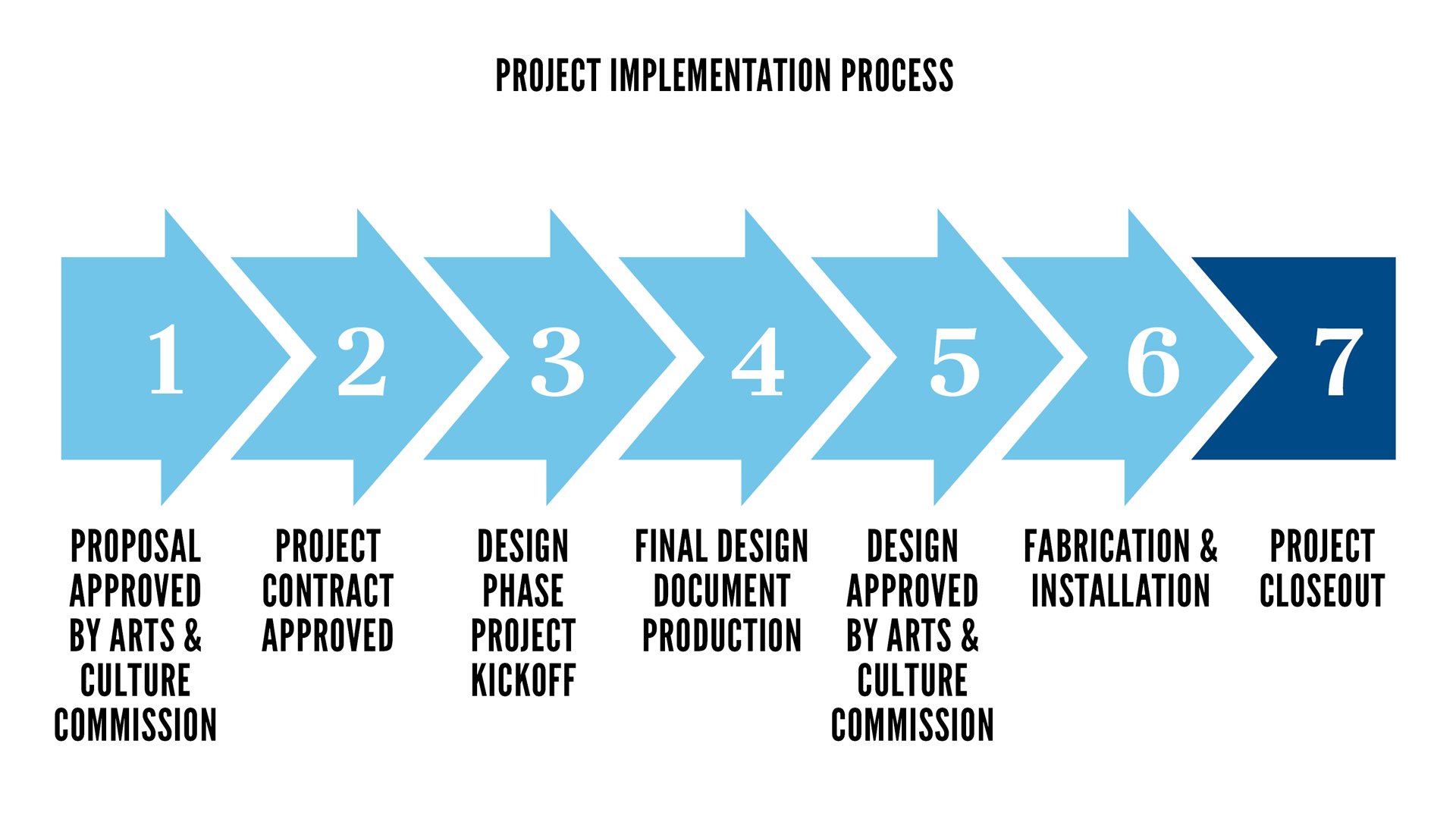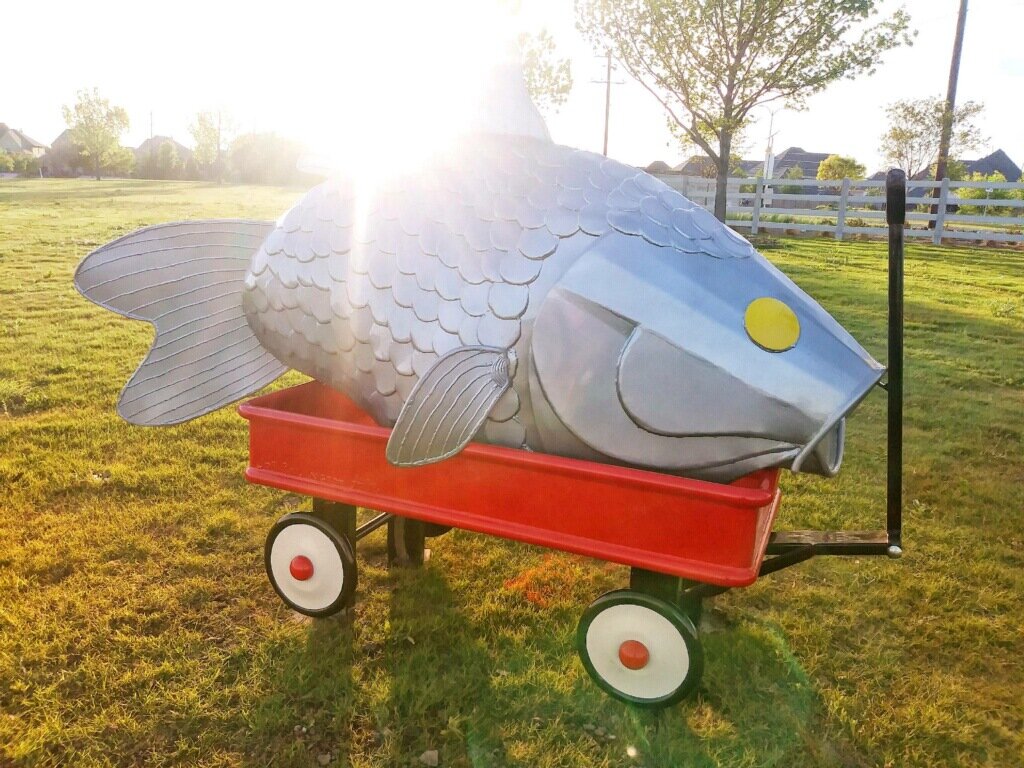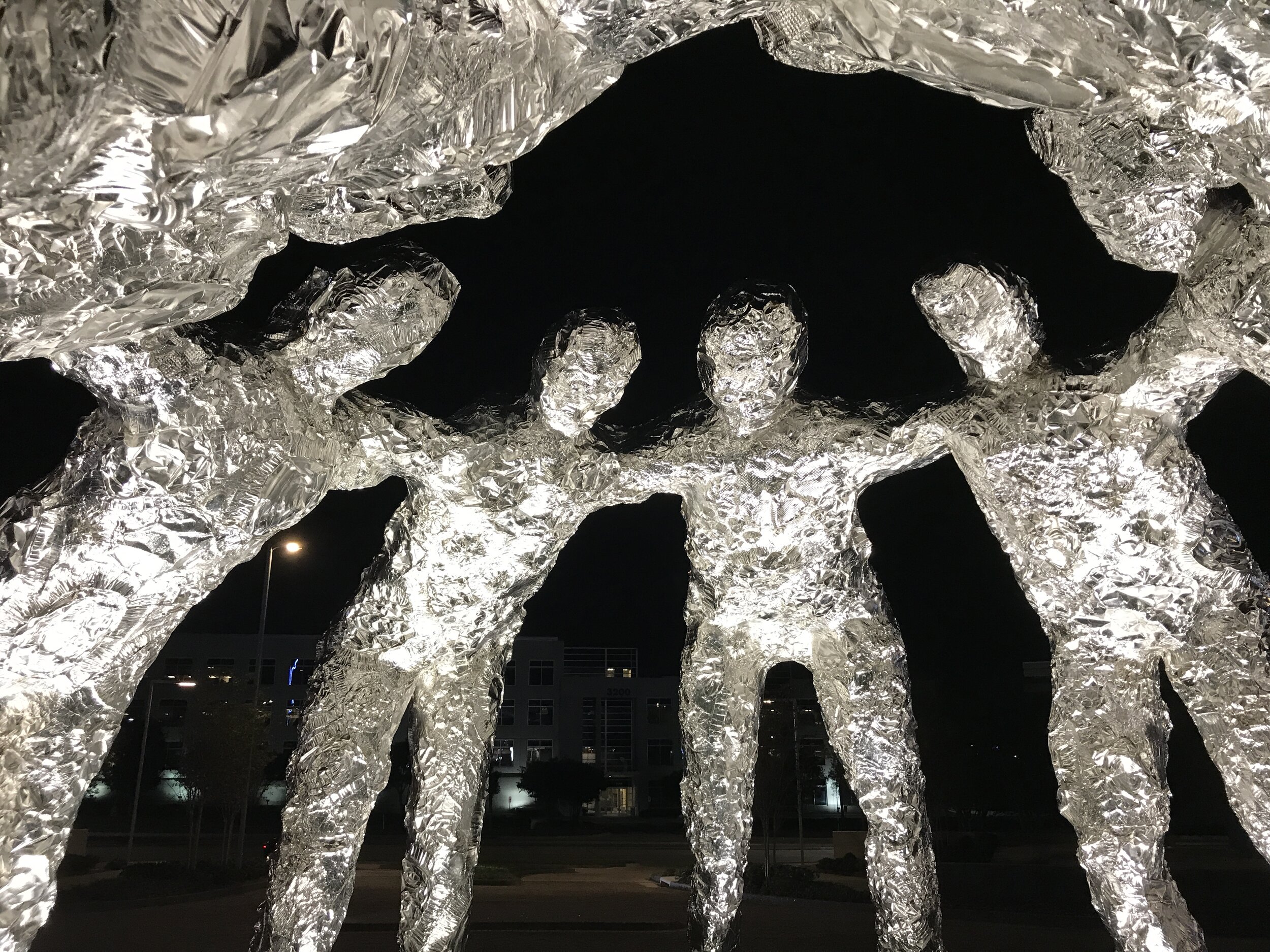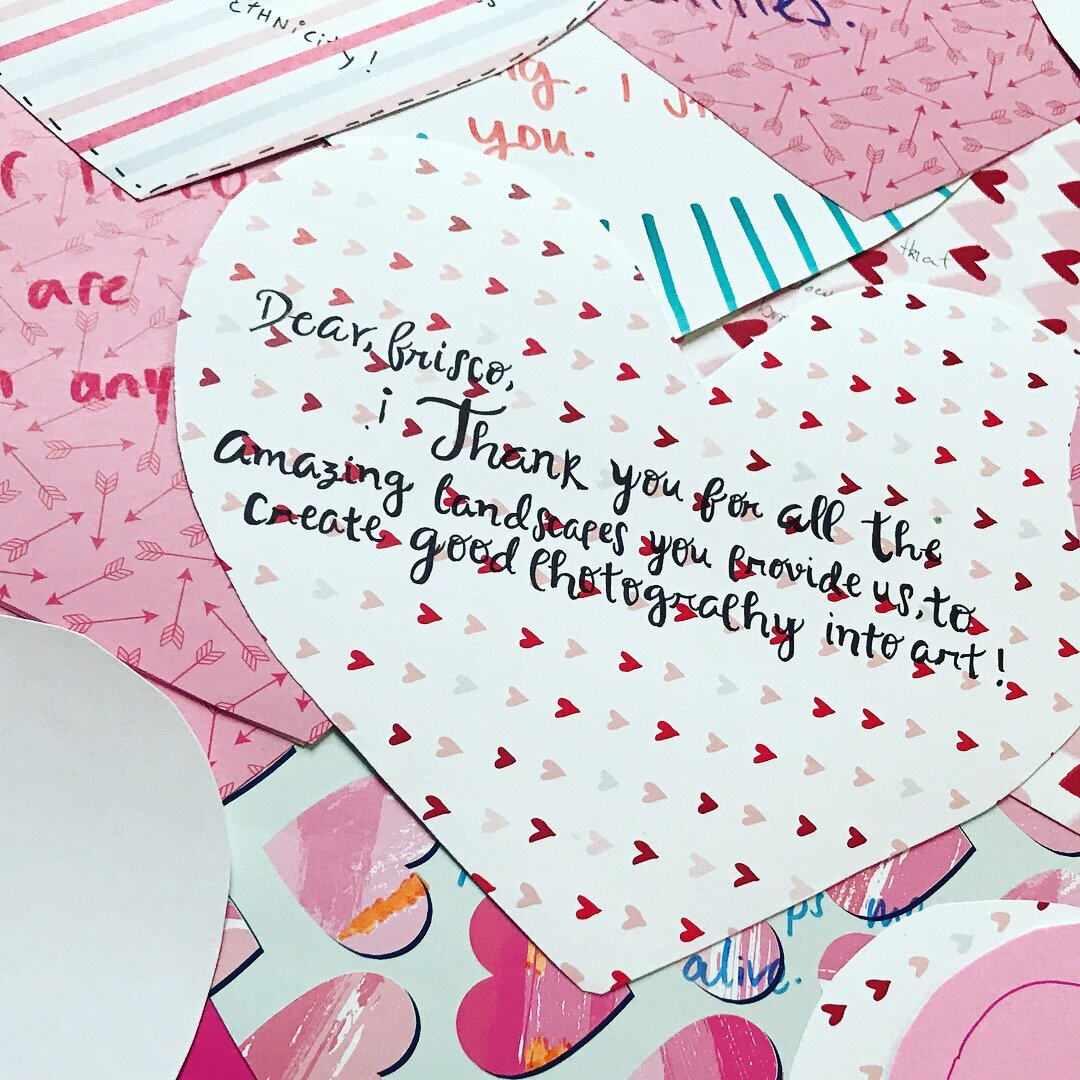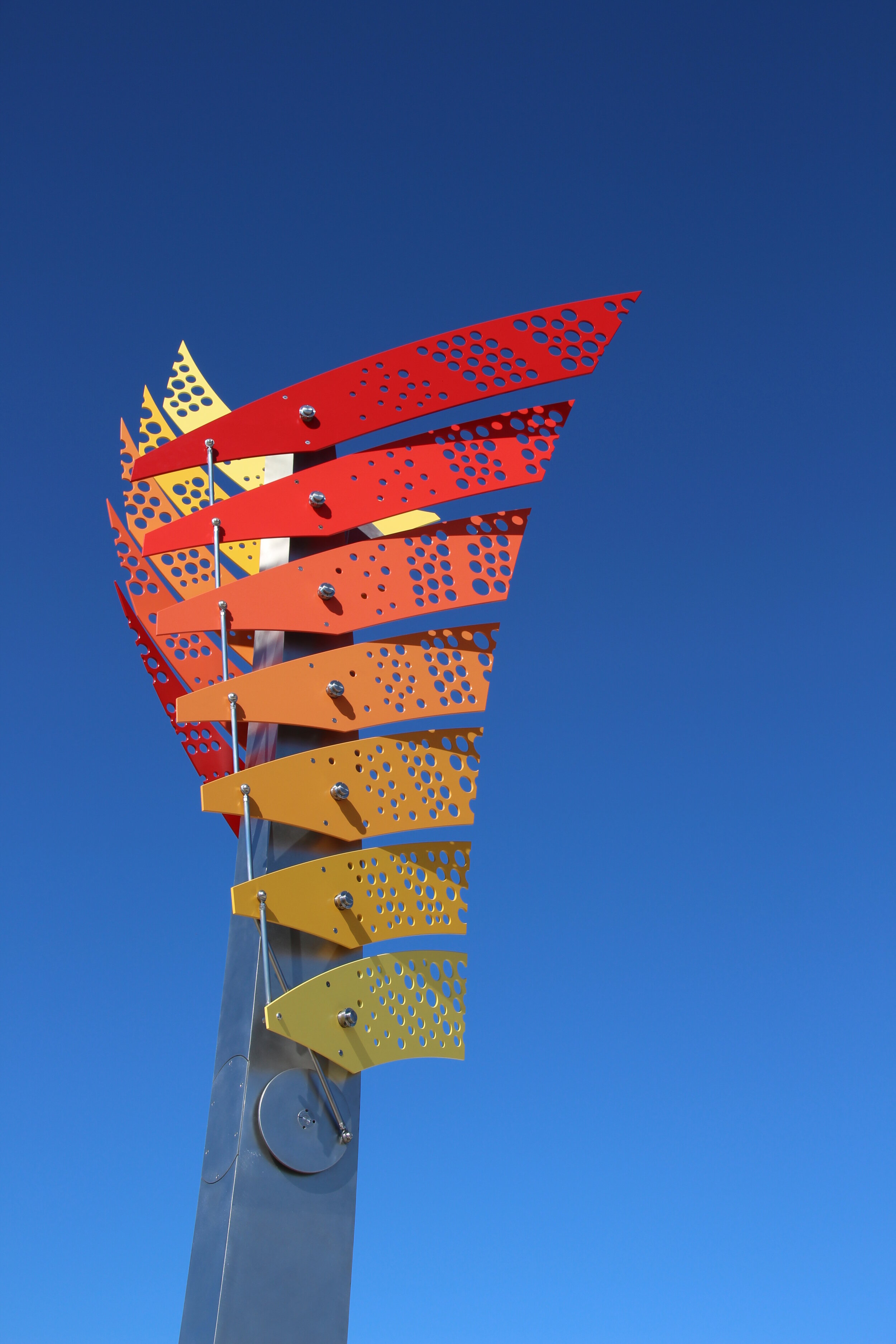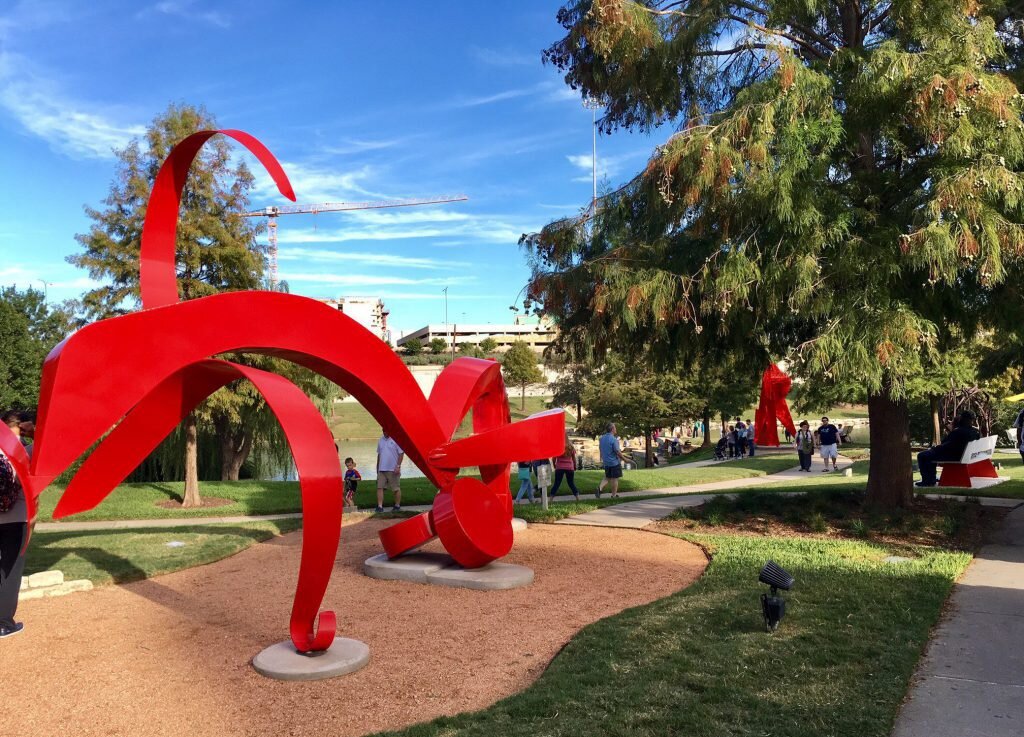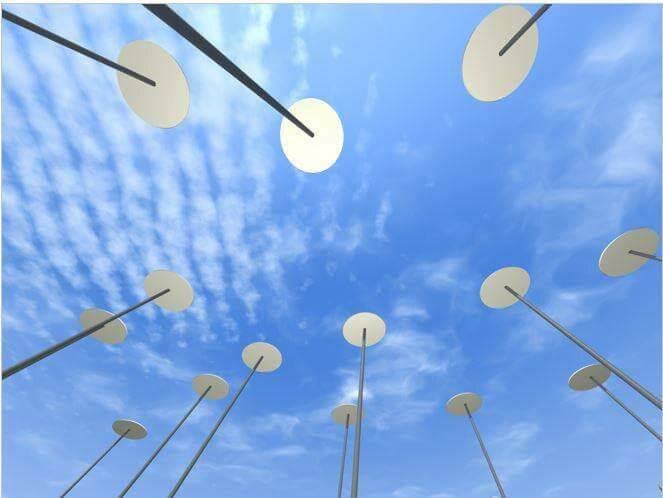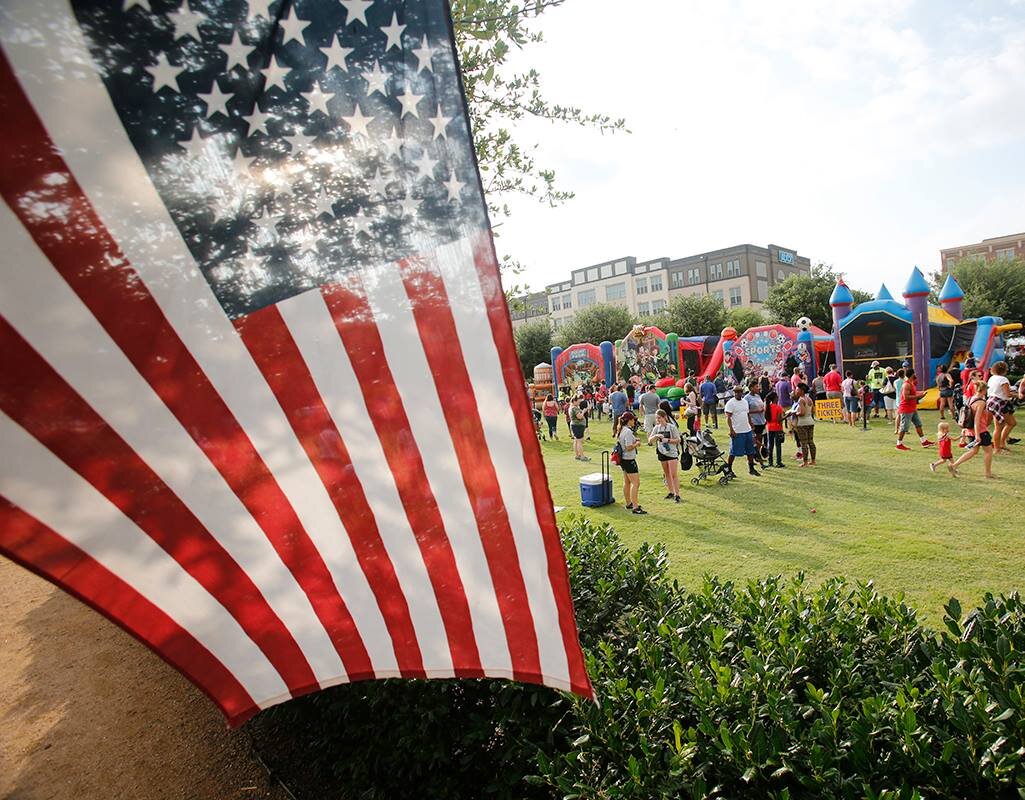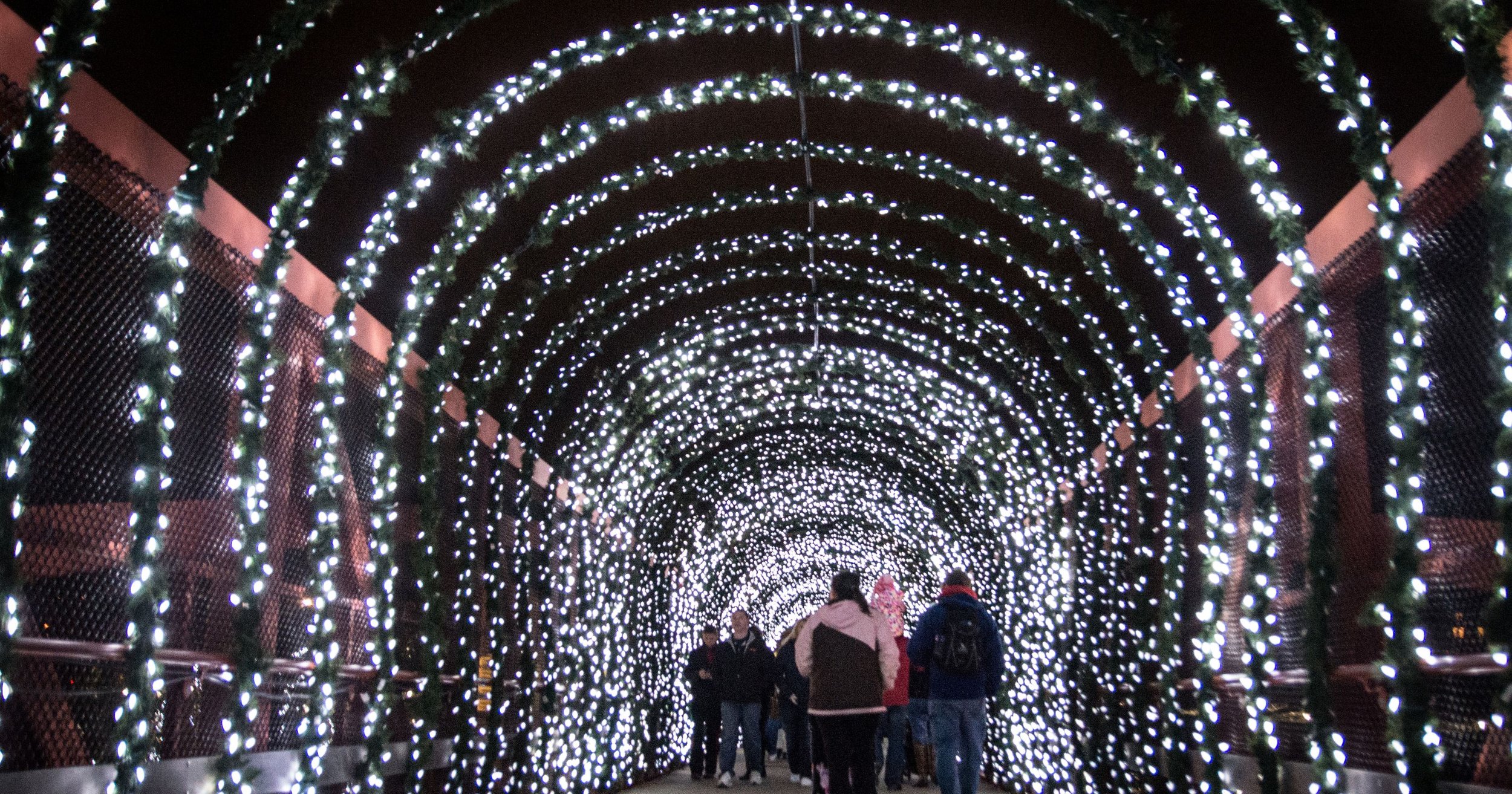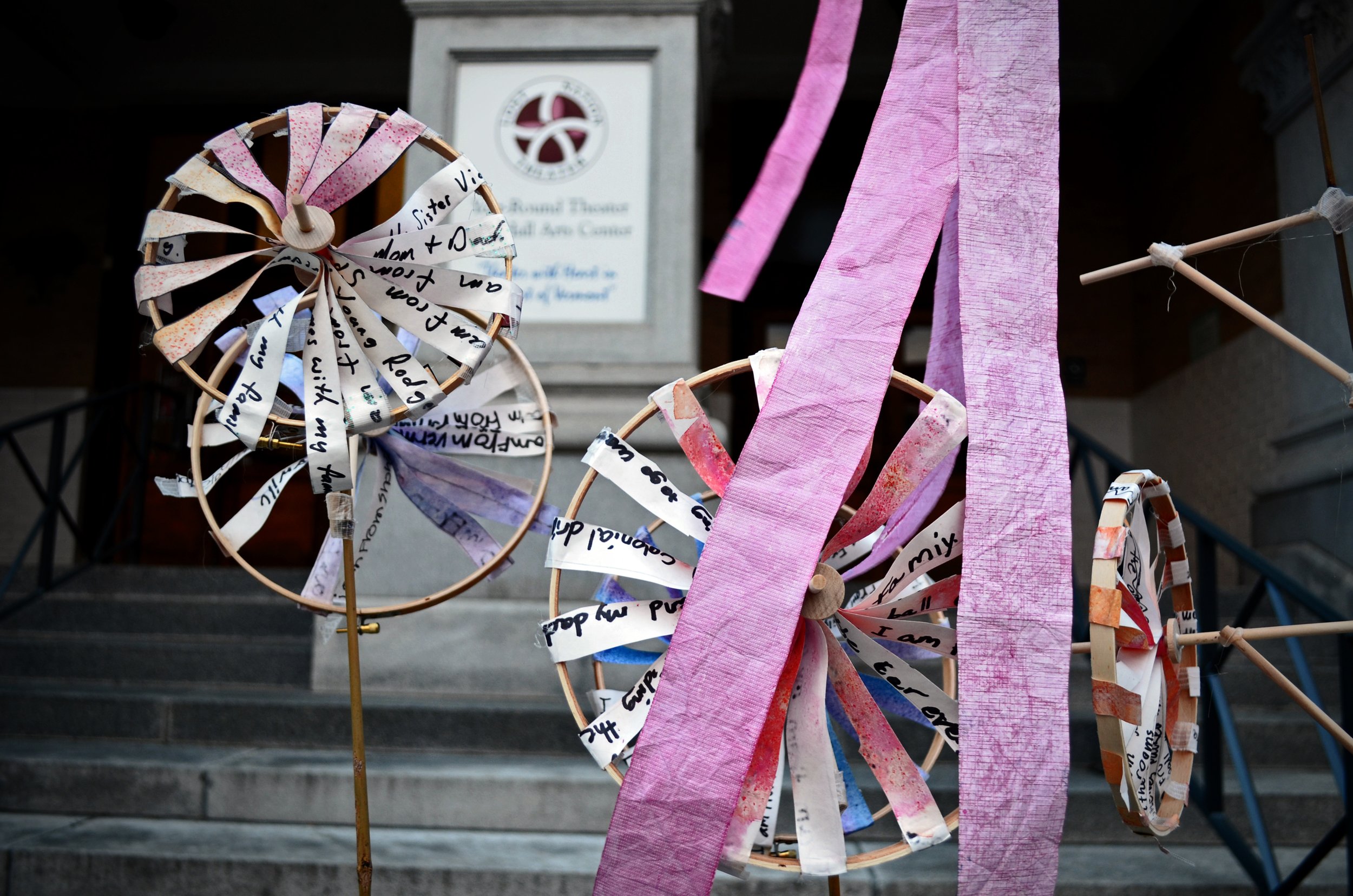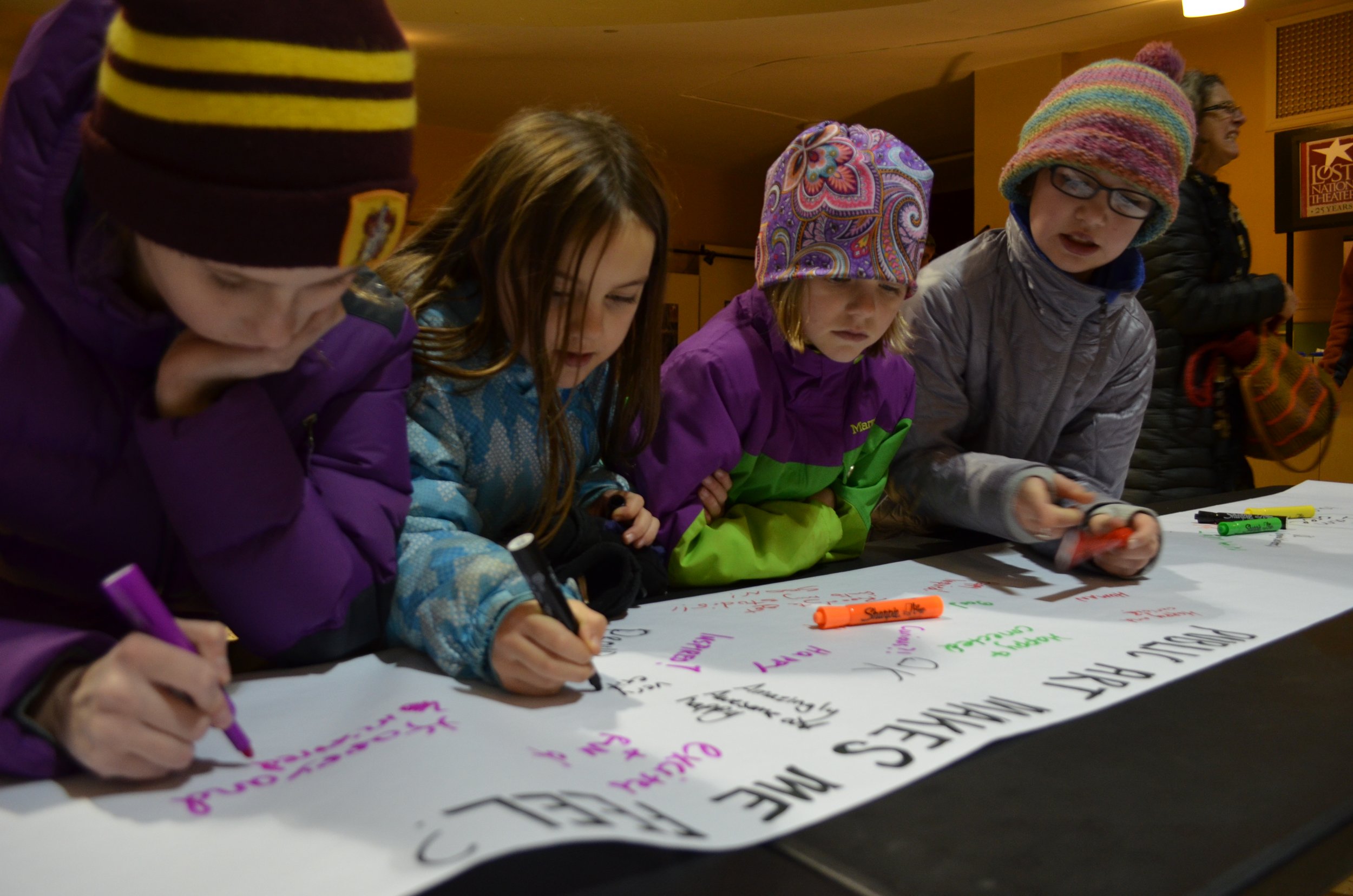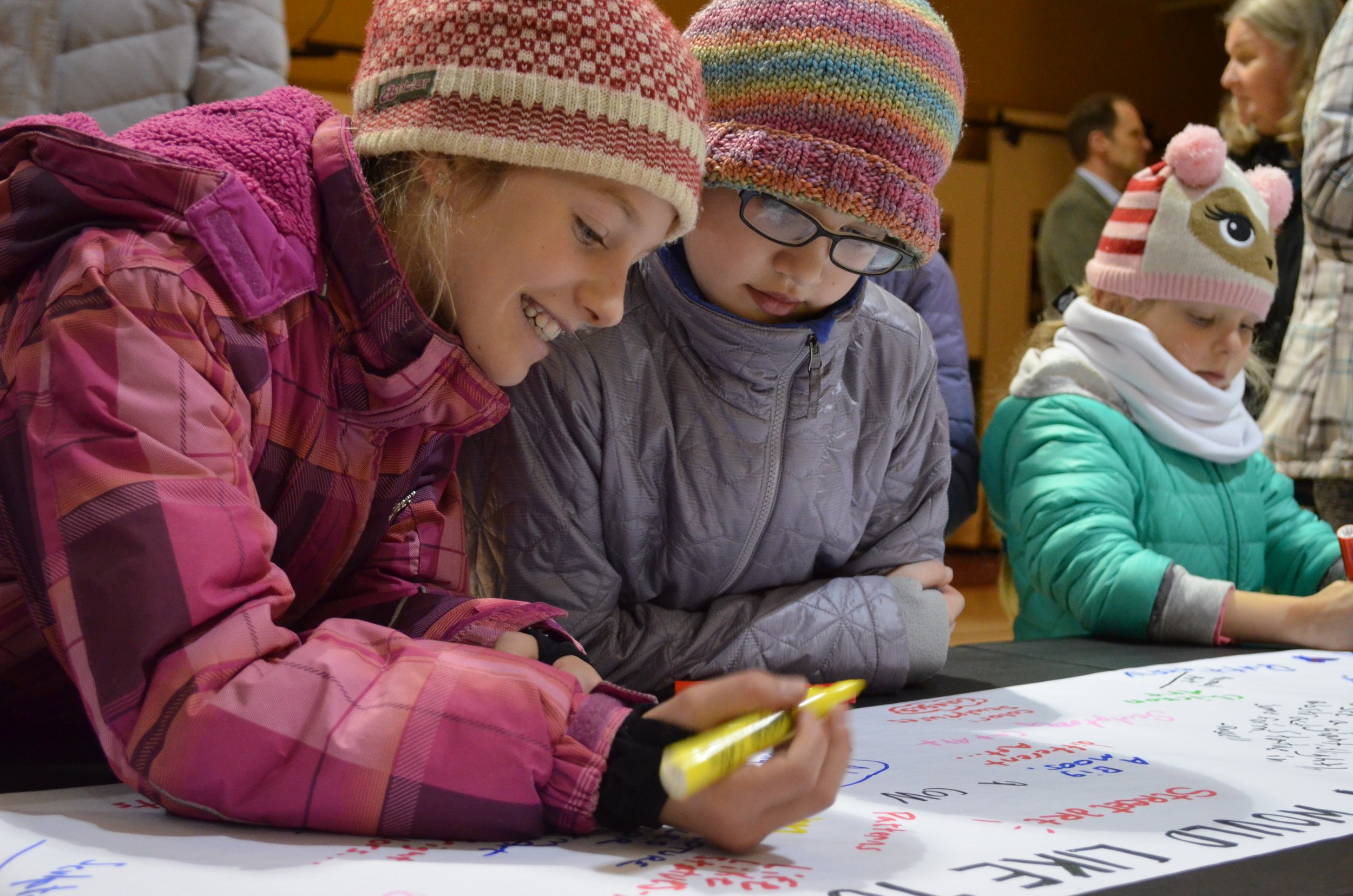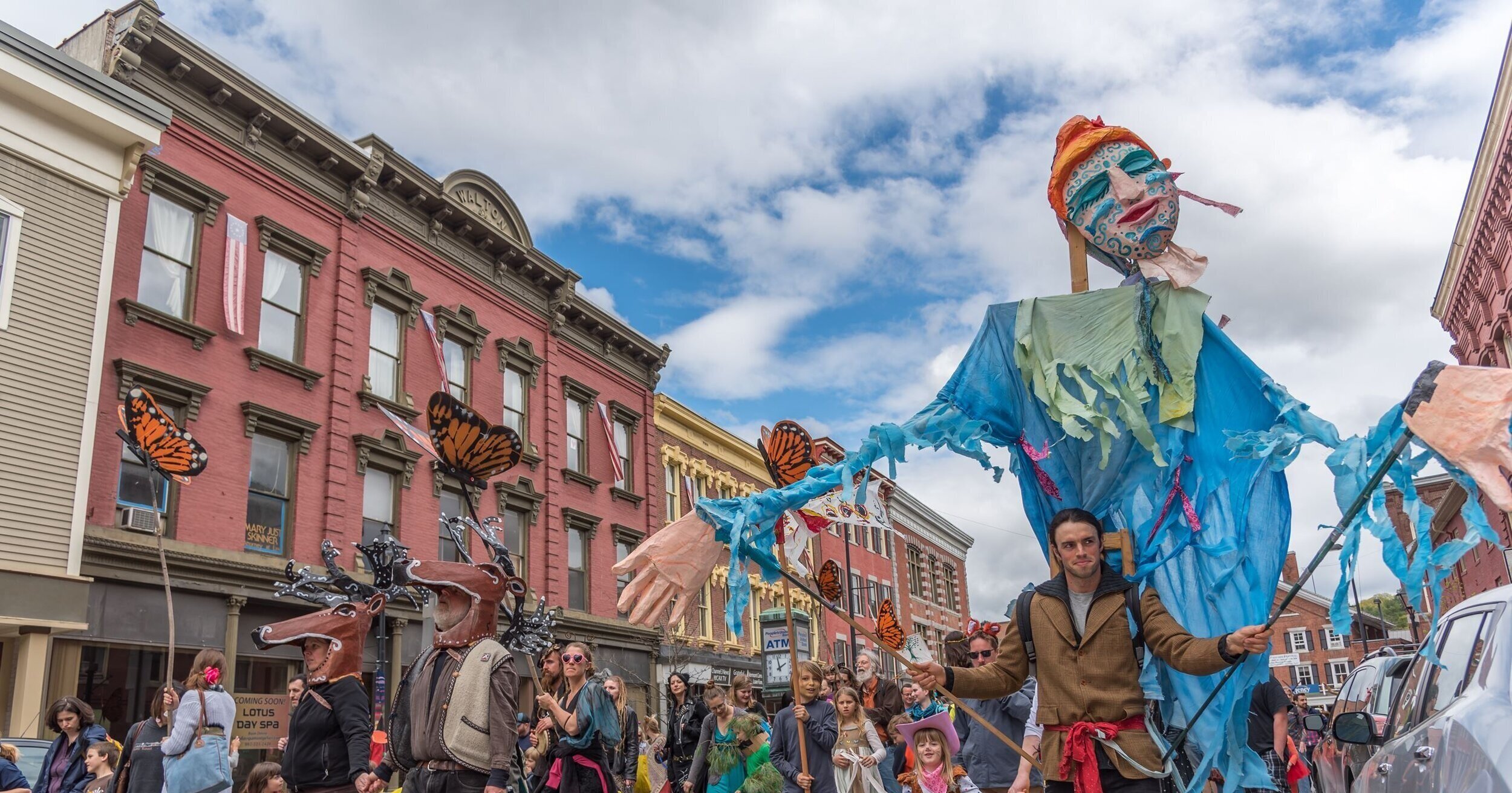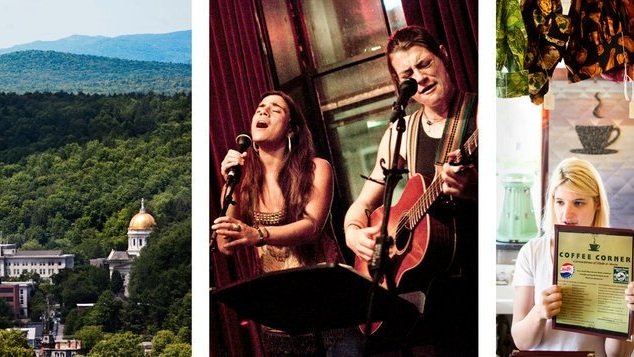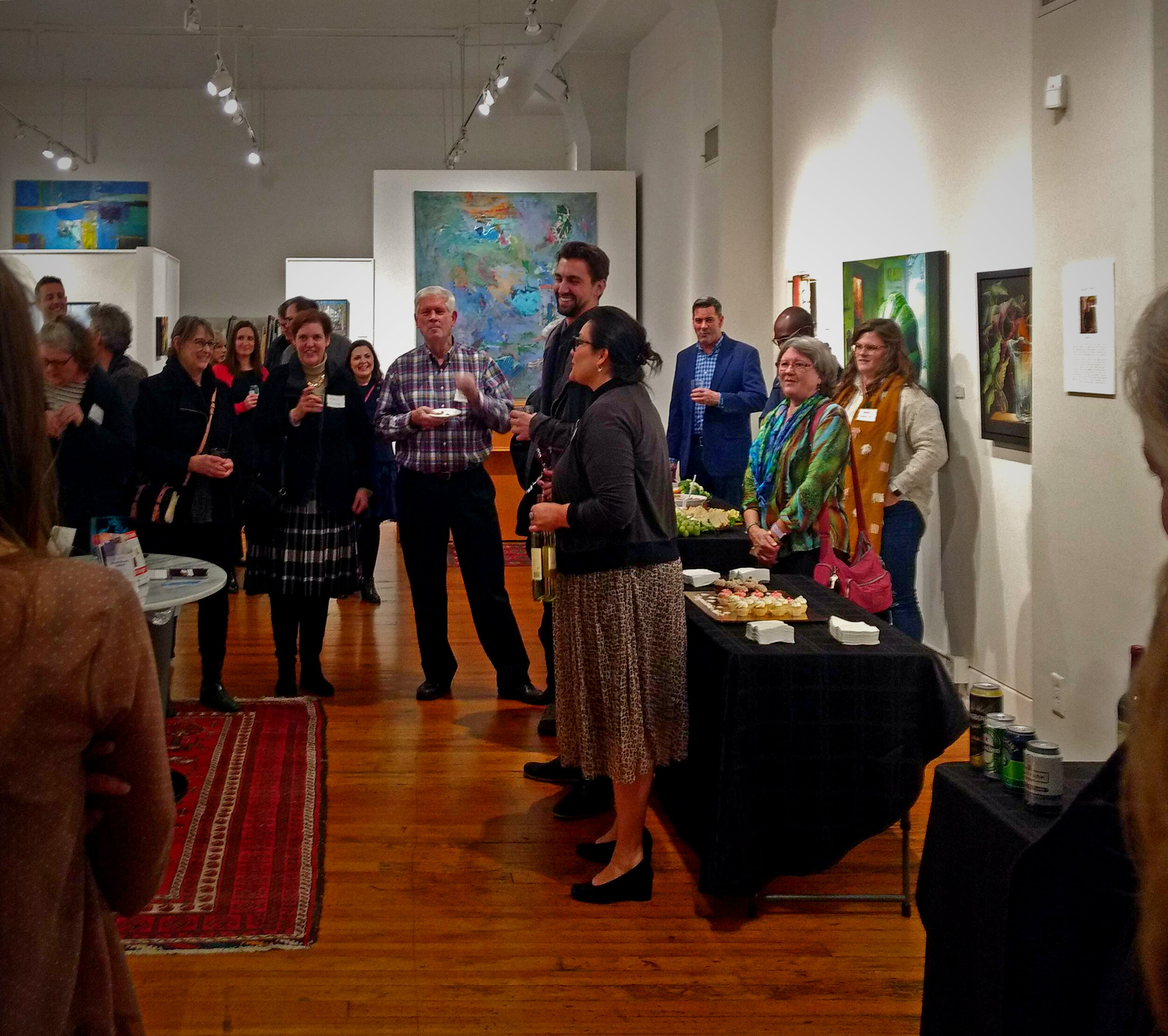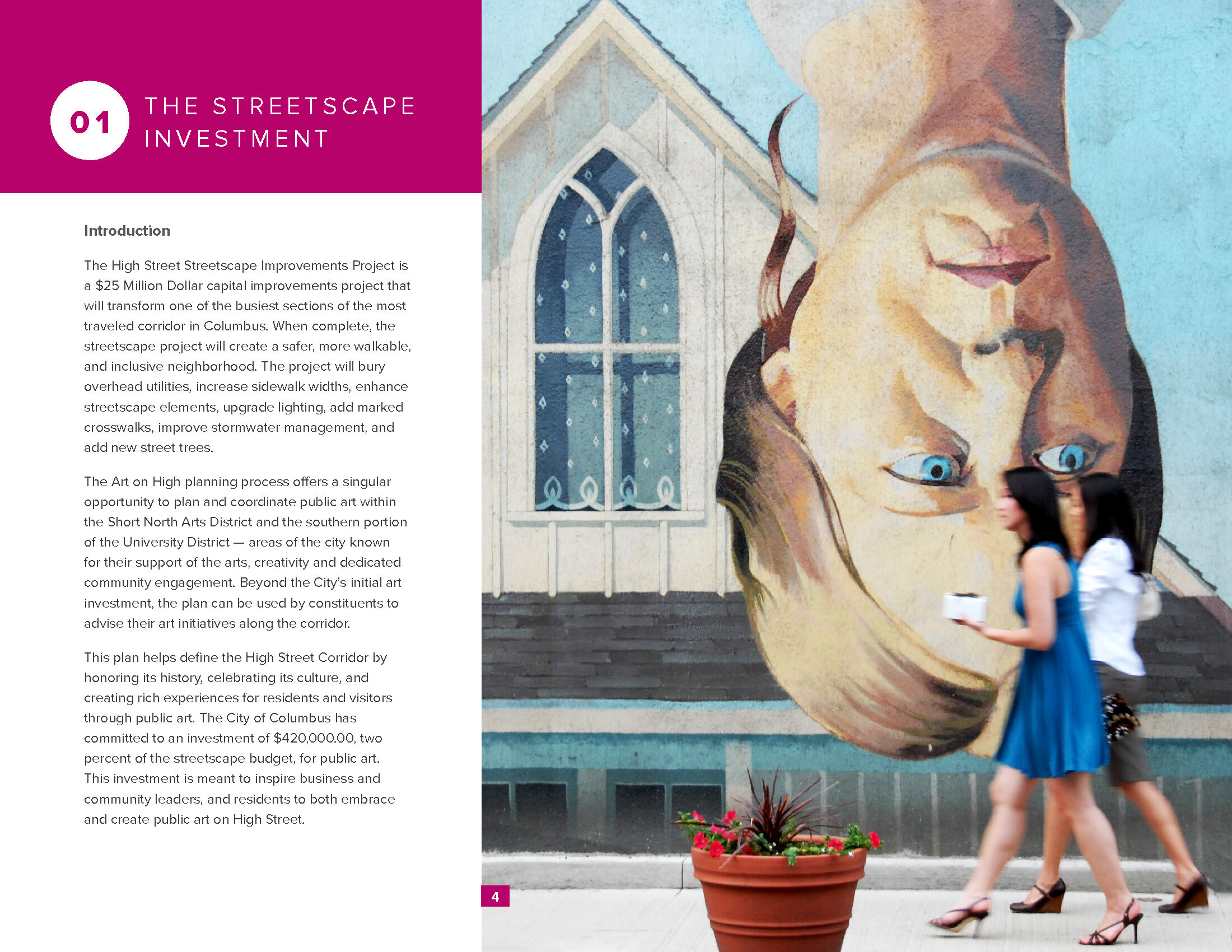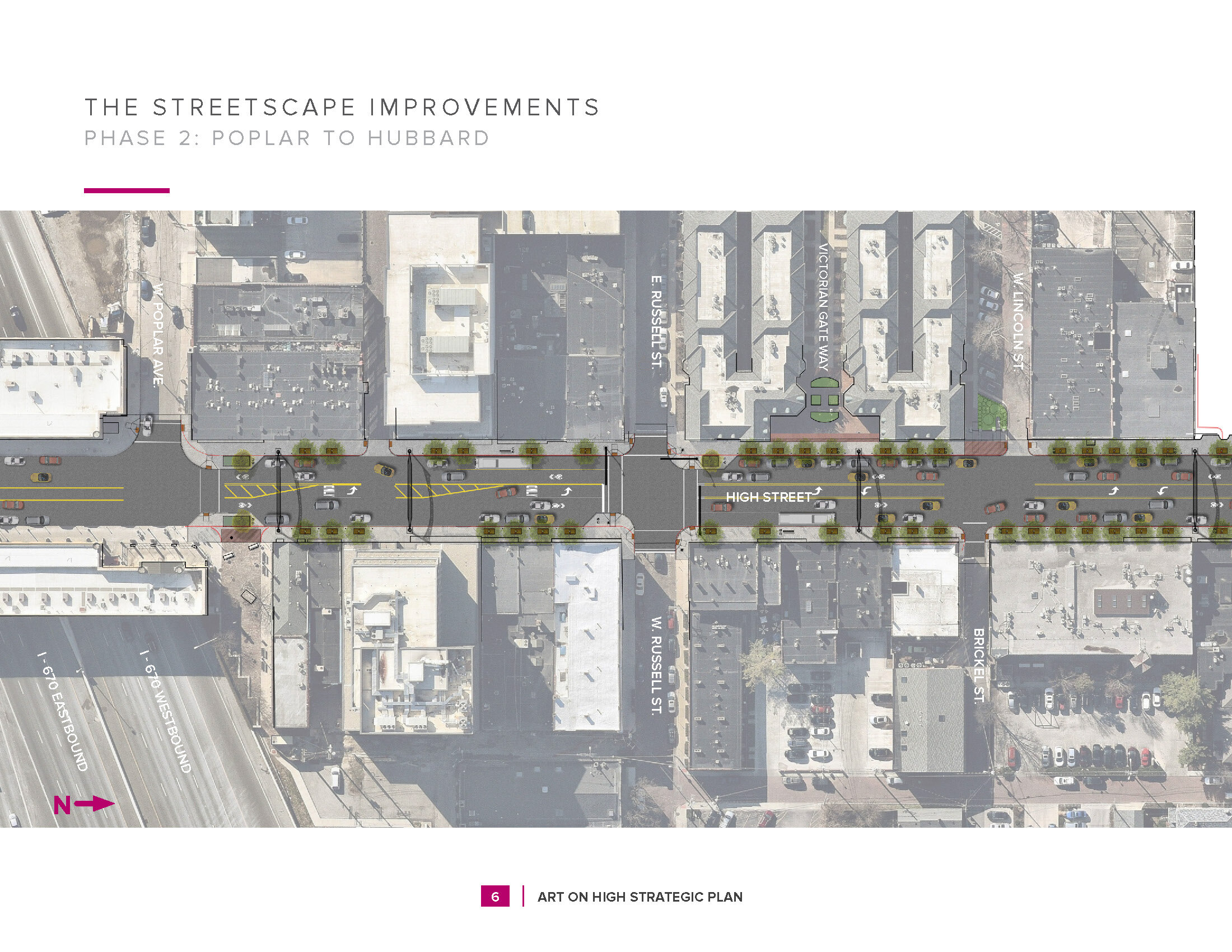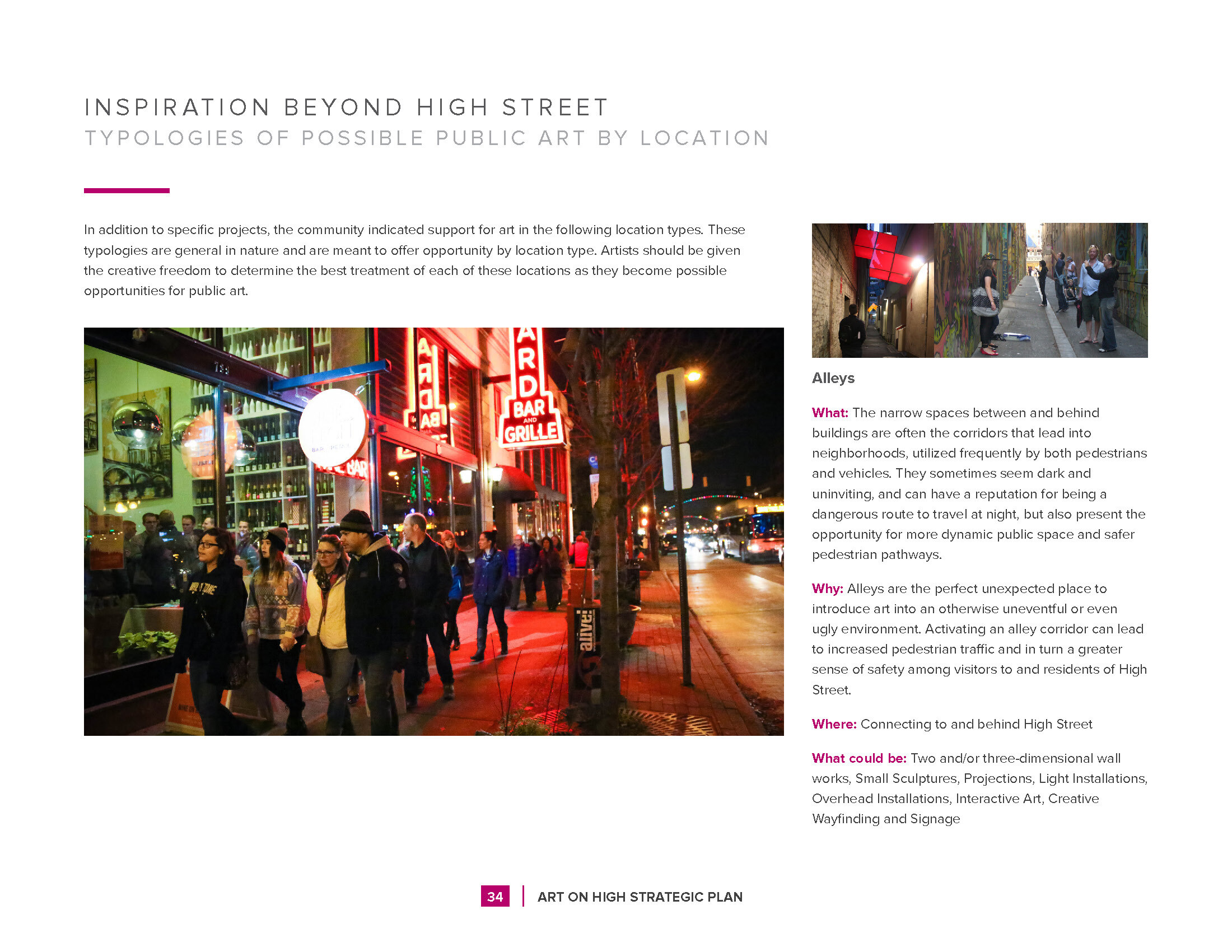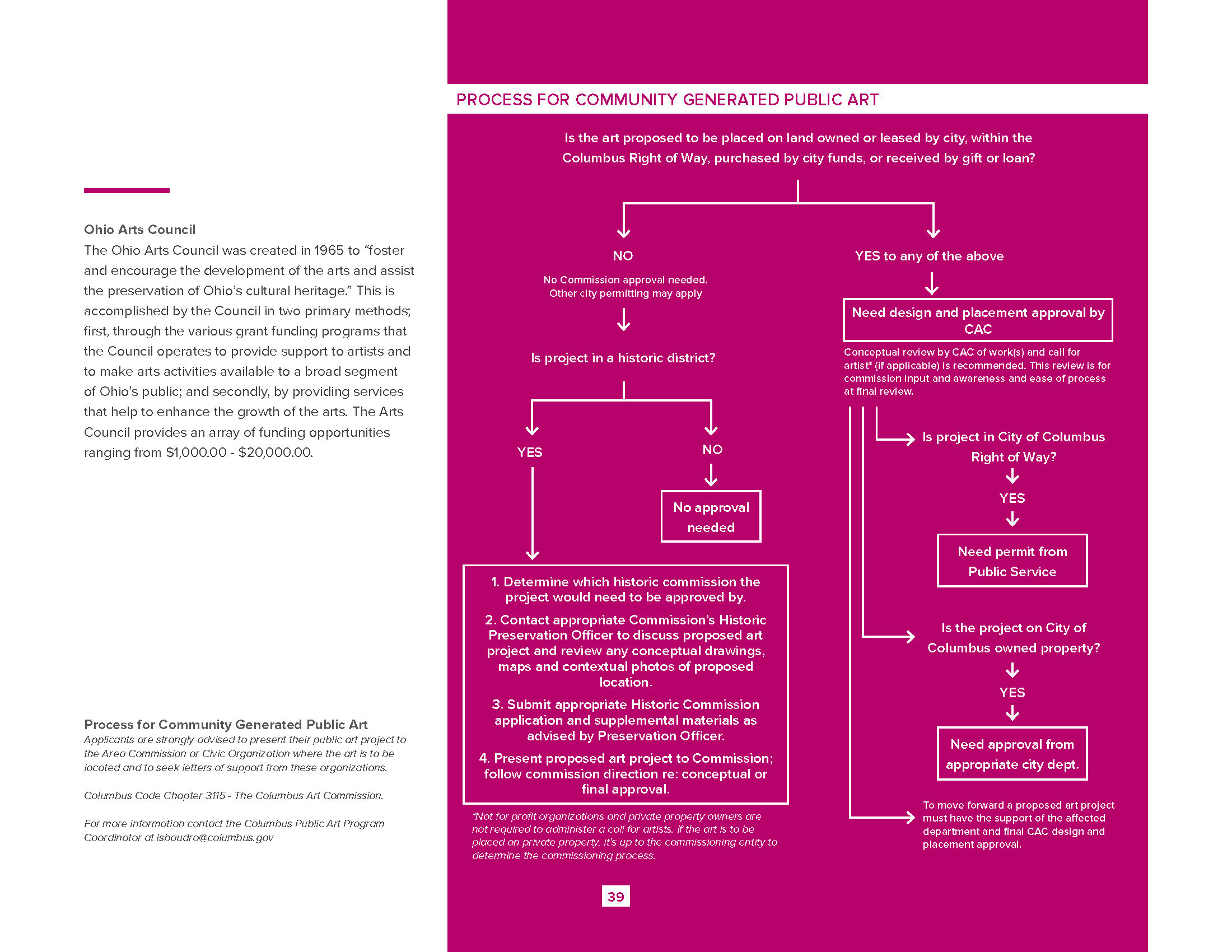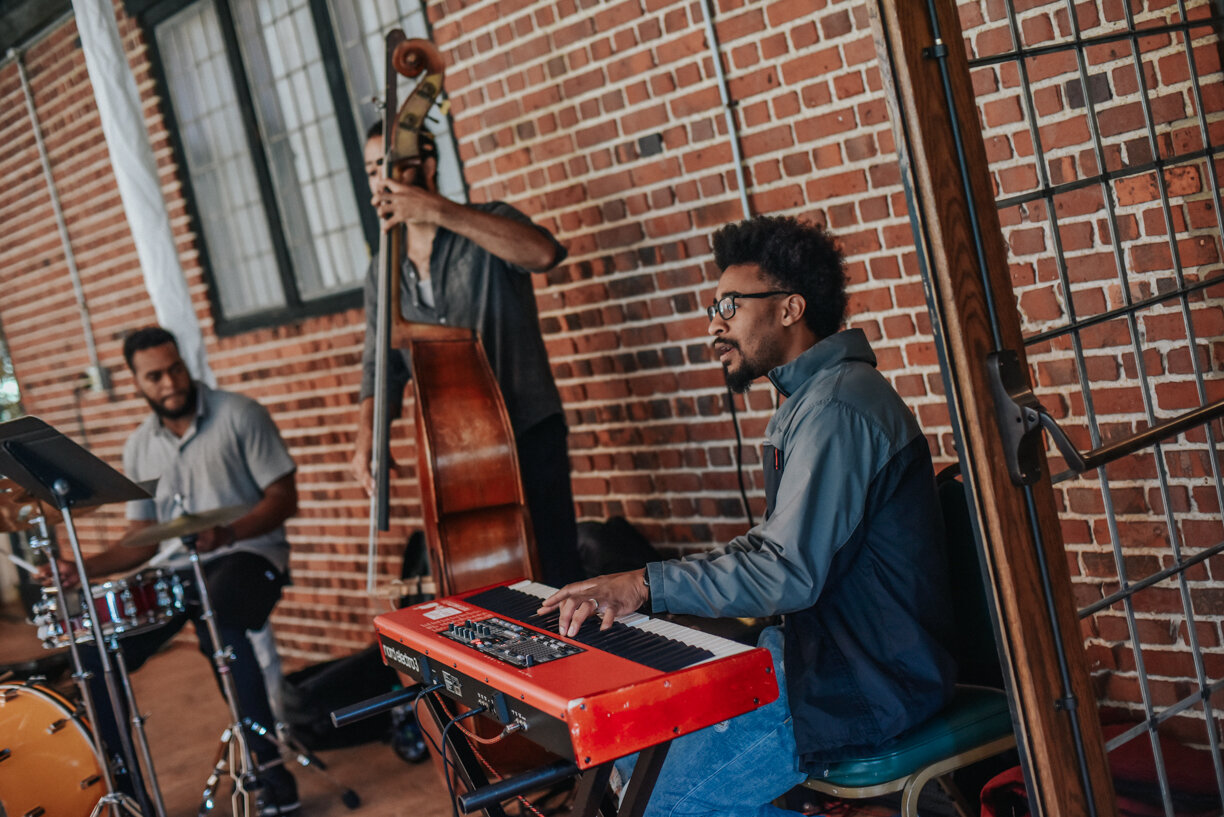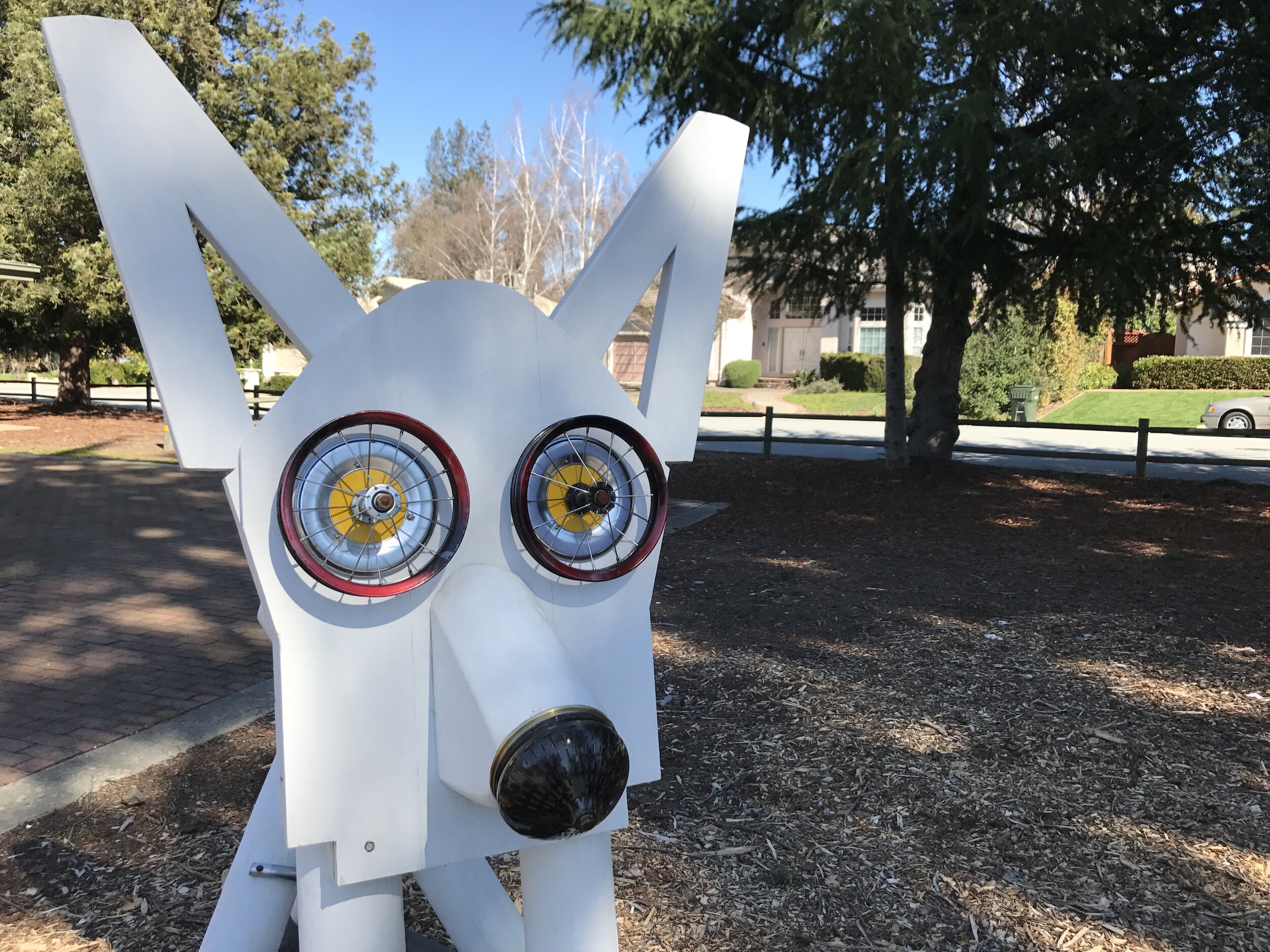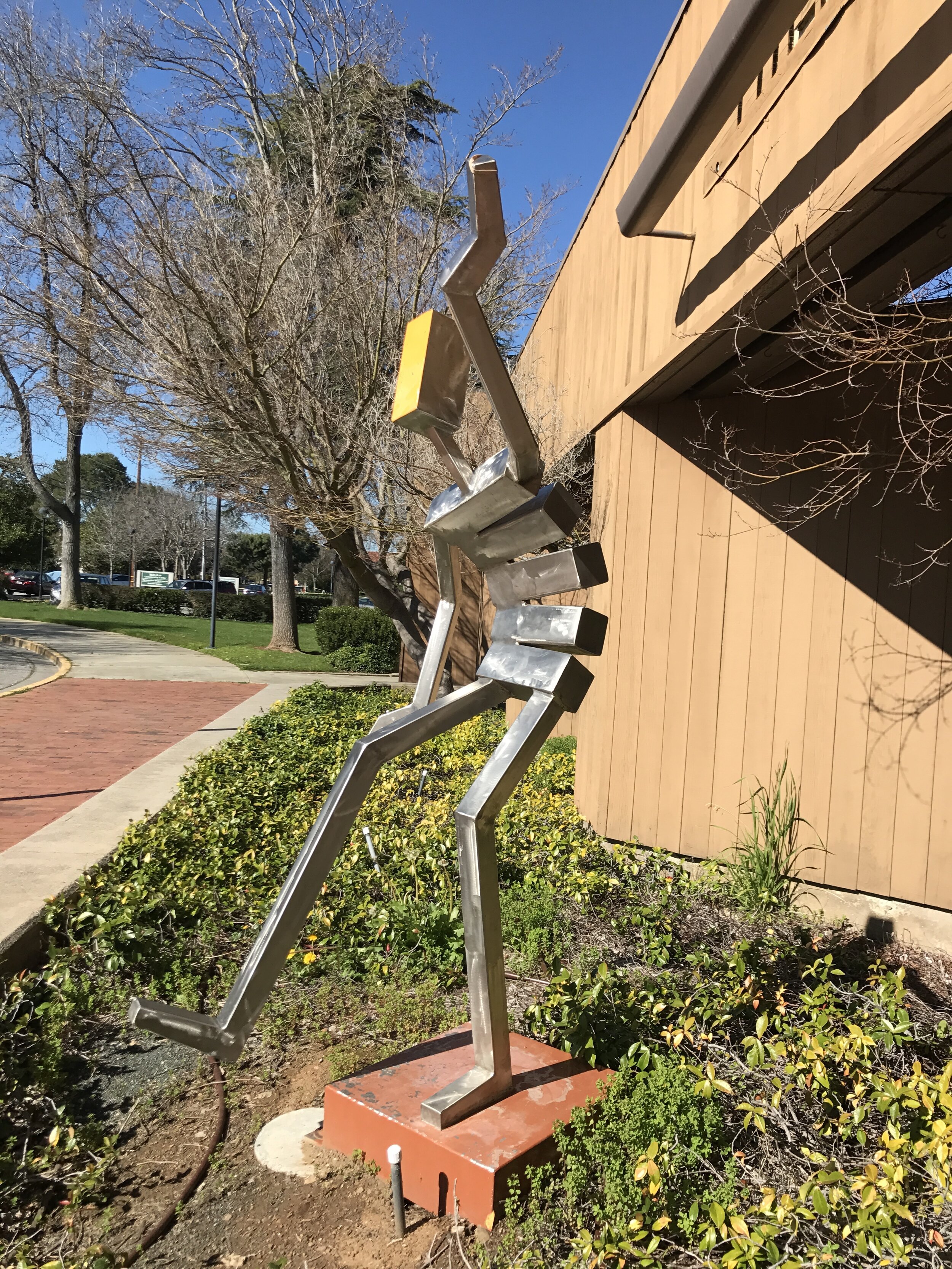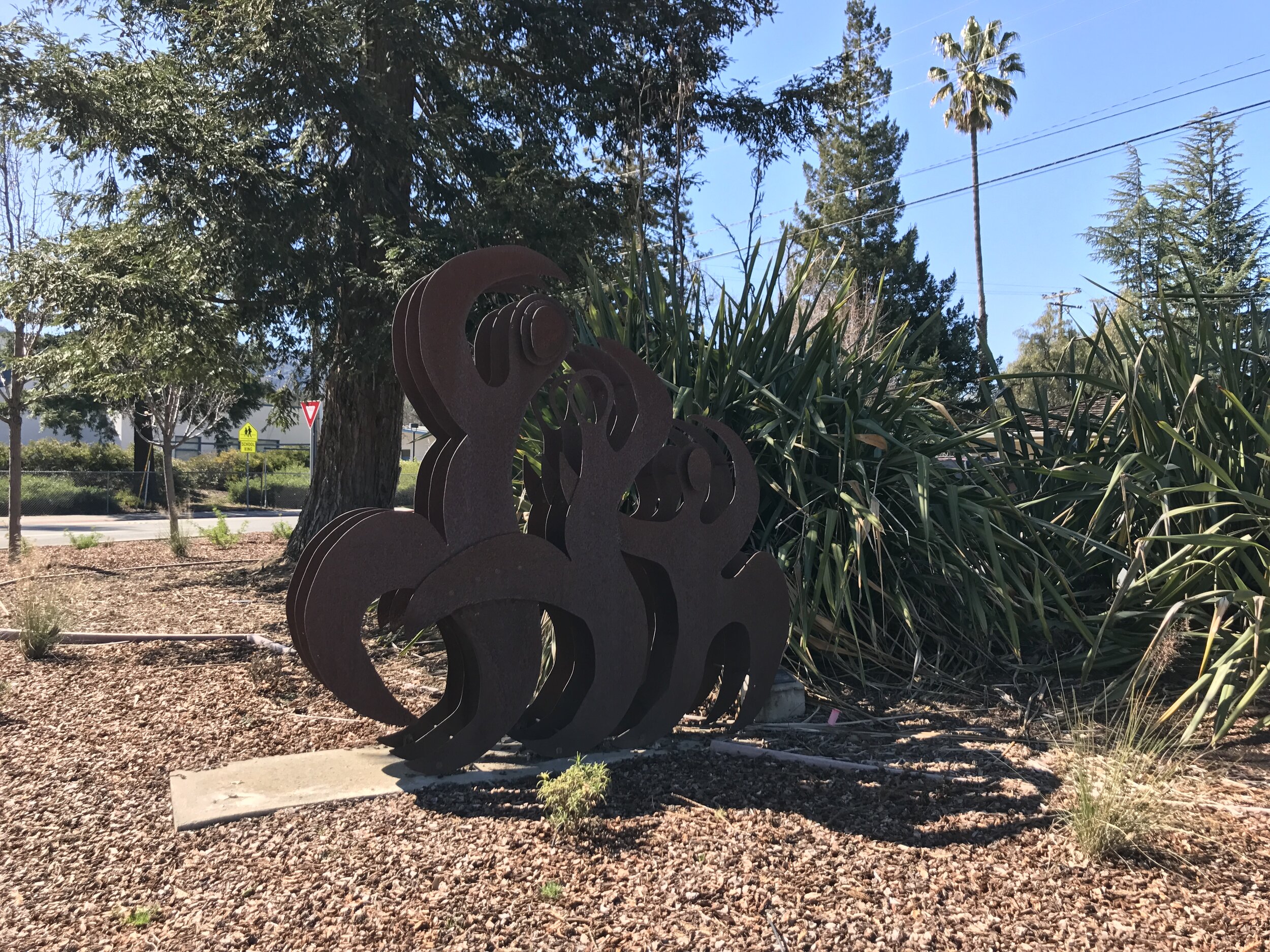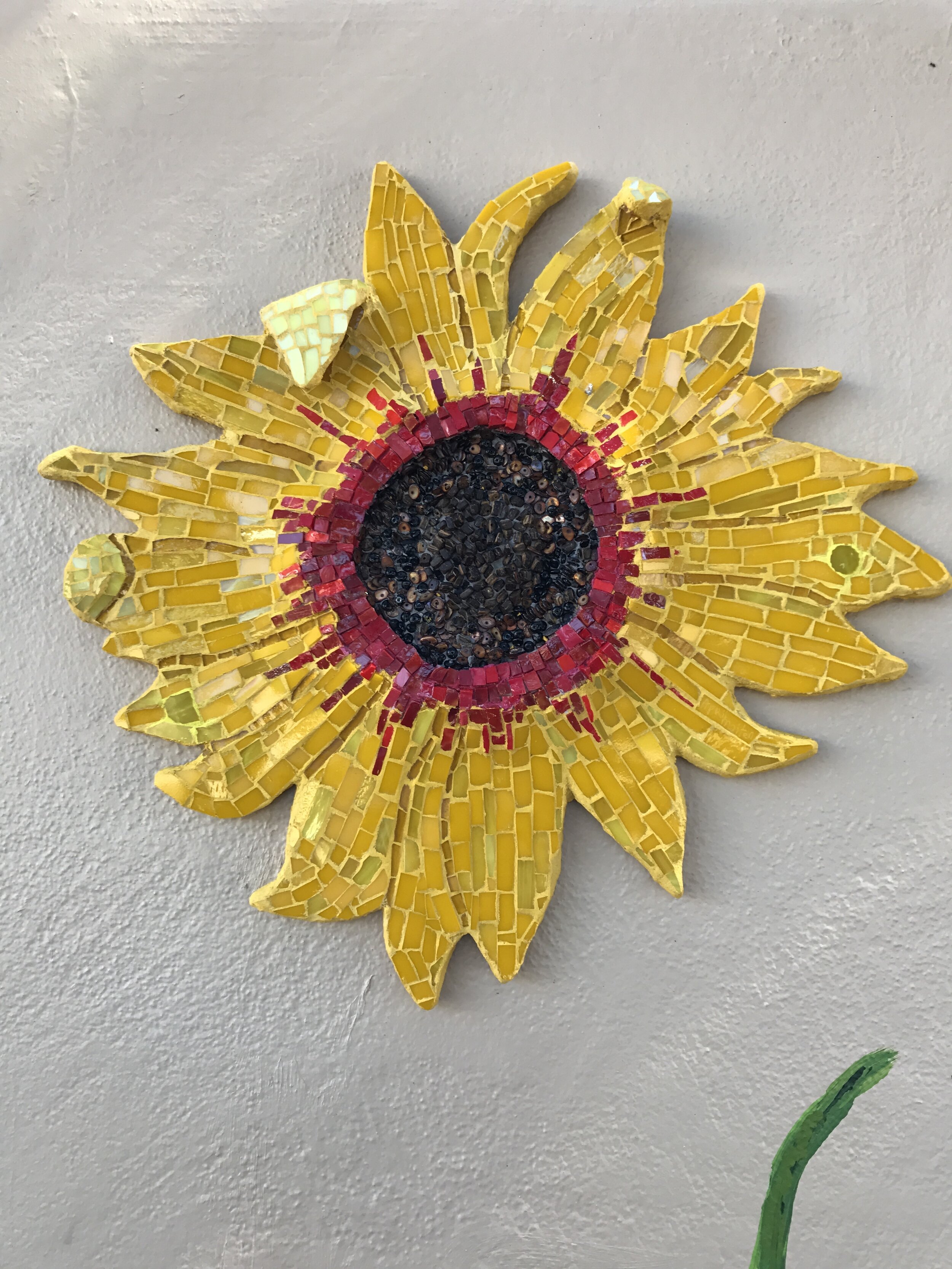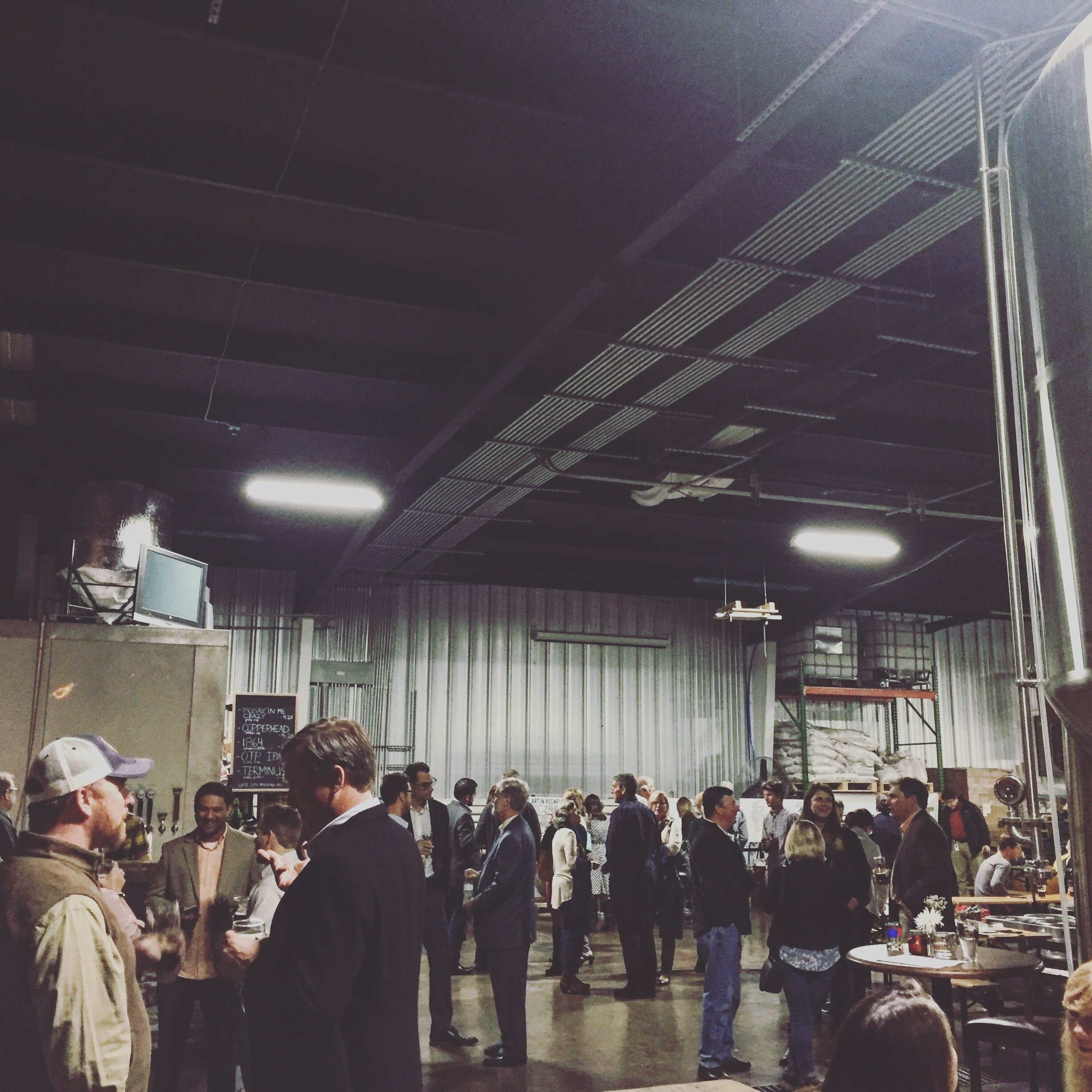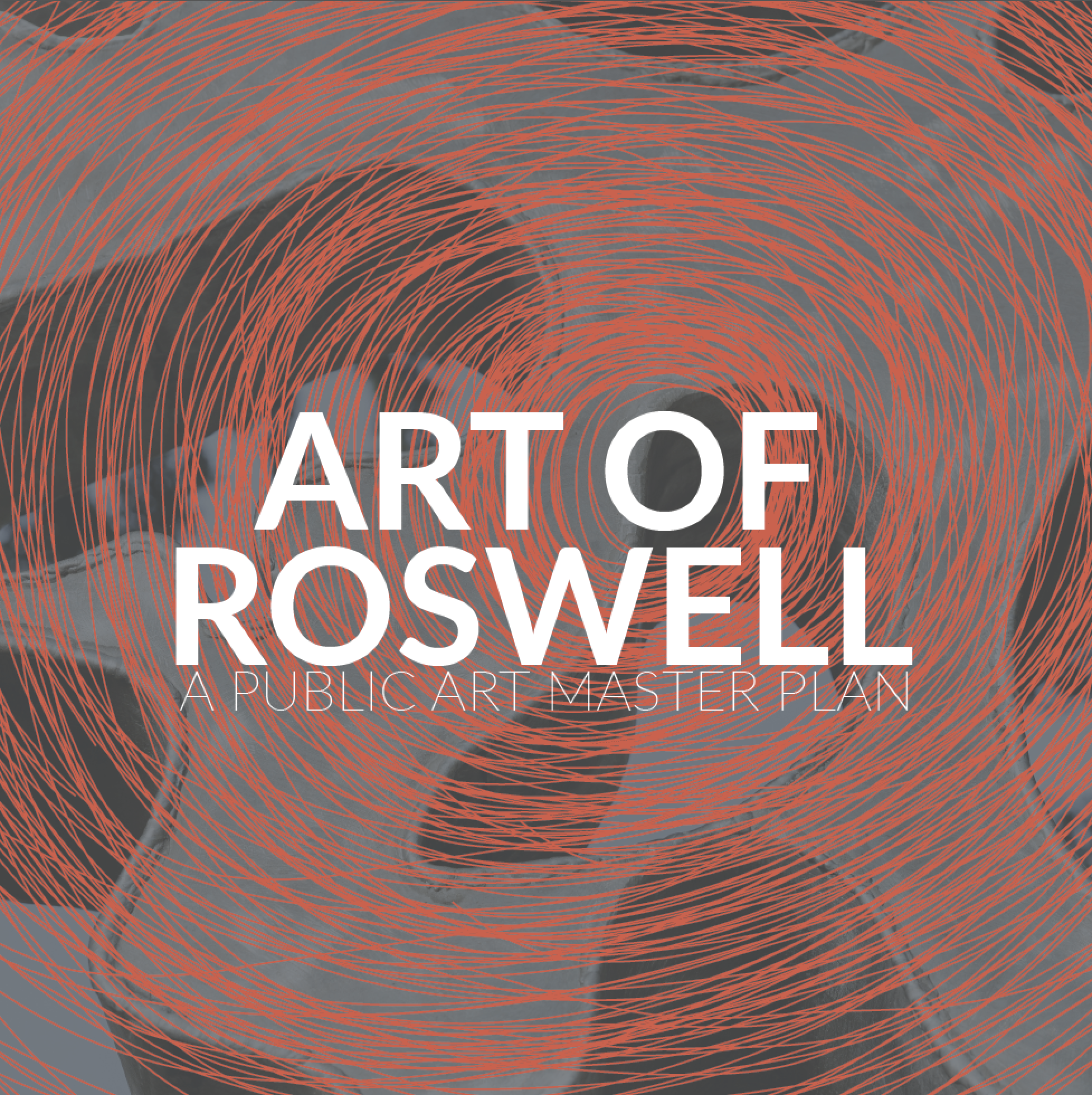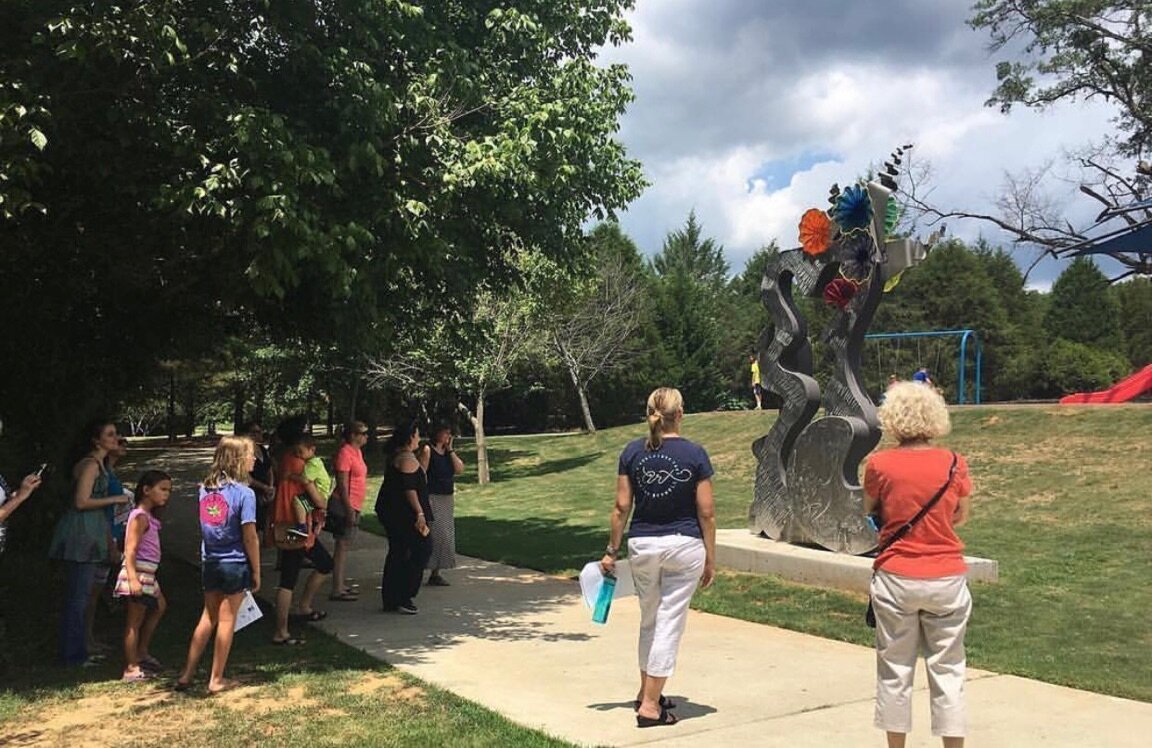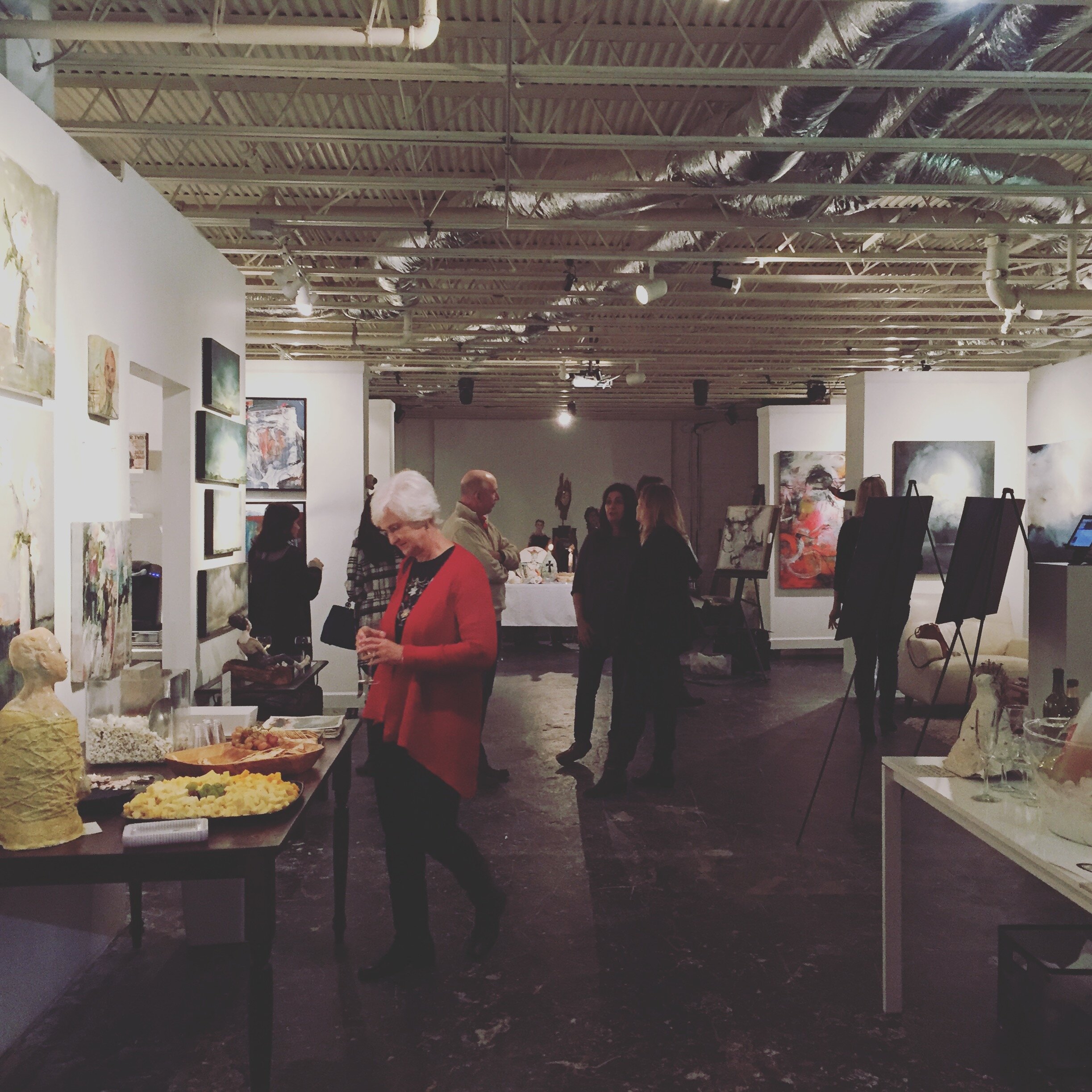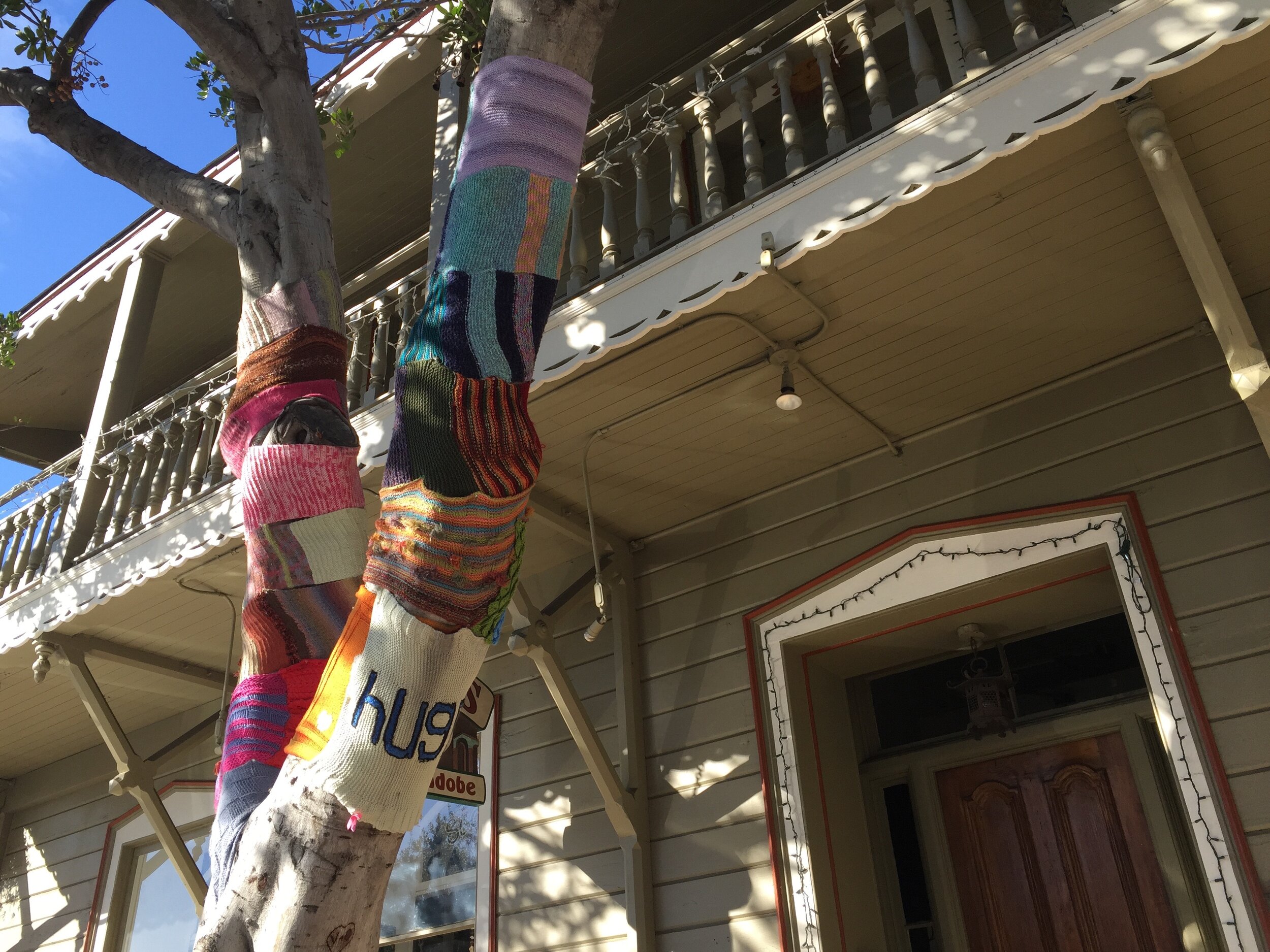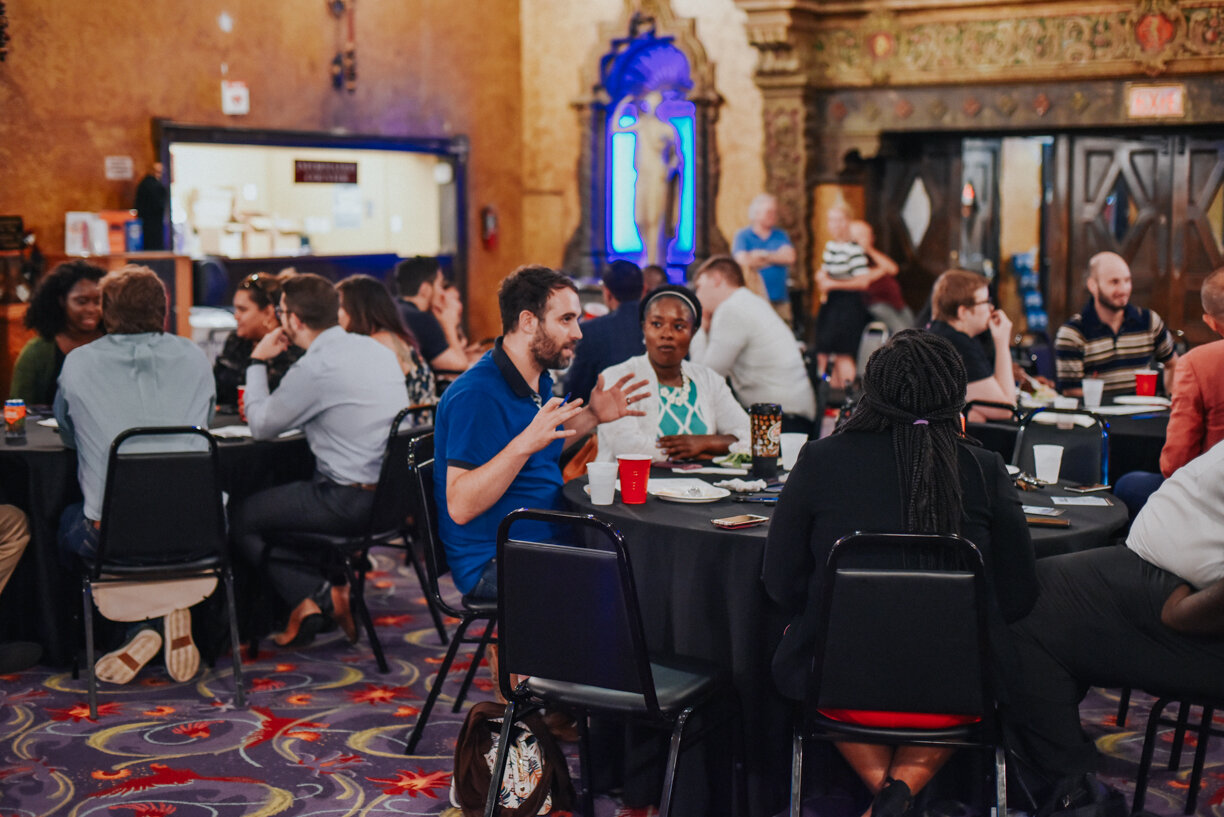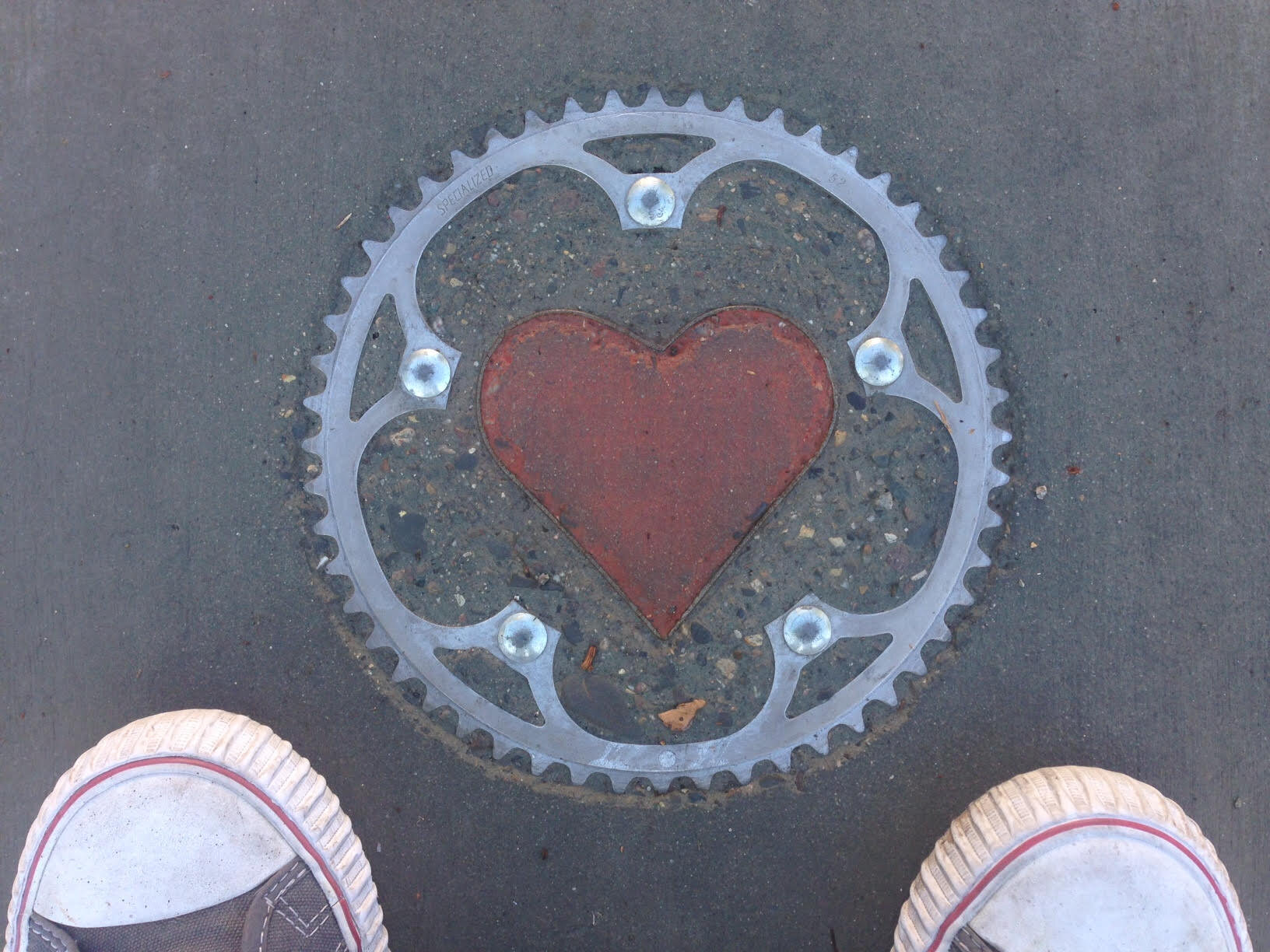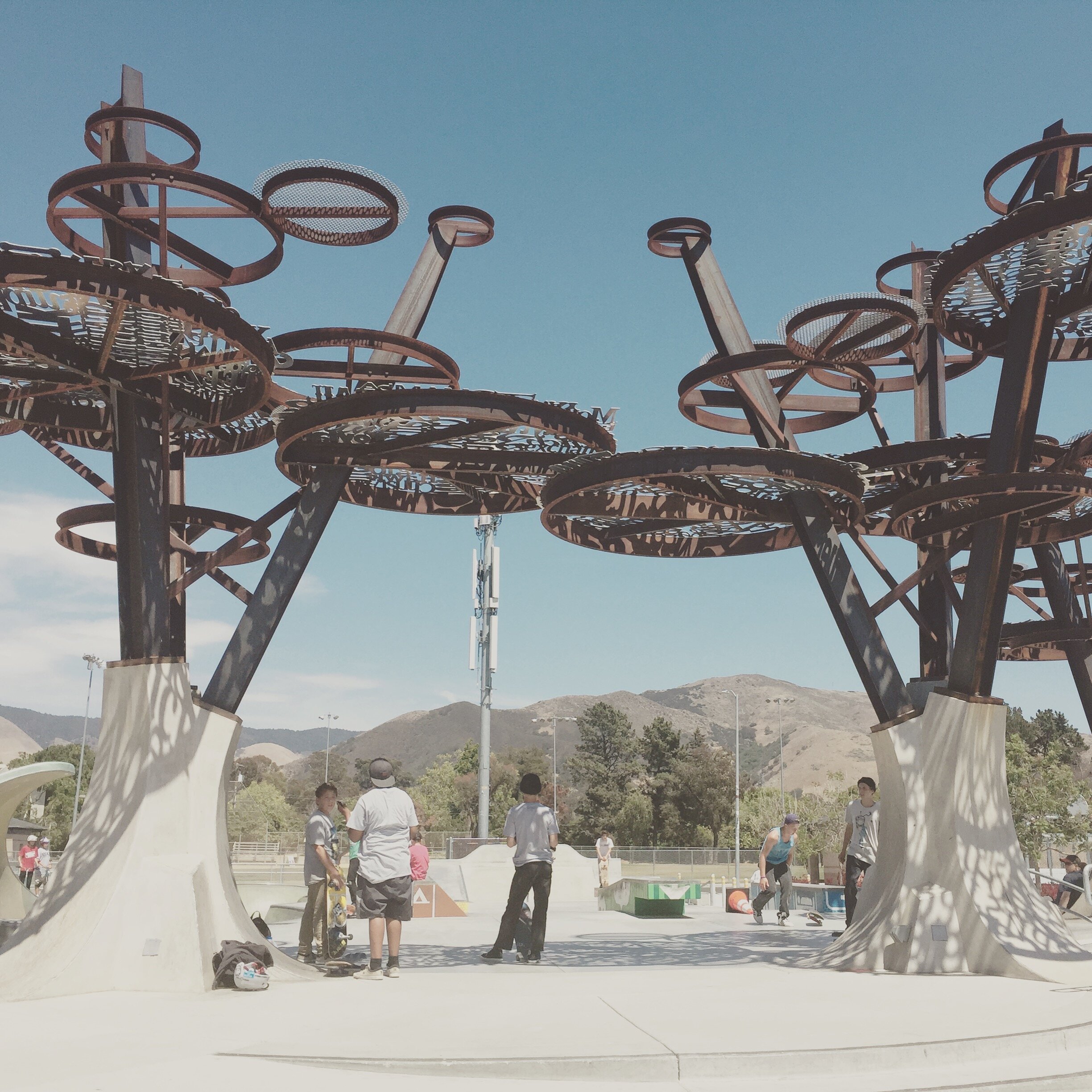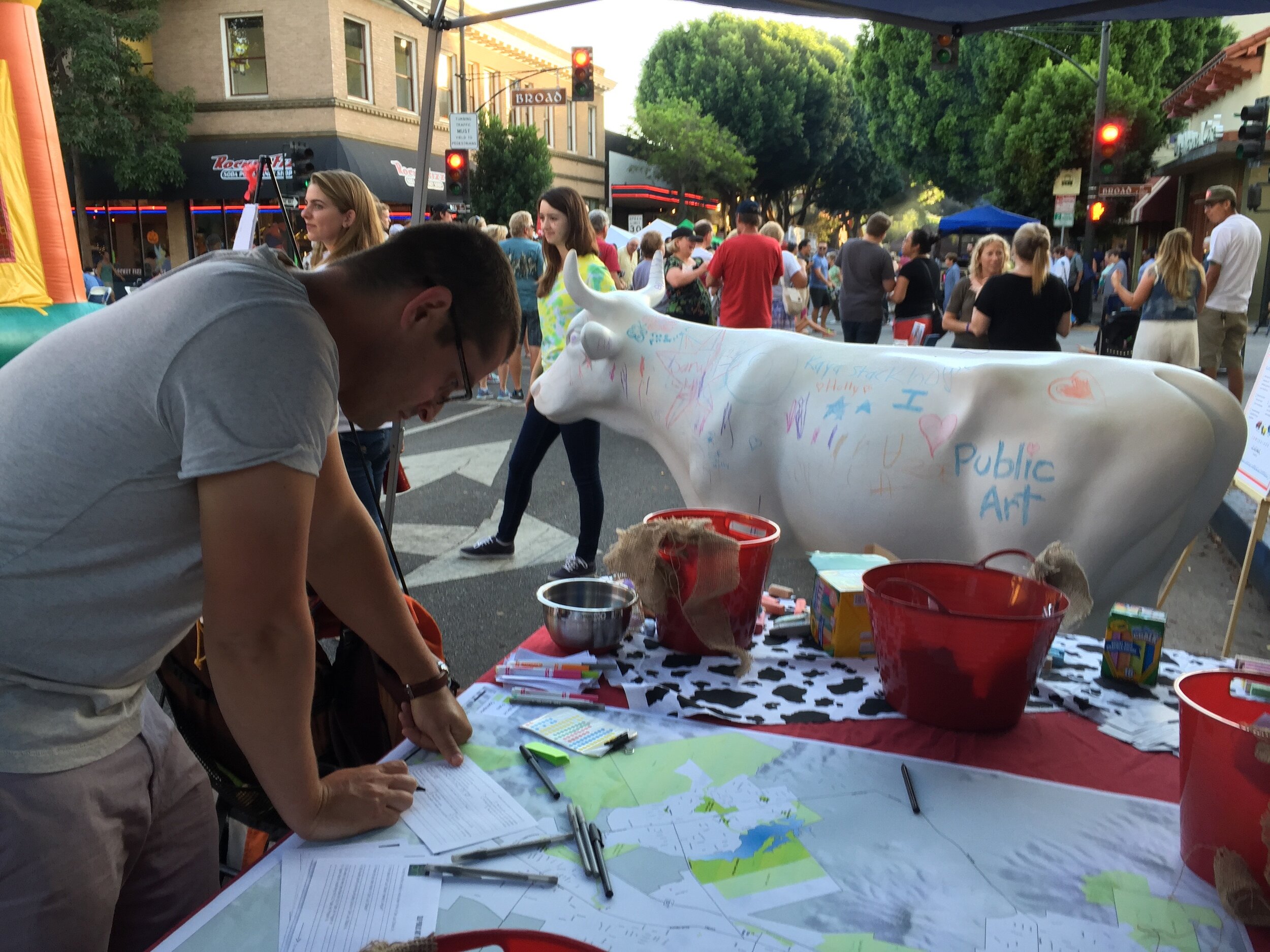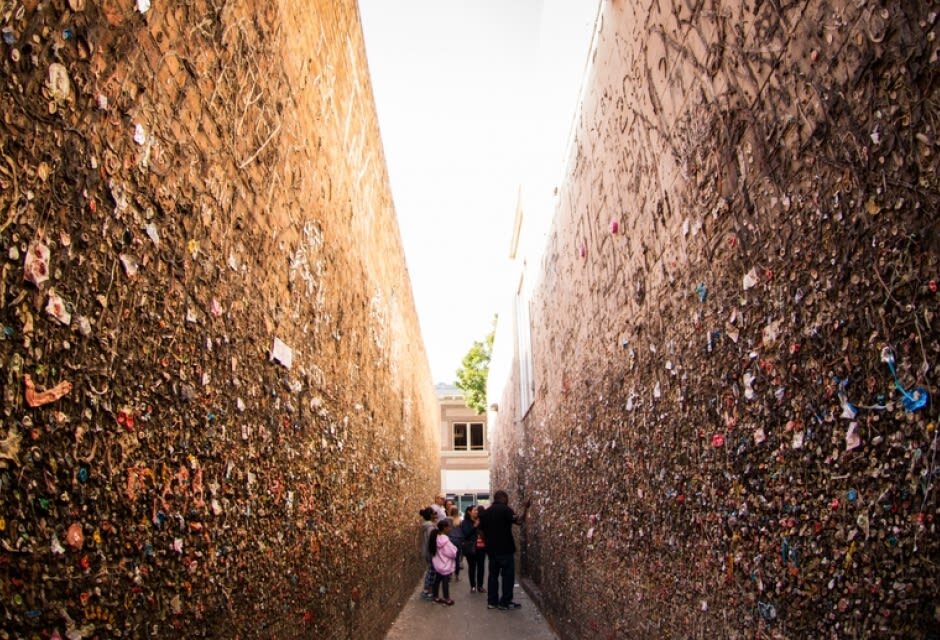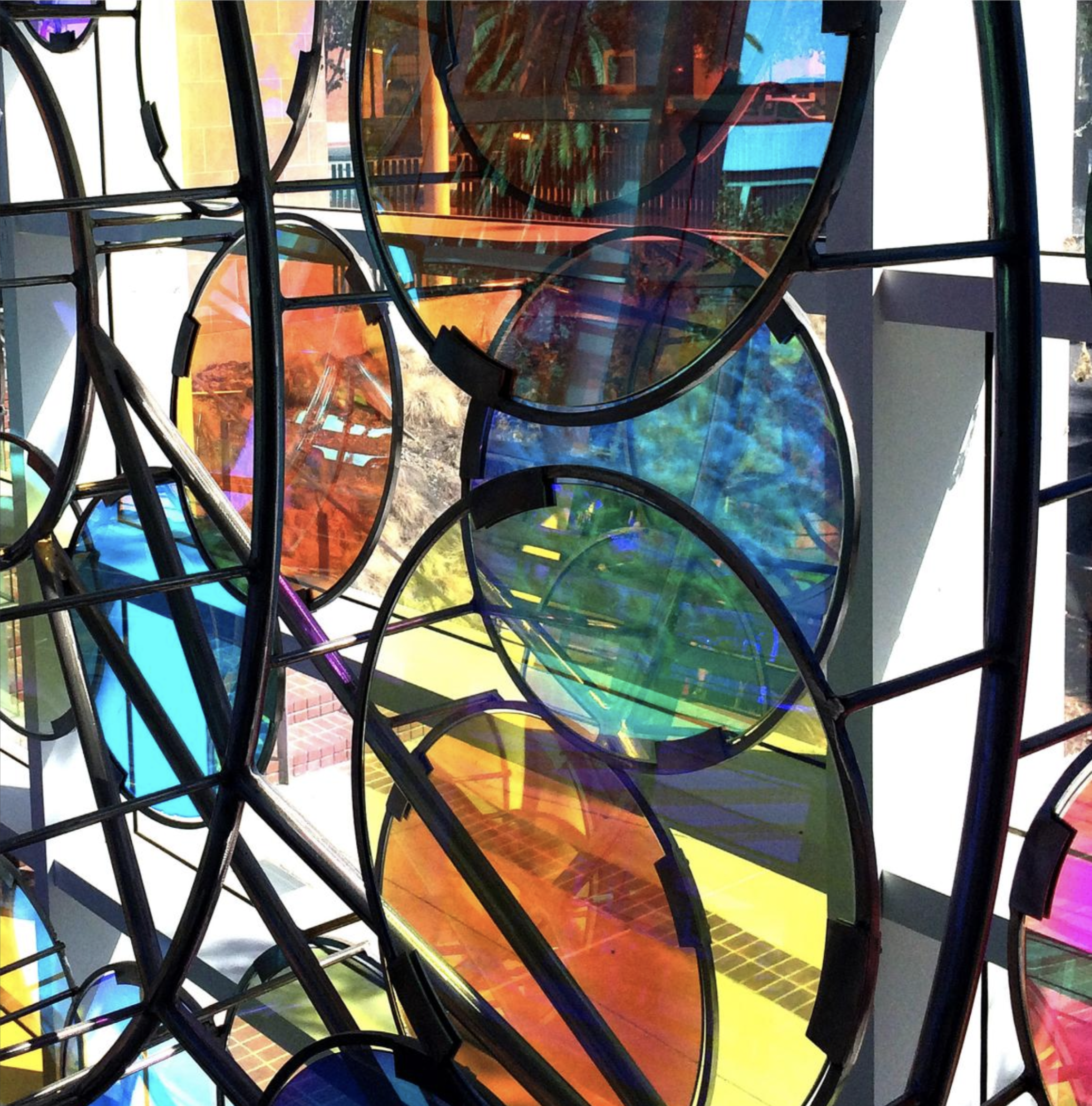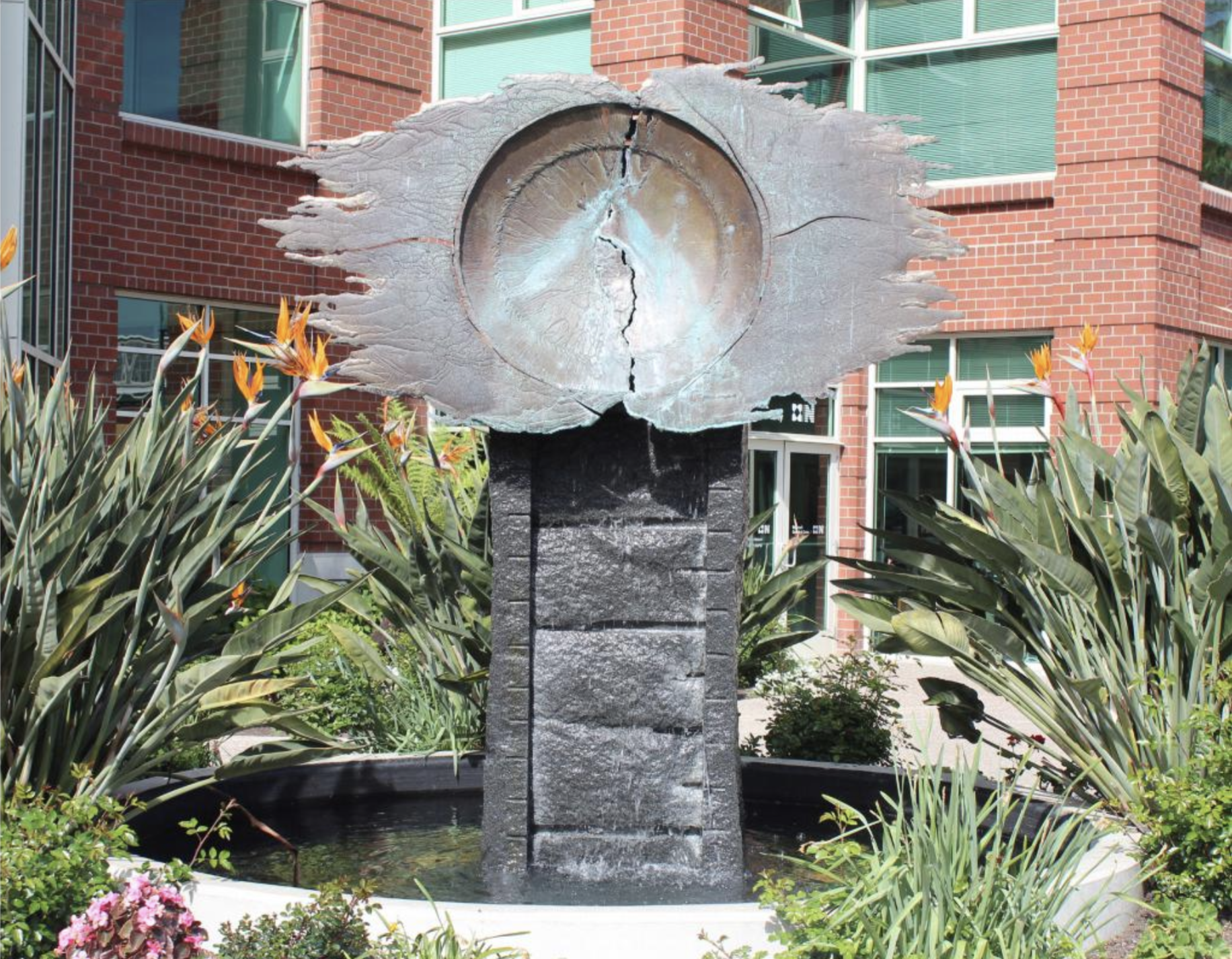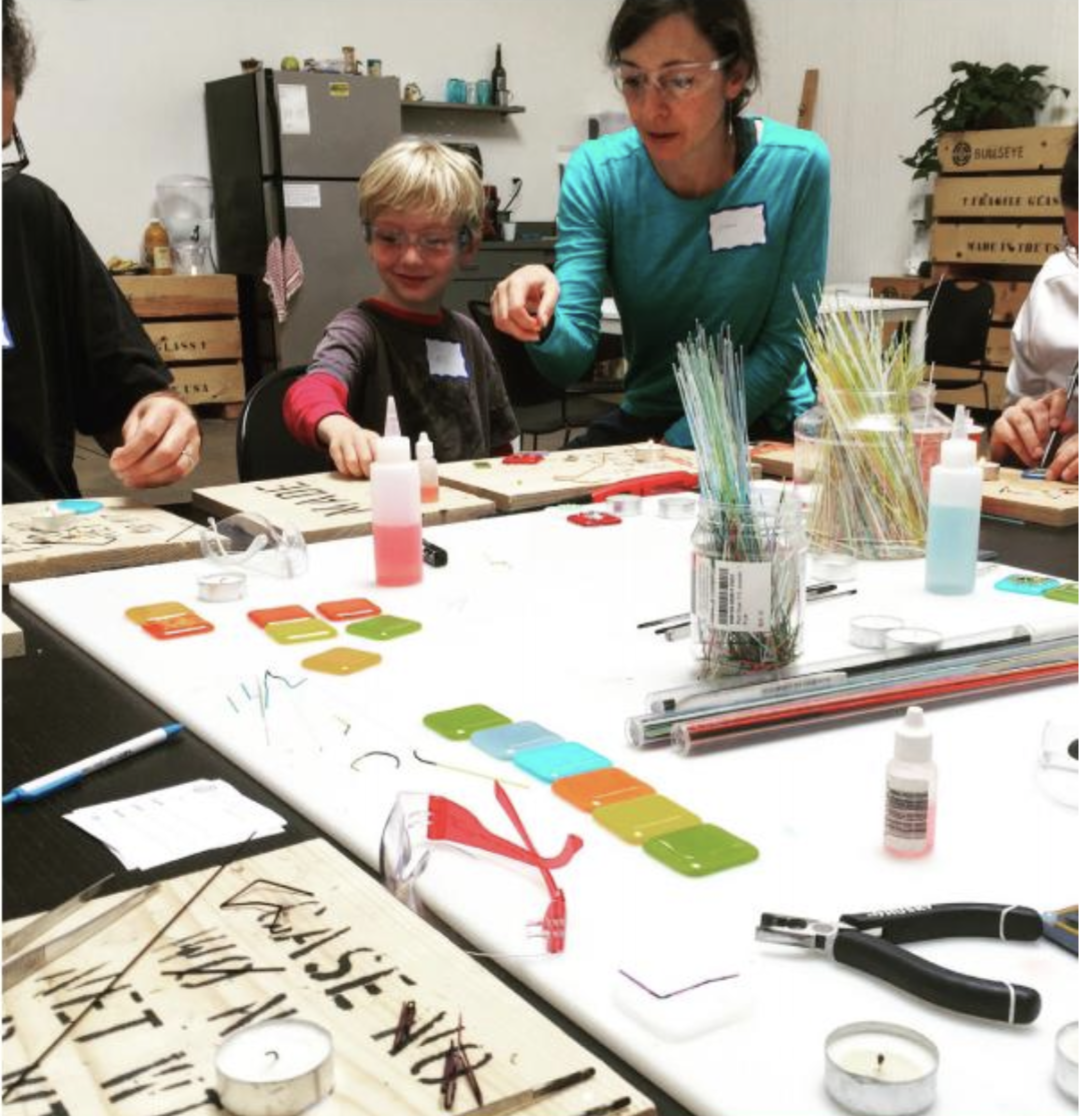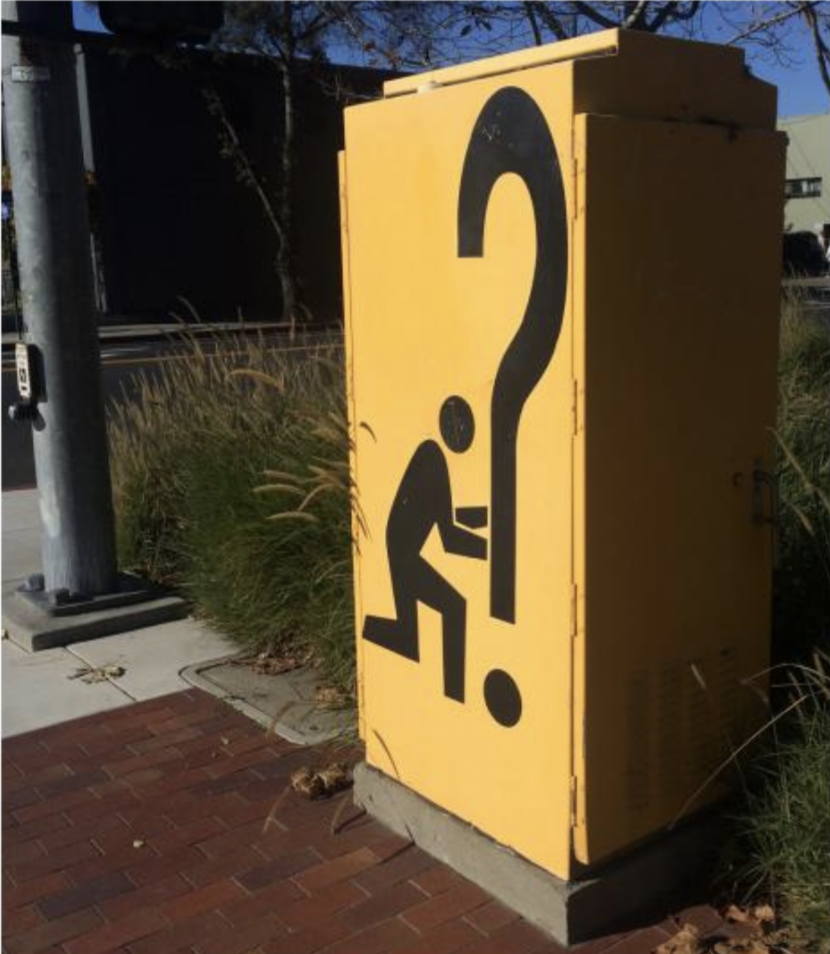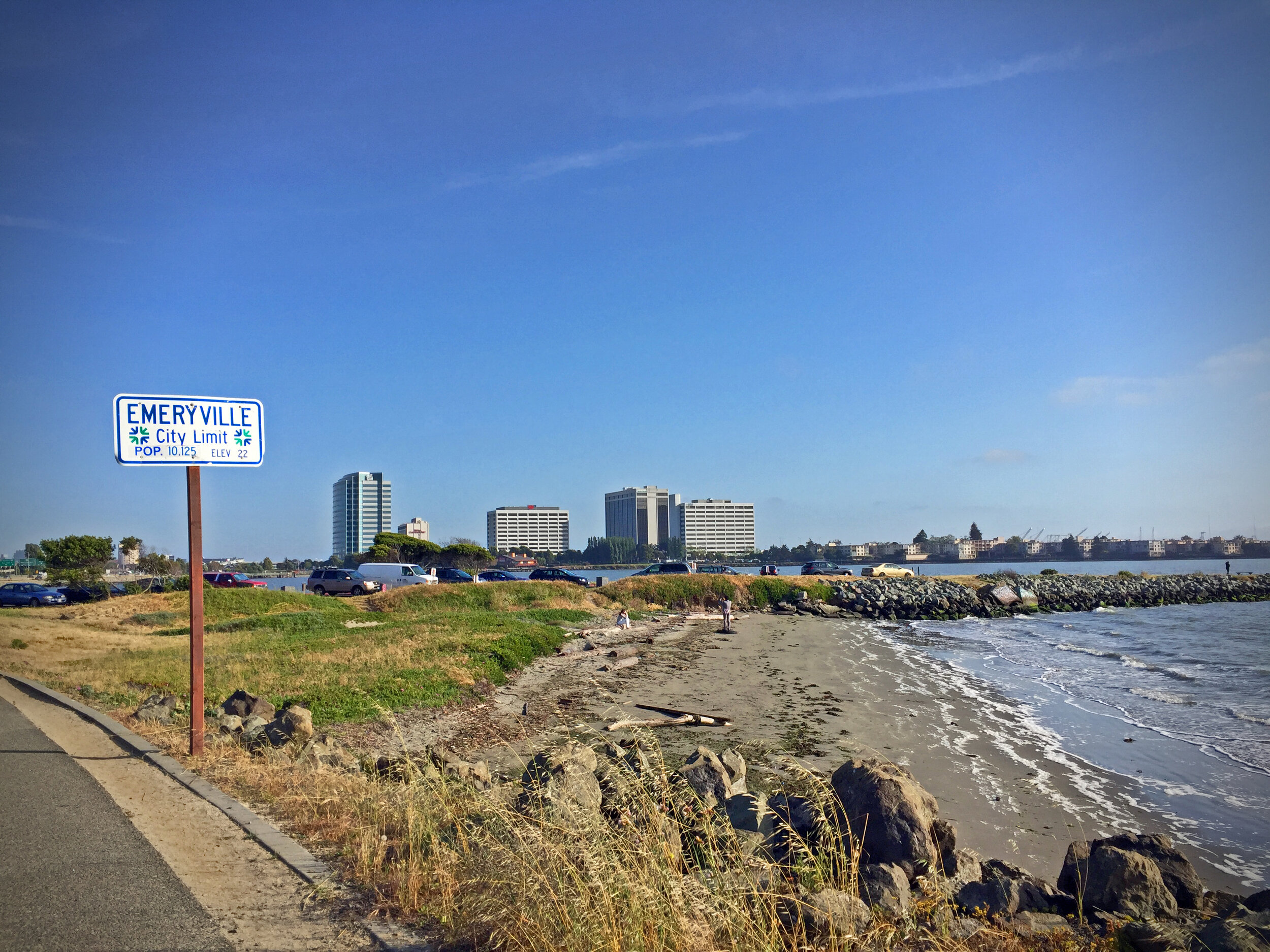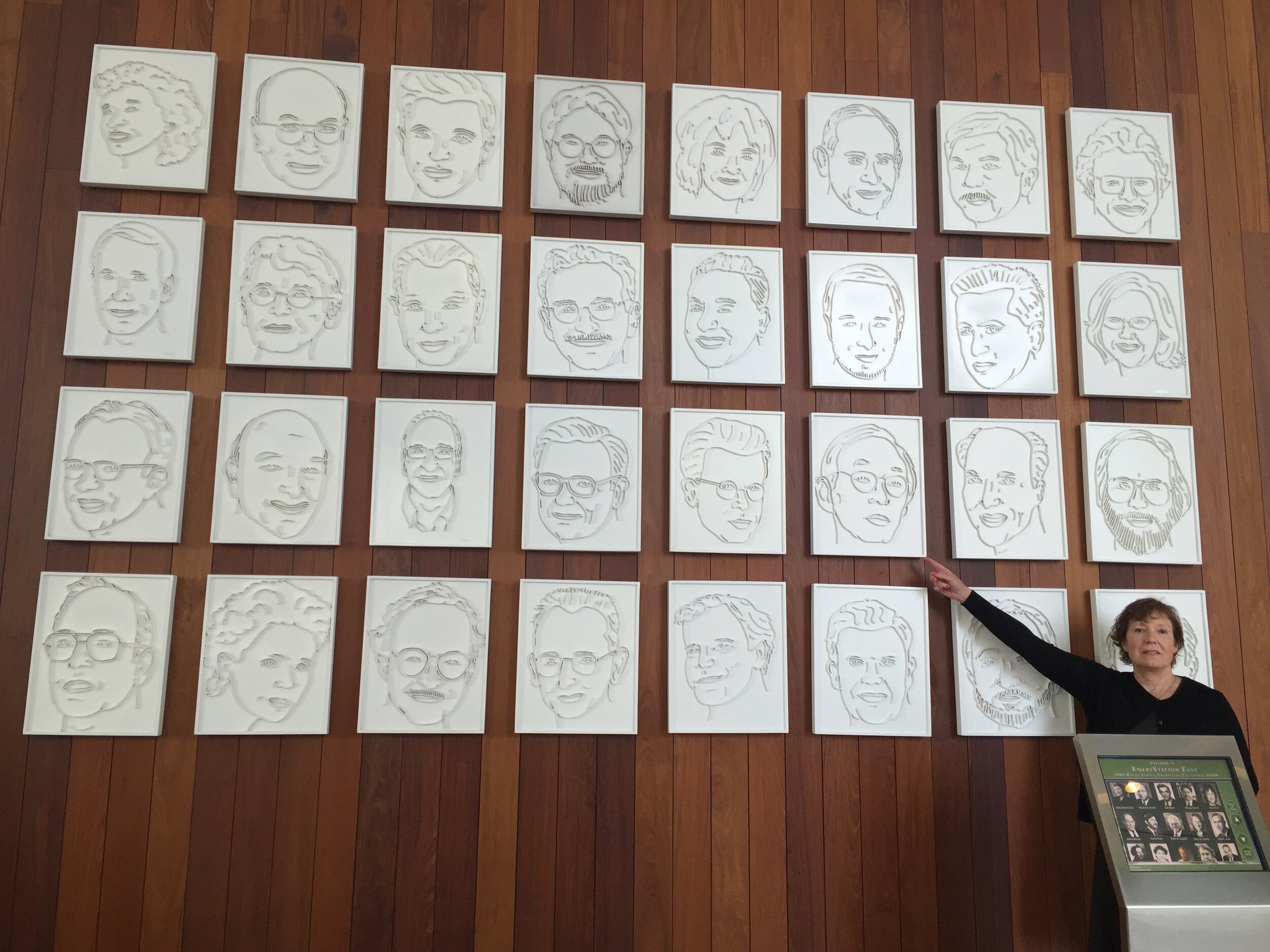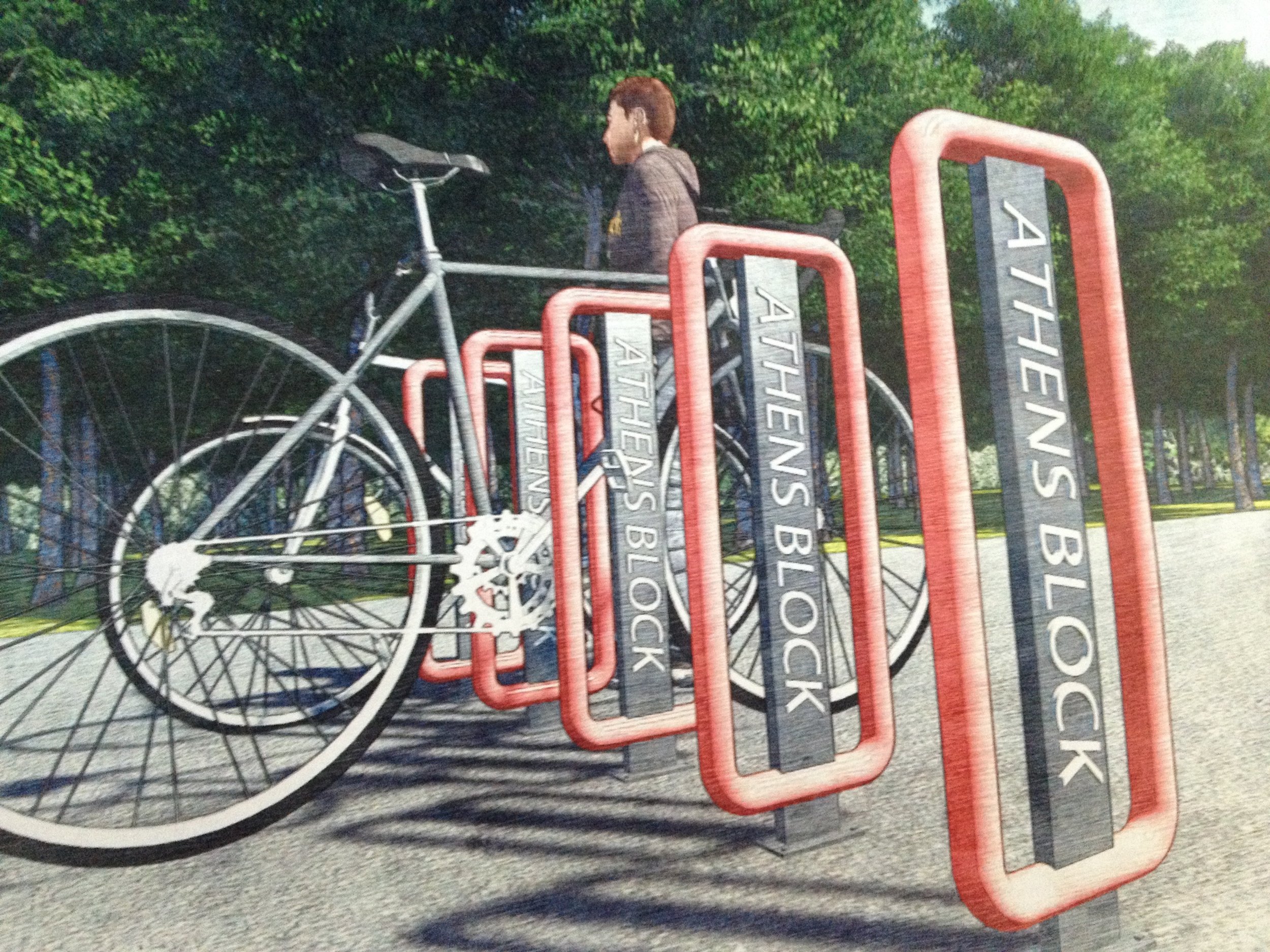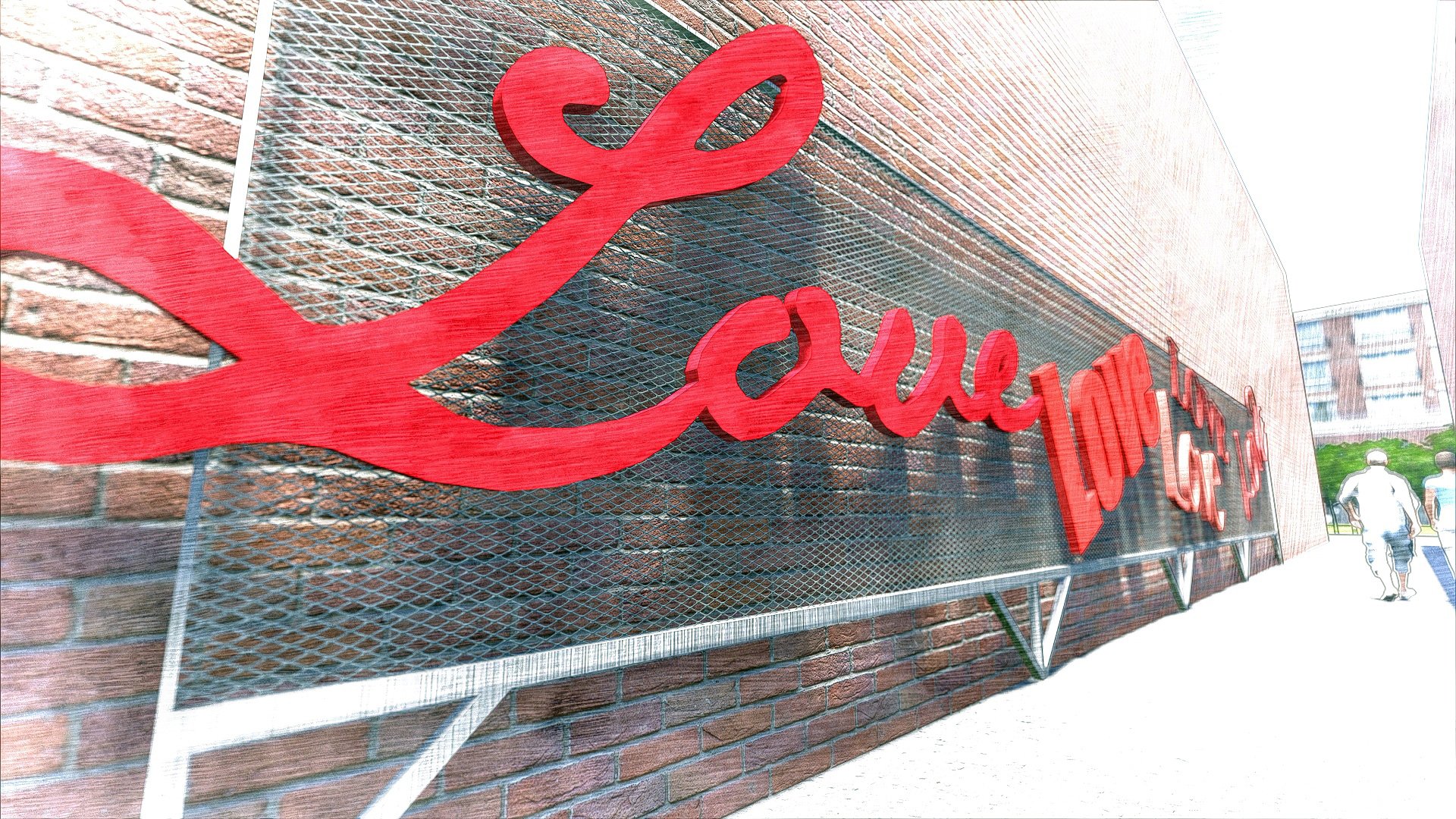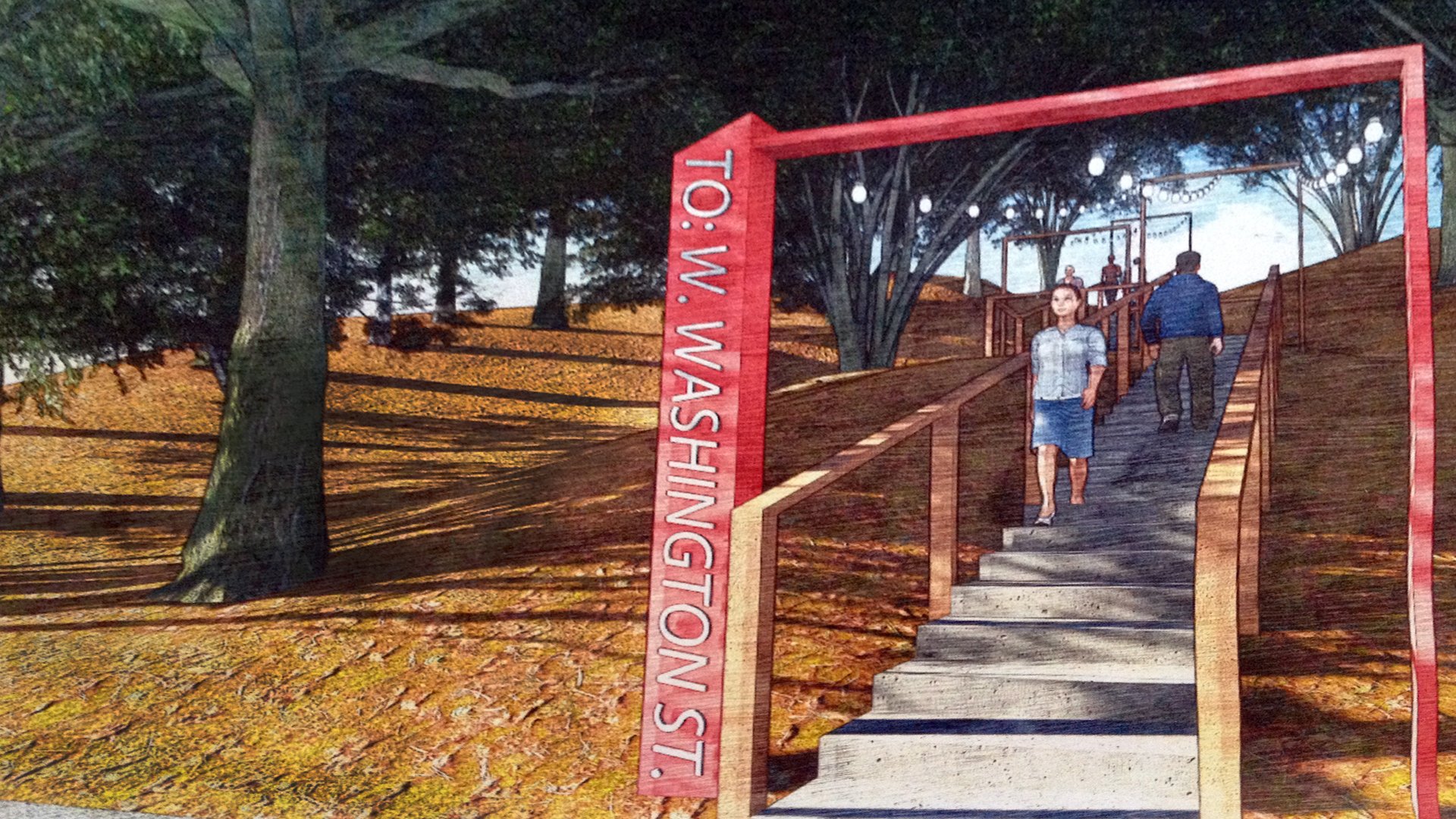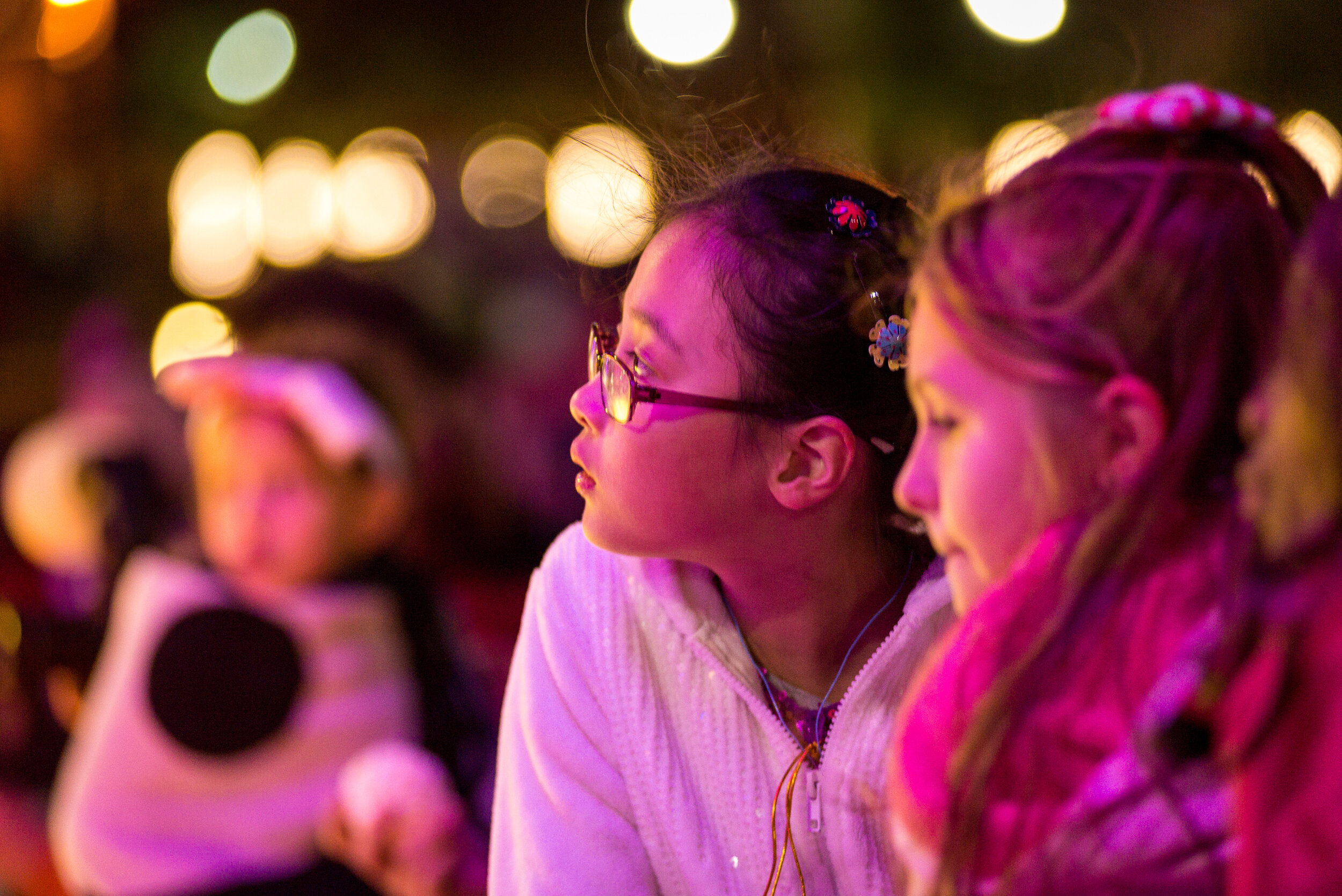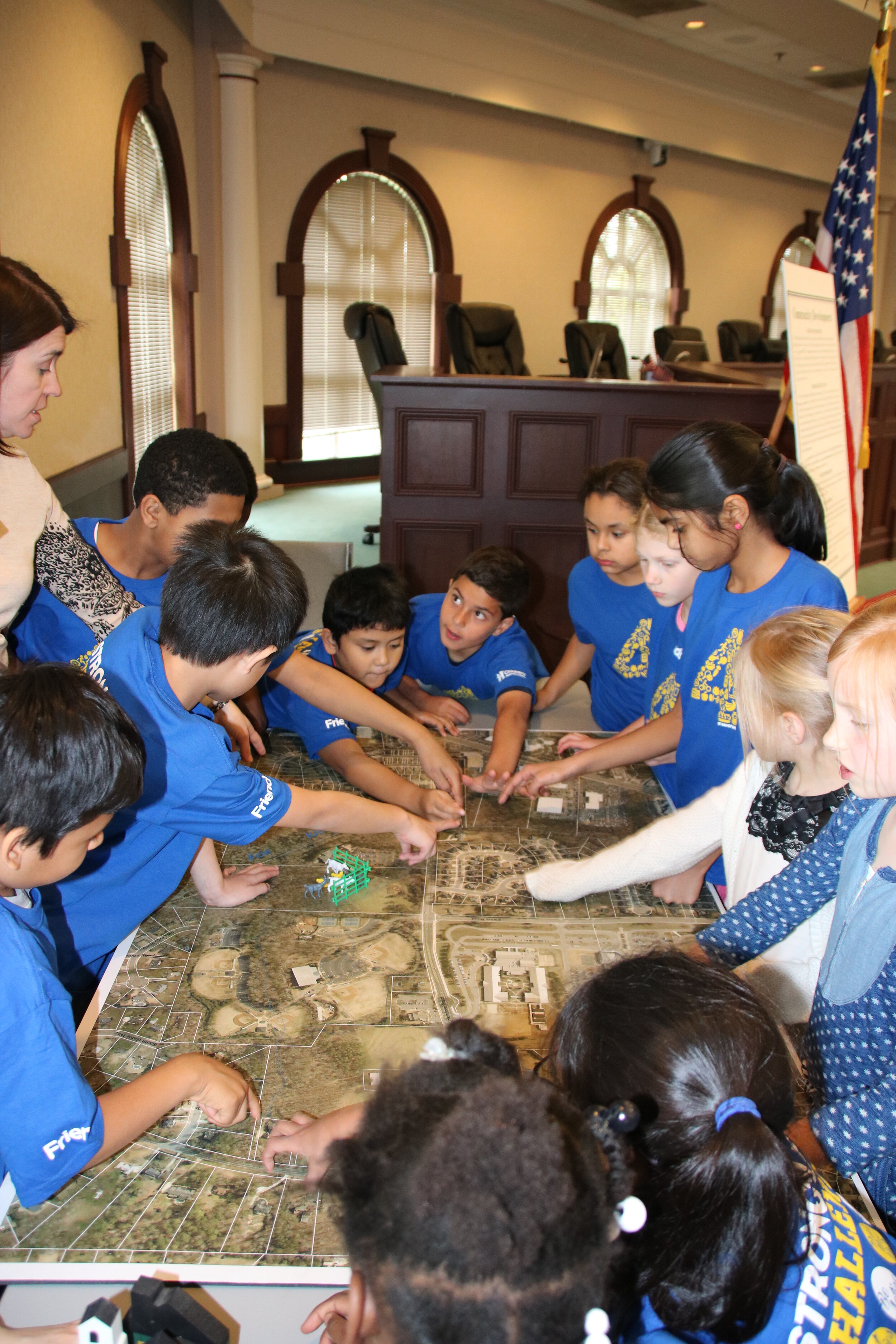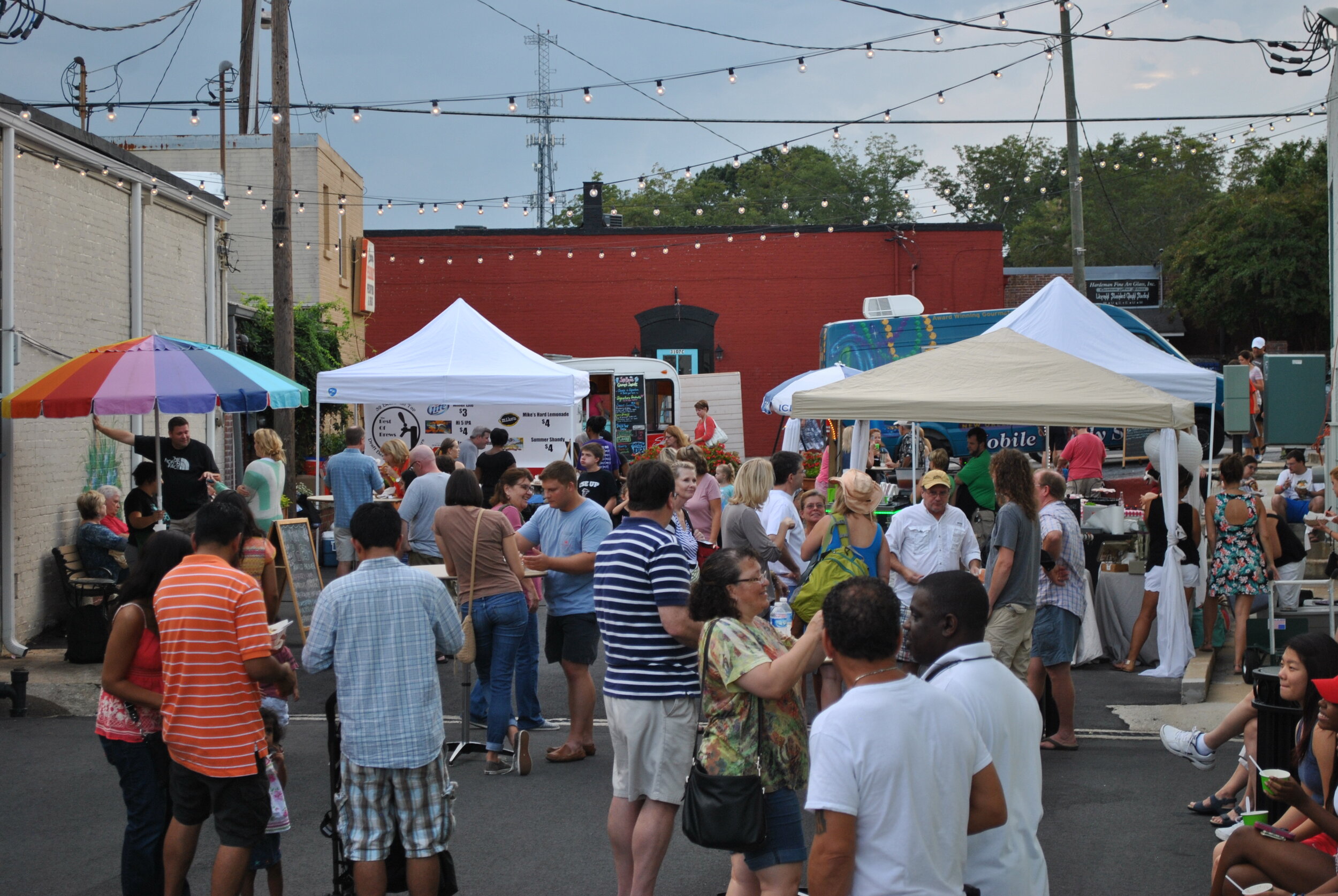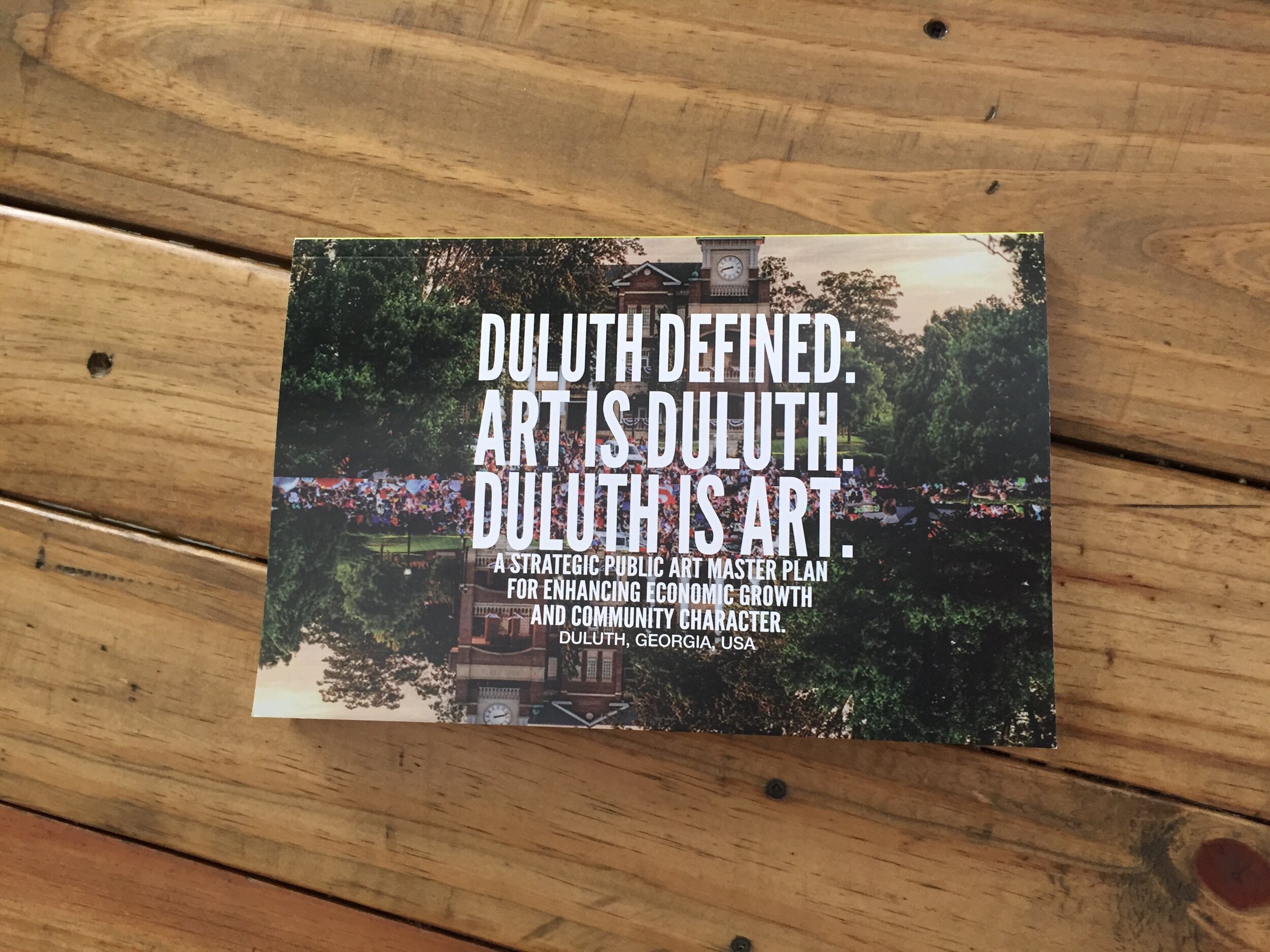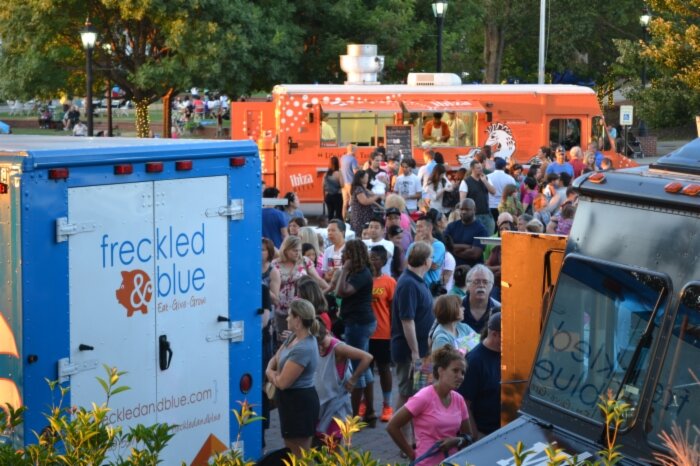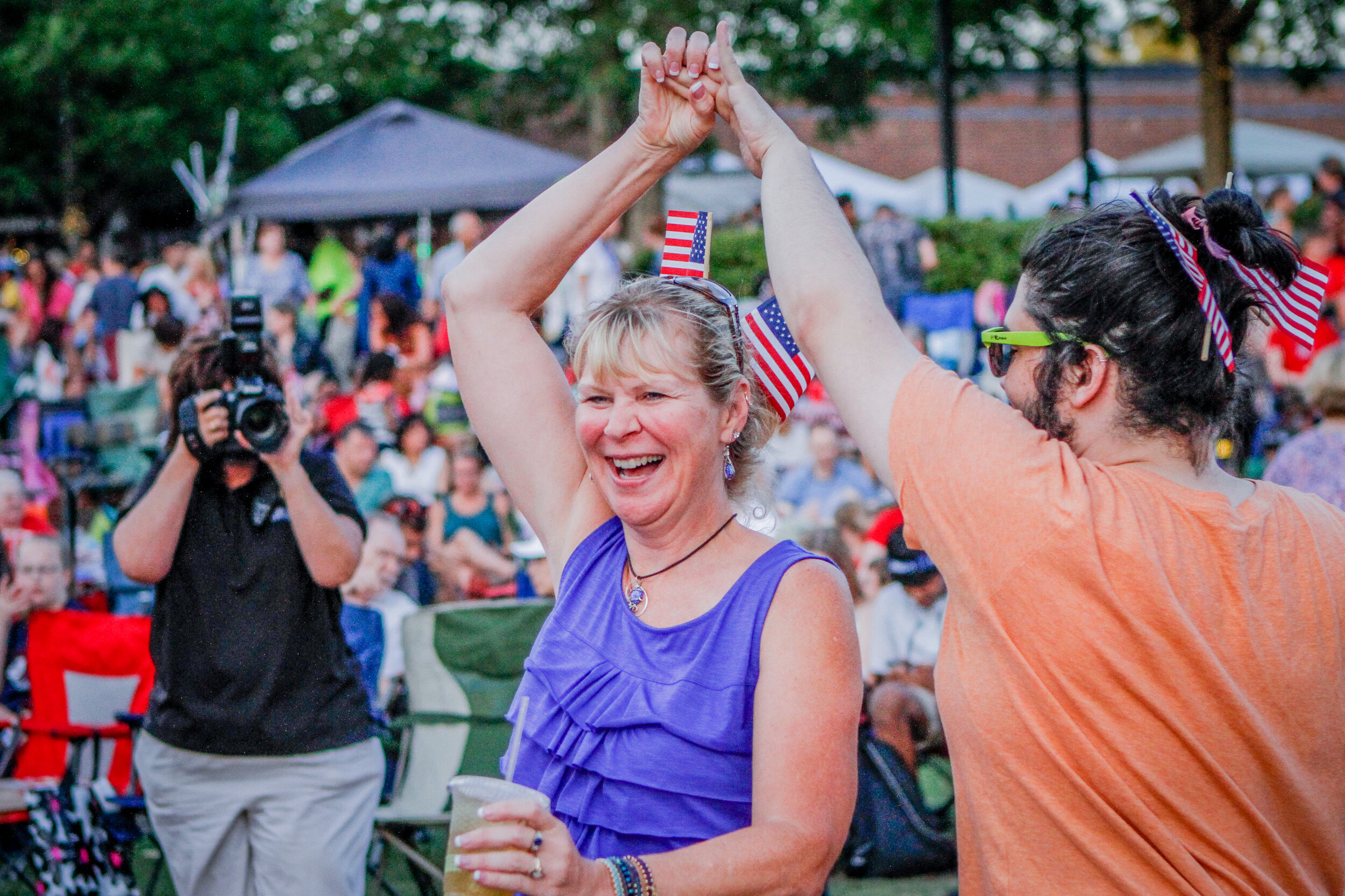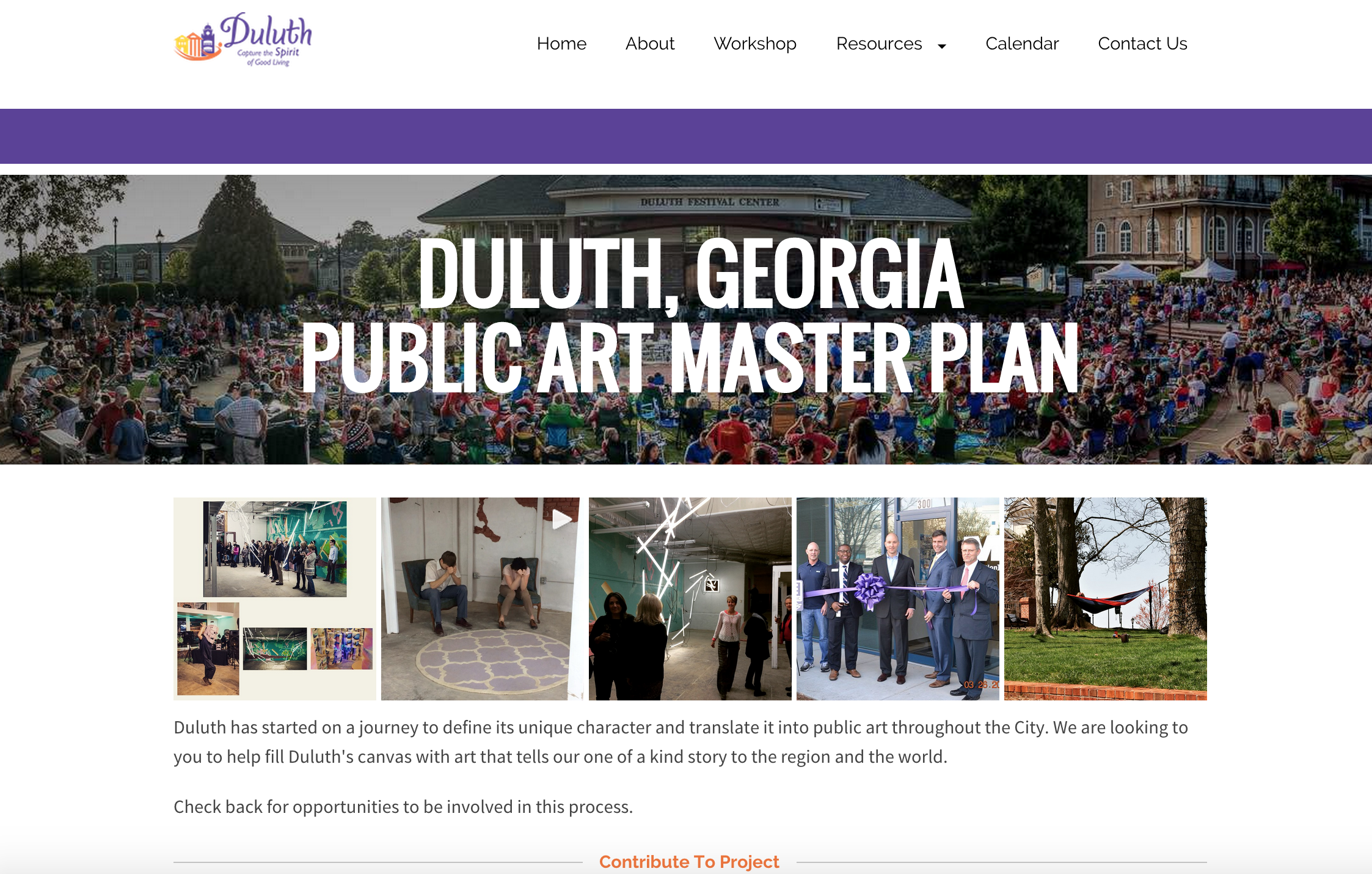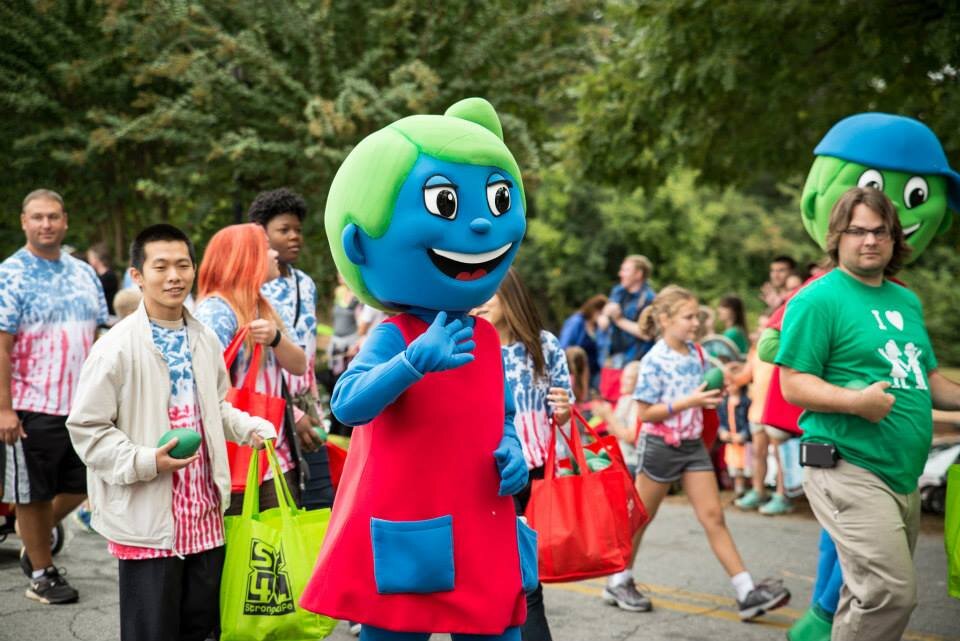Port St. Lucie Art in Public Places Master Plan
Port St. Lucie, Florida
WHY
The City of Port St. Lucie is dedicated to creating a more livable, beautiful community and looked to public art as a means to accomplishing this. The city created an Art in Public Places program through A Percent for Art in Private Development funding, and created a Public Art Board to review projects. The next step for the city was to create an Art in Public Places Master Plan to guide program implementation.
HOW
It is hard to believe that our first large-scale public engagement event for the plan was the first city event canceled due to COVID-19 back in March 2020! Designing Local was able to transition to digital engagement and, thanks to the public’s enthusiasm for more public art in Port St. Lucie, got feedback from nearly 1,000 residents.
WHAT
The Art in Public Places Master Plan lays out a vision for the future of public art in Port St. Lucie, which is now on track to develop a world-class public art program. Designing Local has continued to provide art implementation for the last 2 years.
Germantown Public Art Master Plan
Germantown, Tennessee
WHY
The City of Germantown has a strong history of commitment to the arts, with a 28-year investment in the renowned Germantown Performing Arts Center. The city was committed to developing a strong public art program to accompany its performing arts program, housed within the Performing Arts Center under the advisement of the Public Arts Commission. The City was awarded an Our Town Grant from the National Endowment for the Arts to develop a Public Art Master Plan in 2019.
HOW
Work began on the plan in December of 2019. In March of 2020, the team was poised to launch a public engagement cart that would appear at all of the festivals and events throughout the spring and summer season. Within one week of launch, however, the COVID-19 pandemic forced the cancellation of in-person events. The team shifted immediately into engaging the community in a socially distant, creative, and safe way, by mailing a postcard to every household in the city. The postcard asked each family member to consider what makes Germantown special. They were asked to select a quality and decorate a heart to display in their window so pedestrians could see it and feel joy and connection. The community participated in full force and used the hearts as a way to celebrate their strength as a community.
WHAT
The Plan was completed in December of 2020. Its development has helped the community identify several specific program goals, such as enhancing community character, pursuing excellence in public art, contributing to community vitality, valuing artists and their process, and using resources wisely.
COLLABORATORS
Cat Pena
AWARDS
APA Tennessee 2020 Outstanding Project/Program/Tool for a Small Jurisdiction
Merriam Community Center Public Art Curation
City of Merriam, Kansas
WHY
City of Merriam voters approved a bond initiative to build a new community center. This new facility was to replace an aging aquatic and community center and feature a variety of amenities, including indoor and outdoor aquatics, fitness and recreation areas, and community gathering space. A key feature of the building design was an outdoor plaza that connected the community center, a parking structure, and a future library. The city formed an advisory panel to select an artist to create public art for the plaza.
HOW
Designing Local developed a process for selecting an artist; the RFQ was received more than 120 responses. The artist advisory panel selected 6 finalists, then unanimously chose Blessing Hancock to design and fabricate the community center’s artwork. Designing Local liaised between the city and Blessing during the fabrication stage.
WHAT
Blessing’s artwork was installed in December 2020.
Sandy Springs Art in Public Places Plan
Sandy Springs, Georgia
WHY
Sandy Springs is known as a corporate hub near Metro Atlanta with a saturation of small, medium, and Fortune 500 corporations and a popular residential community. After impressive investments in the social and physical fabric of their city, leaders and partners dedicated themselves to advancing the arts in Sandy Springs through an Art in Public Places Plan and the establishment of an Art in Public Places Program.
HOW
Designing Local coordinated a public engagement process and developed a public art master plan with key recommendations for the city’s new Art in Public Places Program.
WHAT
The Sandy Springs Art in Public Places Plan outlines many opportunities for public art in Sandy Springs and creates a framework to ensure that art is integrated into future public and private sector development projects.
Art for All Public Art Master Plan
Fort Wayne, Indiana
WHY
The City of Fort Wayne, Indiana recently adopted an ordinance requiring any private development receiving TIF incentives to contribute 1% of the project fee to the City of Fort Wayne’s Public Art Fund. In an effort to invest these dollars responsibly, the city set out to create a Public Art Master Plan. The plan would direct spending to high-priority projects in downtown and neighborhoods, and outline the infrastructure necessary to create a robust public art program.
HOW
Designing Local held more than 100 stakeholder interviews to kick off the plan’s discovery phase, and hosted a Public Art Pecha Kucha event to initiate the planning process. Six local artists and a nationally recognized curator spoke about the power of public art to a standing-room audience of 250 people. The team hosted a series of meetings titled ‘Public Art Popsicle Pop-Up on a Parklet’ to co-create big ideas for public art in the community. We also developed a custom map program through which participants could select where public art should go, where special stories happen, and where public art currently exists.
WHAT
Through the development of sound policy and an implementation framework, the Fort Wayne Public Art Master Plan offers the city an opportunity to create public art that is uniquely Fort Wayne.
Downtown Douglasville Public Art Master Plan
Douglasville, Georgia
WHY
The City of Douglasville has determined that its future will be one with public art at its center — both physically, in the core area of downtown, and also at the core of its community identity. The Downtown Douglasville Public Art Master Plan laid out a vision for public art in the city’s center, along with strategies to expand that vision throughout the entire Douglasville community.
HOW
Designing Local created a strategy for the growth of public art in Douglasville, in ways that are transformational, adventurous, and embody the spirit of the city and its residents.
WHAT
The Downtown Douglasville Public Art Master Plan is just the first step. Its execution ensures that Douglasville remains a leader in the region and signals to residents, visitors, and artists that Douglasville is a hub of arts and culture in West Georgia. With a storied past and a strong vision for the future, great things are in store for Douglasville.
Chamblee Arts Master Plan
Chamblee, Georgia
WHY
Chamblee, a small Dekalb City wedged between Doraville and Brookhaven in metro Atlanta, is home to innovators, business owners, entrepreneurs, artists, and community members who envisioned more creativity in the public realm. Public Art provides a unique opportunity to elevate Chamblee’s identity as a unique community that cares about investment in arts and culture.
HOW
Informed by the initial stakeholder interviews, a series of focus groups were held with local artists and arts leaders, as well as with residents and business owners, A series of community events were held to gather information about the public’s vision for the arts in Chamblee. The Arts Master Plan outlines future investment in the arts, as the arts will play a major role in maintaining Chamblee’s authenticity while celebrating its future as an inclusive and culturally vibrant place in which everyone can find a place to belong.
WHAT
This plan was designed to be organic - it will evolve as the City grows and changes. The investments made as a result of this plan will vary in size and scale, but a throughline of intentionality will run throughout. In the City of Chamblee investments in the arts will follow the guidelines outlined in Arts Plan document, ensuring a future where arts and culture reflect the people and their future focused, clear-eyed vision of livability, prosperity, and access.
Pinellas Park Public Art Plan
Pinellas Park, Florida
WHY
As the physical heart of Pinellas County, the City of Pinellas Park has grown into a uniquely open, accessible community. There were great opportunities to enhance the community’s identity with residents and neighbors in the region. A key priority of the public art programming in Pinellas Park was to help create an ecosystem of artists, creatives, performers, and consumers. Past efforts have encouraged artists to locate within the Arts Village, creating opportunities for artists to showcase their art and patrons to enjoy and purchase it. The public art program was needed to help expand the art ecosystem in the city by creating new opportunities for artists and visitors to experience art.
HOW
Focusing on the future was a key perspective of the planning team. The plan was not created just for today but also creates an impactful, sustainable public art program for the future. This program was developed to outlast those involved in this process in order to create solid deliverables for years to come. The community engagement efforts that were undertaken as part of the planning process were key to developing not only the vision and priorities for public art, but also the ideas that will help ensure public art becomes a beacon for residents and visitors in Pinellas Park. Engagement efforts included a large-scale survey, as well as in-person engagement at a number of events.
WHAT
The foundation of the Pinellas Park Public Art Plan rests on four pillars: community engagement, stakeholder feedback, best practices, and a forward focus. Step by step, the City of Pinellas Park will be able to formalize, initiate, and fund a public art program that will have a lasting impact on the city. The program is governed by transparent procedures that ensure it is efficient and effective. A variety of funding mechanisms to ensure program sustainability were also presented.
Sandusky Public Art & Placemaking Plan
Sandusky, Ohio
WHY
The City of Sandusky is a hidden gem that is seeing significant new investment and cutting-edge planning. Sensing an opportunity to increase attachment to place and draw new tourists, city leaders passed a public art ordinance in January 2018 that guarantees funding for public art through a 1% allocation of their general fund. To ensure they invested the newly earmarked public art dollars responsibly, the city set out to develop a Public Art and Placemaking Plan. The plan directs spending to high-priority projects and creates the infrastructure necessary to administer a robust public art program.
HOW
Designing Local organized a public art popsicle pop-up to kick off the planning process, at which participants were asked their vision for public art in the city and to think about potential transformative projects. The team hosted several additional meetings to co-create ideas for the City’s first projects. In addition to developing placemaking strategies, the team trained Sandusky’s newly formed Public Art and Cultural Commission on procurement processes for public art, collection management and maintenance, and donations.
WHAT
The Sandusky Public Art and Placemaking Plan inspires elected officials to create public art strategies that are uniquely Sandusky. With an efficient and effective process for public art, the city now has the tools to ensure a successful program well into the future.
Frisco Public Art Master Plan Update
City of Frisco, Texas
WHY
In 2002, the City of Frisco developed a public art program at a pivotal moment in its history. With a population of just over 50,000 residents and a unique position in the North Texas Region, the city was poised for explosive growth, culminating with an anticipated population of just over 350,000 by 2035. In 2004, the city adopted a Public Art Master Plan and, since then, commissioned more than 75 pieces totaling $4+ million. In 2018, Frisco sought to update its Public Art Master Plan to include strategies for managing its burgeoning collection.
HOW
Designing Local evaluated the city’s collection and conducted public engagement sessions to formulate recommendations for an updated plan.
WHAT
The Frisco Public Art Master Plan Update was adopted in August 2018, providing the city a roadmap to integrating thoughtfully curated public artworks into their capital projects through 2023. With a Collection Management Policy in place, the city can better care for its current collection as it adds new pieces.
Montpelier Public Art Master Plan
Montpelier, Vermont
WHY
When the City of Montpelier, Vermont began collaborating with a private developer for a redevelopment project, they wanted to pursue an innovative approach. The project, supported by local, state, and federal funds, was Montpelier’s largest private-to-public development in 30 years. One Taylor Street, which is being called the new gateway to Montpelier, has catalyzed other design and community development projects. The city was awarded an Our Town grant from the National Endowment for the Arts to express community values and vision through public art at One Taylor Street.
HOW
The centerpiece of the planning process was a series of five creative visioning workshops led by teaching artists from different disciplines. These hands-on workshops were led by community members to express their vision for how art can enhance community and sense of place. Each workshop was capped off by a public event to exhibit the creative visioning works, with audience reflection time to gather input for the master plan.
WHAT
The creative visioning workshops culminated in a Master Plan and the installation of Montpelier’s first major city-funded public art work. The artwork — done by a Vermont artist and selected by a jury — was installed at the One Taylor Street Redevelopment Project in 2019.
Art on High Strategic Plan & Artist Selection
Columbus, Ohio
WHY
In 2010, the City of Columbus, Ohio dedicated $25 million to the High Street Streetscape Project, which will transform North High Street through the Short North Arts District and the southern University District — one of the busiest corridors in Columbus. The streetscape improvements will create a safer, more walkable, and more inclusive neighborhood by burying overhead utilities, increasing sidewalk widths, standardizing streetscape elements, upgrading lighting, adding marked crosswalks, improving stormwater management, and adding new street trees. Two percent of the total streetscape budget has been dedicated to an investment in public art.
HOW
Designing Local advised the City of Columbus as it planned for its public art investment, and managed a team of three consultants. Through extensive public engagement and a thorough understanding of the current and future built environment, Designing Local selected eight locations at which to site public art along a two-mile stretch of North High Street. Each location was vetted by the Columbus Department of Public Service and the design team to ensure it would be suitable for public art.
WHAT
The Art on High Strategic Plan provided a vision for how public art should be featured along the corridor, and how this initial investment could be used to catalyze future such investment. In addition, the team conducted three public meetings, monthly walkabouts, and extensive stakeholder interviews to determine what the community would like to see on the site. Designing Local then managed a call for artists and jury process, from which artist Mark Reigelman was selected. His ‘Makers Monument’ was installed in July 2021.
Los Altos Public Art Master Plan
Los Altos, California
WHY
For more than 25 years, the City of Los Altos, in the heart of Silicon Valley, has boasted a thriving public art program. As of 2017, their collection featured more than 35 pieces that had either been purchased by the city or were part of the Sculpture on Loan program. The Arts Commission and Council at the time decided a Public Art Master Plan was necessary to further enhance their city’s identity and sense of place.
HOW
Because Los Altos is populated by highly tech-oriented residents, public engagement activities included a project website and an online survey, coupled with an open house and community discussion with a public artist who presented her method for creating site-specific work.
WHAT
The Los Altos Public Art Master Plan focused on developing funding strategies and conceptual projects and programs, as well as public art maintenance and gifting policies.
Roswell Public Art Master Plan
City of Roswell, Georgia
WHY
Roswell, Georgia was at a crossroads. As a historic community in the fast-growing Atlanta region, Roswell was determined to embrace its historic past while showcasing its emerging identity through new development. City leaders here desired a unique process for engaging with residents and businesses that would help build support for public art in the future.
HOW
In Roswell, public engagement took many interesting and unusual forms. It was especially important, given its fractured political environment, to engage and education a representative array of stakeholders. From local breweries — which even concocted a small batch ‘Roswell Arts Fund’ beer — to high school classrooms, the team focused on meeting people where they were. Through this targeted outreach, we were able to ensure that all factions of the community were engaged in and supportive of the final plan.
WHAT
The Roswell Public Art Master Plan was adopted in July of 2017. It focused on two key strategic goals: prioritization of art types and sites, and public education for future policy changes (i.e., a 'percent for the arts’ ordinance).
San Luis Obispo Public Art Master Plan
San Luis Obispo, California
WHY
San Luis Obispo’s vision for public art stems from a long legacy of public art champions and more than 25 years of investment in the arts at a citywide level. In 1990, the city established and funded a public art program by requiring that 1% of the estimated construction cost of eligible projects in the Capital Improvement Plan be set aside for public art. To build upon their strong legacy of public art and cast a vision for the next 25 years, the city decided to seek community input in 2016.
HOW
To kick off the planning process, stakeholders were asked a series of questions about how public art relates to their sense of place, to the overall identity of San Luis Obispo, and to economic growth, business development, education, downtown development, and community engagement. They were then asked to consider where new pieces of public art should go and what types of art they would like to see in their community. They also discussed attributes that make San Luis Obispo stand out among other Central Coast communities, California communities, and the rest of the United States. In addition to the three public meetings, engagement opportunities also took place at an elementary after-school program, during a middle school lunch break, and during regularly scheduled San Luis Obispo High School art classes. An online survey was conducted to capture the ideas of those who were unable to attend the workshops in person.
WHAT
The Public Art Master Plan was adopted by City Council in December 2016. Recommendations from the plan include increasing Art in Public Places funding, developing a full time Public Art Manager position within the Parks and Recreation Department, and developing a maintenance and conservation plan.
Emeryville Public Art Master Plan
Emeryville, California
WHY
Emeryville’s vision to be a city that values art comes from a long legacy of public art champions and a 25-year commitment to investing in the arts at a citywide level. Today the city’s Art in Public Places Program (AiPP) has nearly 70 publicly-owned art works and 230 art installations available to the public in private locations. Both collections are growing as the city continues to commission work and private development extends AiPP’s reach. The Public Art Master Plan of 2016 was intended to define AiPP’s current focus and ensure it resonated with all community stakeholders.
HOW
The planning process included meeting with numerous key stakeholders — council members, local business owners, artists, city staff, architects, and educators — who were asked a series of questions about the importance of public art in Emeryville. Emeryville residents were also invited to participate in a series of workshops where they were asked to consider geographic priorities, what new types of art they would like to see, and how they would like to see the Art in Public Places Program grow. All were asked to consider what values and attributes make Emeryville stand out in a region known for artistic excellence and innovation.
WHAT
The Emeryville Public Art Master Plan was adopted in November 2016. It featured six major goals and strategies, nine conceptual projects, and six conceptual programs.
Essence of Athens
Athens, Ohio
WHY
Athens, Ohio is a forward-thinking town that doesn’t shy away from new ideas. It’s a unique place, tucked in a valley in the Appalachian foothills, but it knows it could be even more special. Community leaders were keen to build upon their assets to keep attracting new residents, tourists, businesses, and Ohio University students. That’s why they came together to discuss how to make Athens a 100% original, ‘uncopyable’ community.
HOW
Community members were asked a simple question: “What is the Essence of Athens?” Their collective answer helped the Designing Athens Committee define specific elements that make Athens an original city. People contributed nearly 500 photos and several essays representing what makes Athens truly special to them. Based on this input, the committee agreed on a framework to guide new civic infrastructure projects, and made suggestions for commercial and residential development.
WHAT
Essence of Athens is a framework for creating Athens-specific civic infrastructure (roads, sidewalks, lights and poles, parking garage, pavers, staircases, community spaces, signs, benches — anything that can be used and seen). The effort has won multiple awards.
COLLABORATORS
MKSK
Duluth Public Art Master Plan
City of Duluth, Georgia
WHY
Duluth, Georgia undertook a journey to announce itself as an arts destination by becoming the first city in the Atlanta region to complete a Public Art Master Planning Process. With an understanding of the competition among Atlanta suburbs for residents and businesses, Duluth forged a new course in defining its character and translating that character into public art.
HOW
With an eye toward inclusive public outreach, the City of Duluth sought extensive public engagement. Designing Local facilitated a series of stakeholder meetings, two rounds of public workshops, and a custom-built online engagement tool that allowed residents to participate in the workshops remotely. Residents were also asked to submit photos using specific hashtags, as a way to encourage participation in the process and support data collection.
WHAT
The Duluth Public Art Master Plan, formally adopted in April 2015, provides an action plan for the city’s public art initiatives, many of which have now been implemented.
